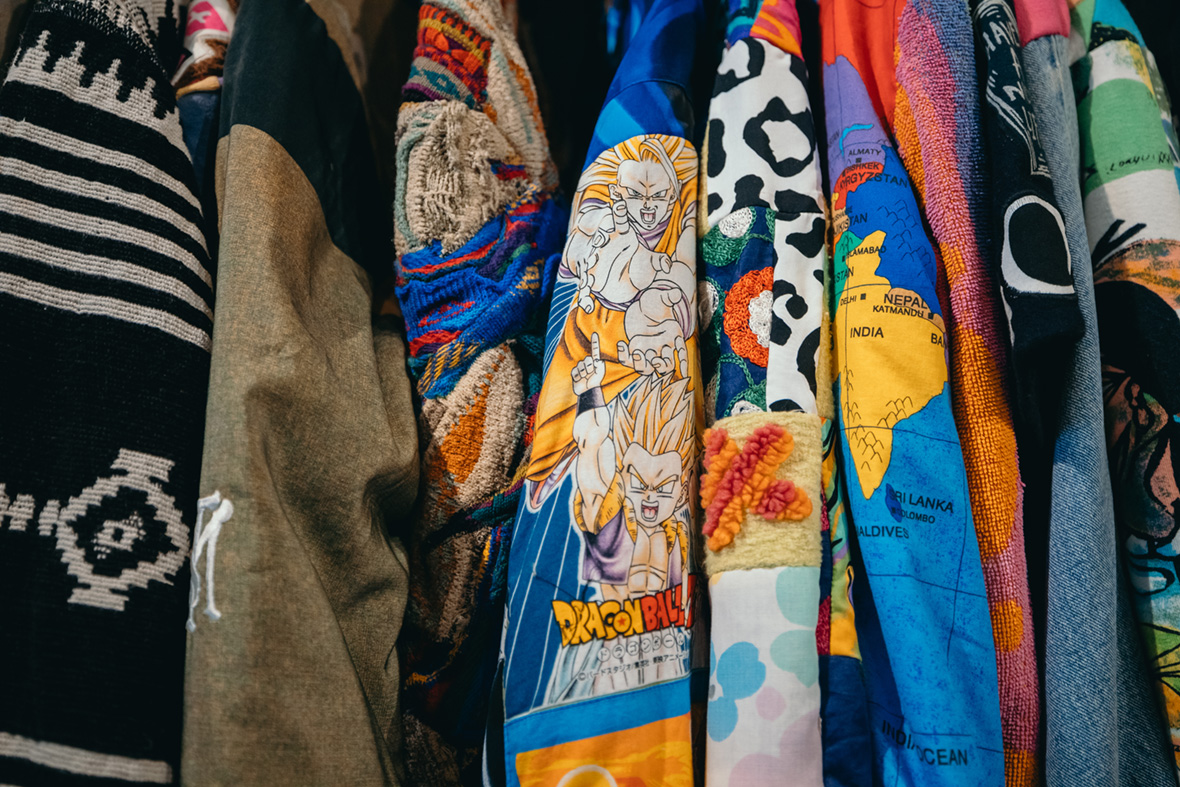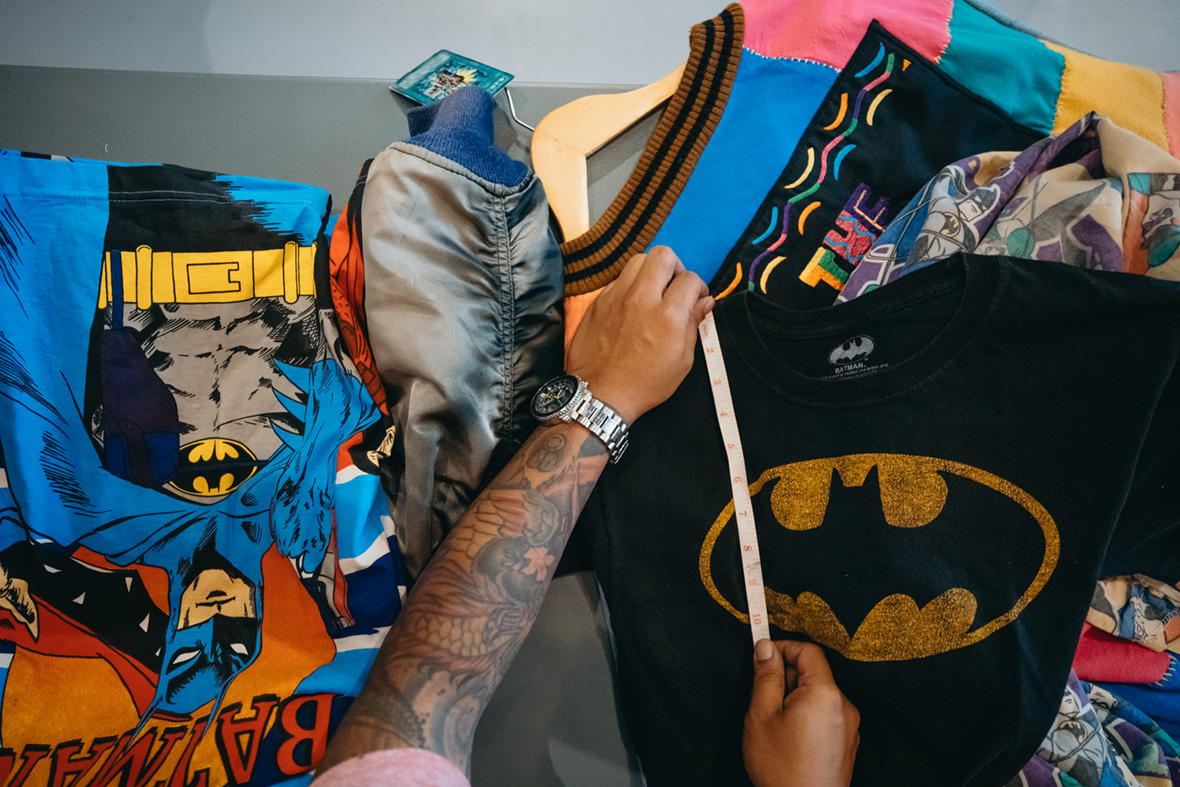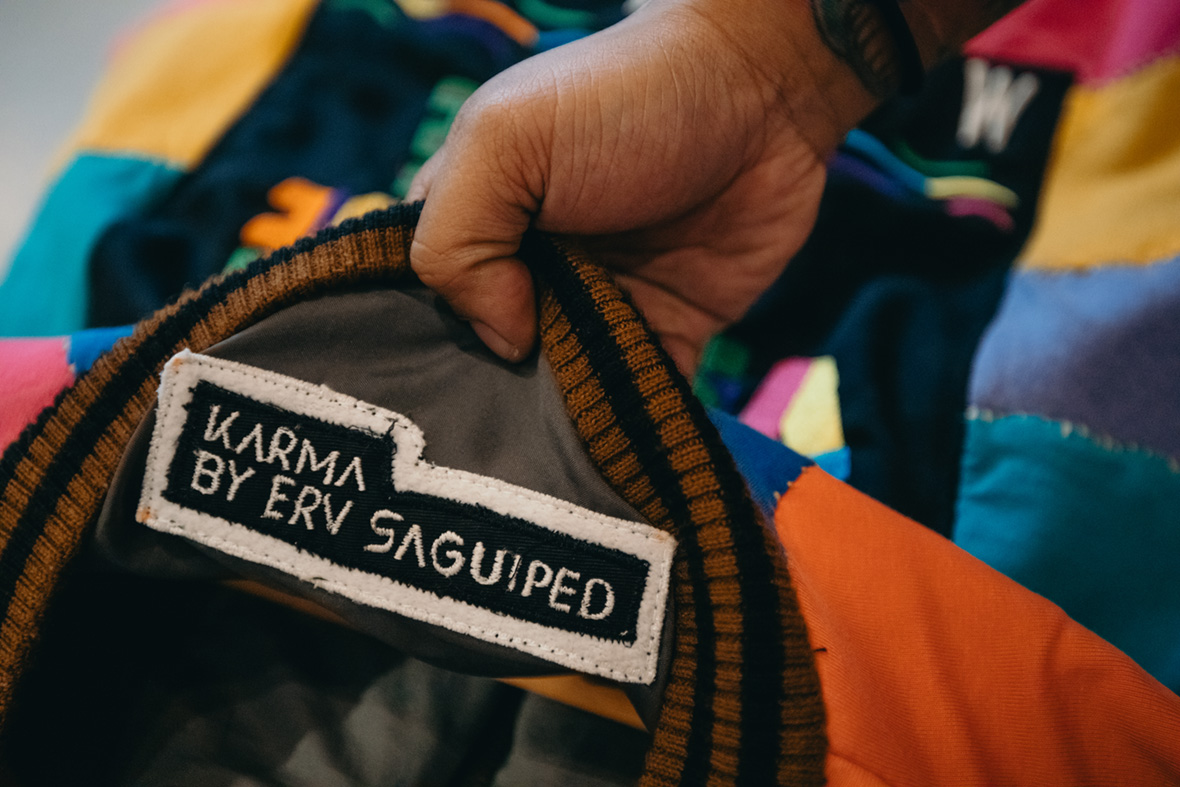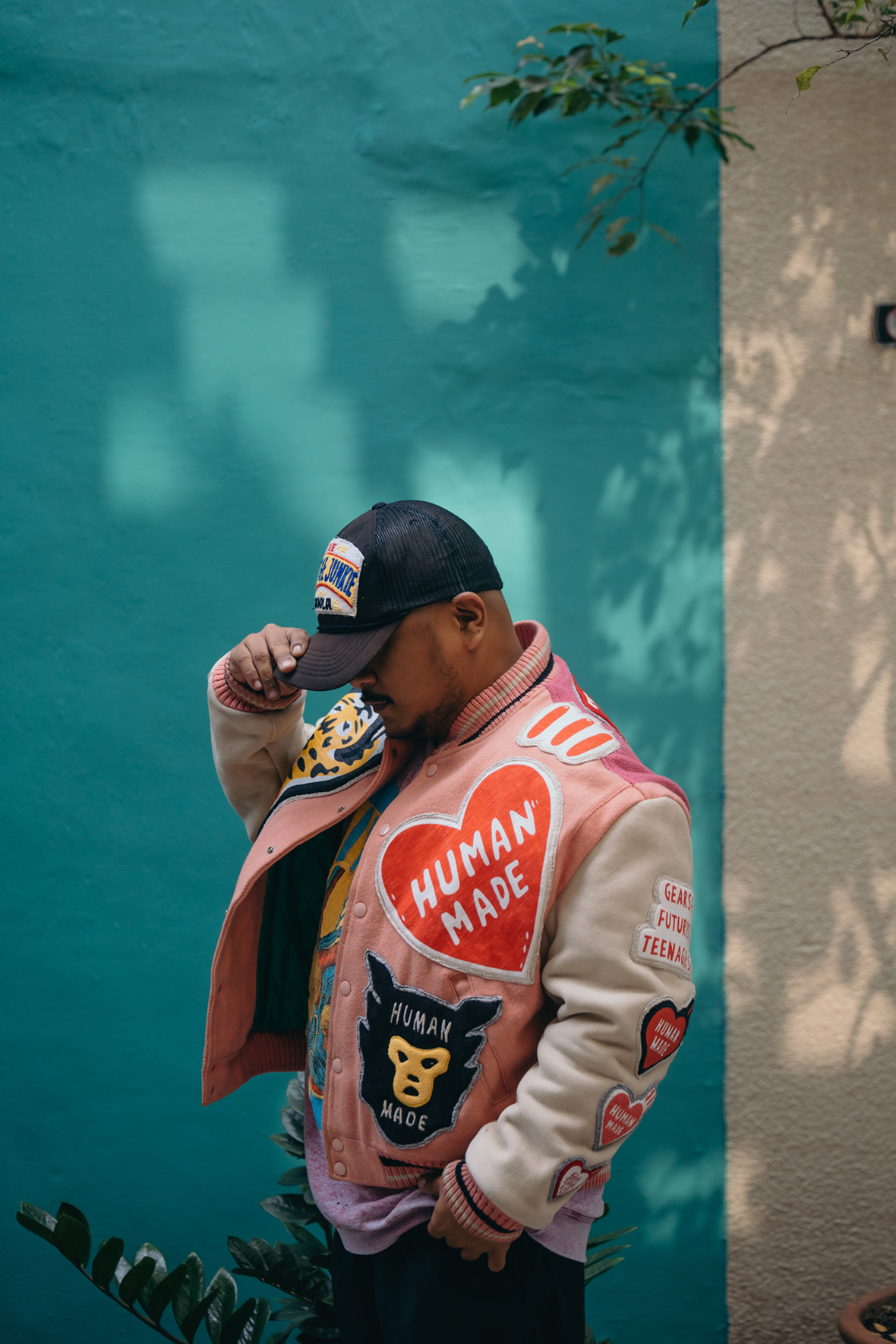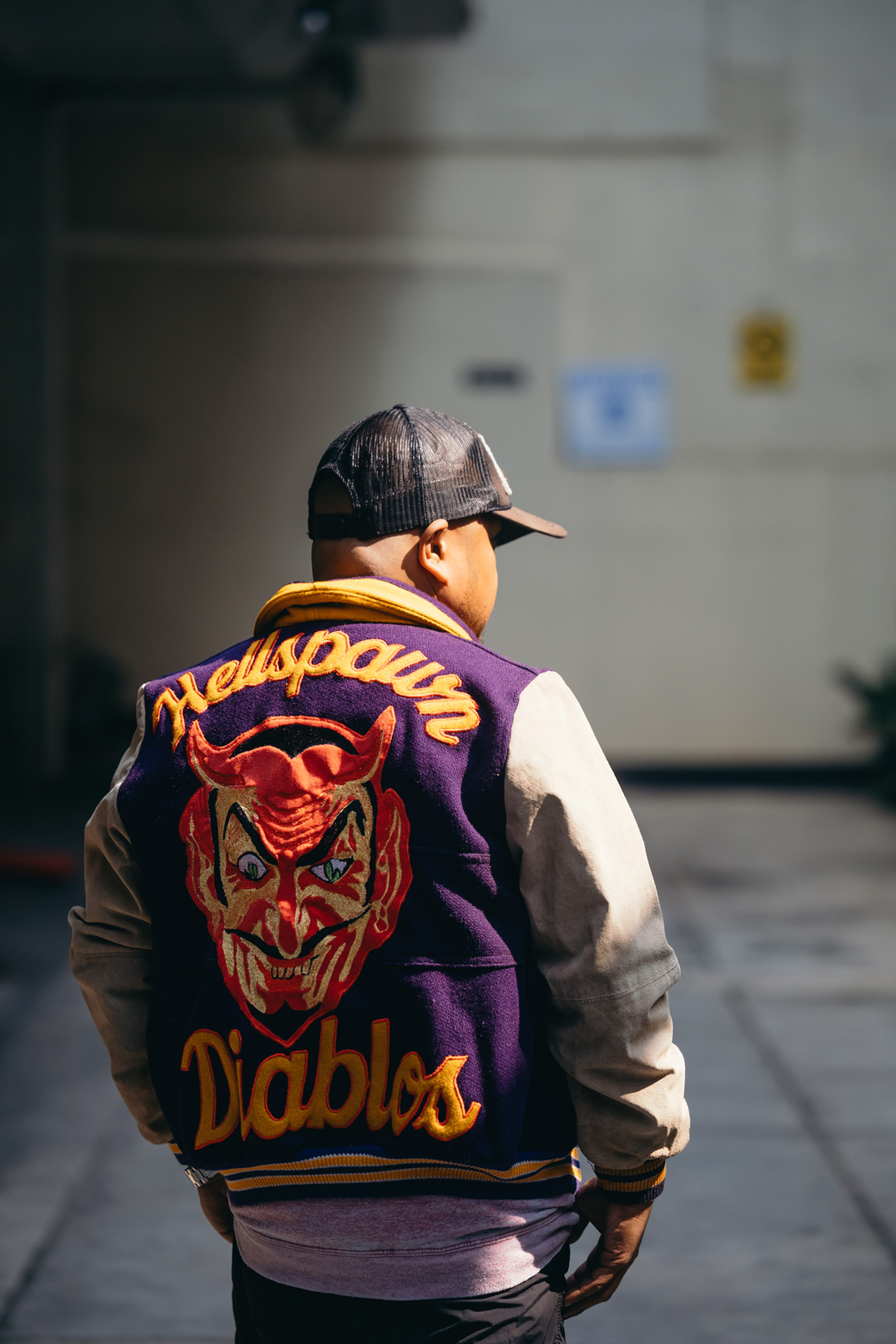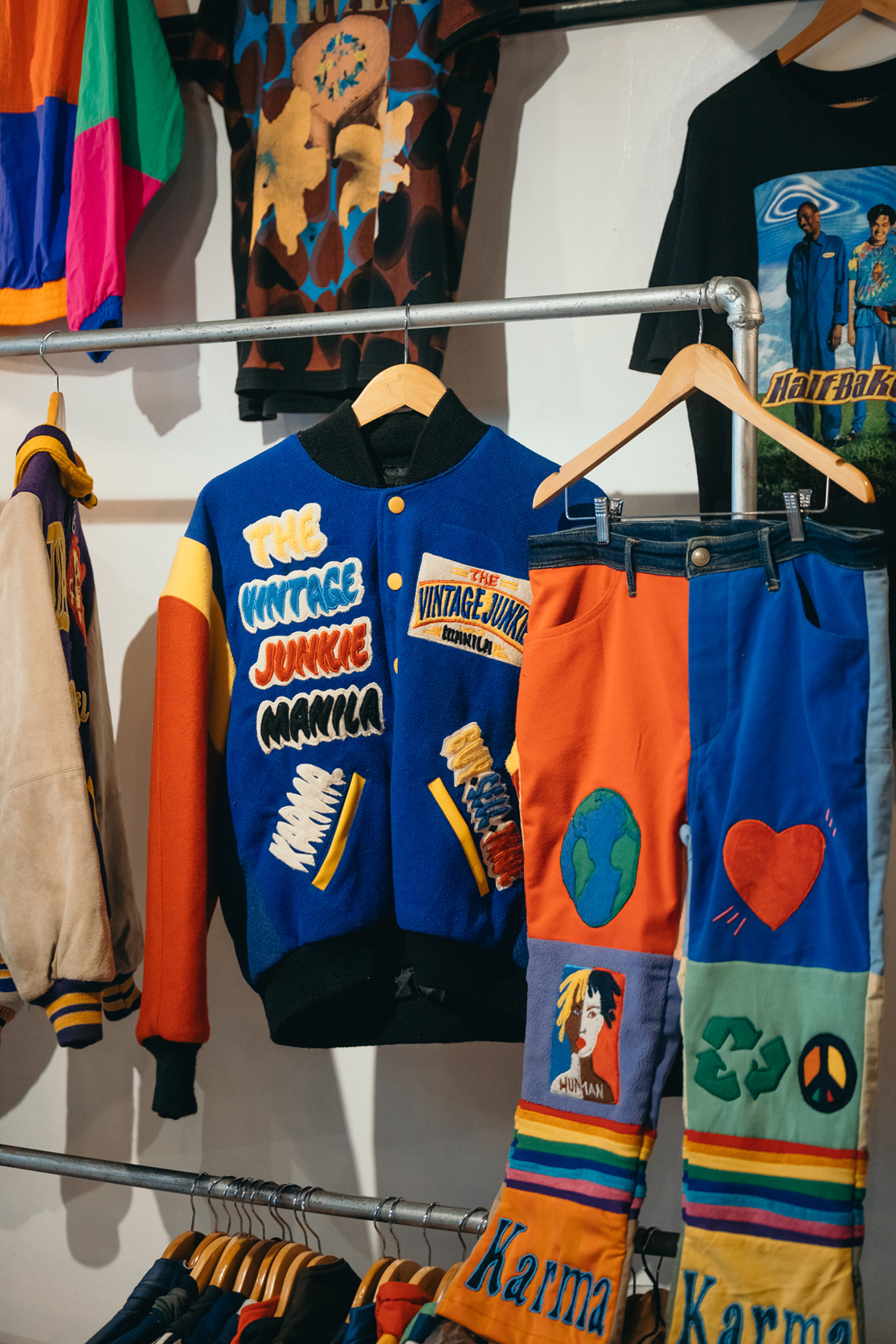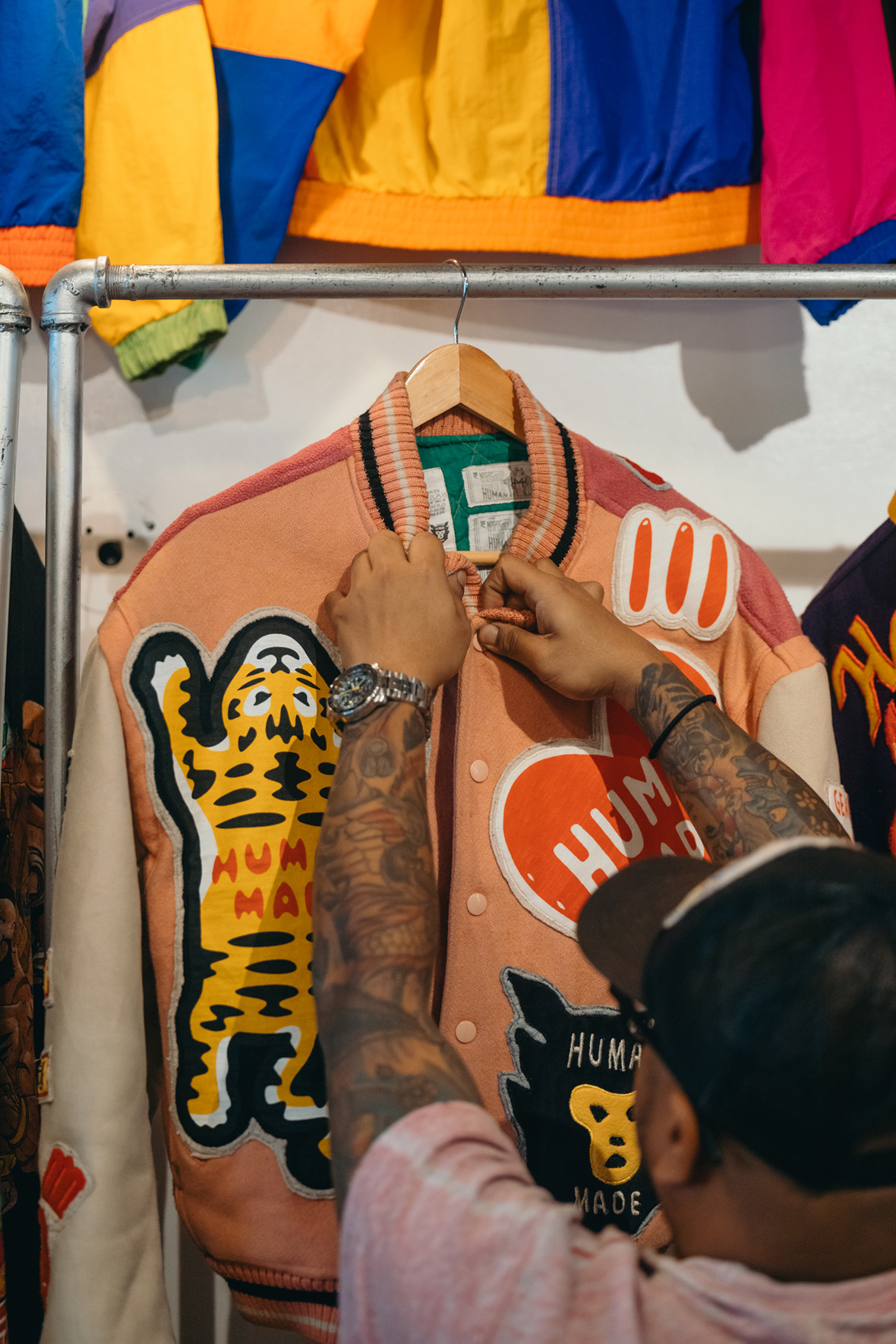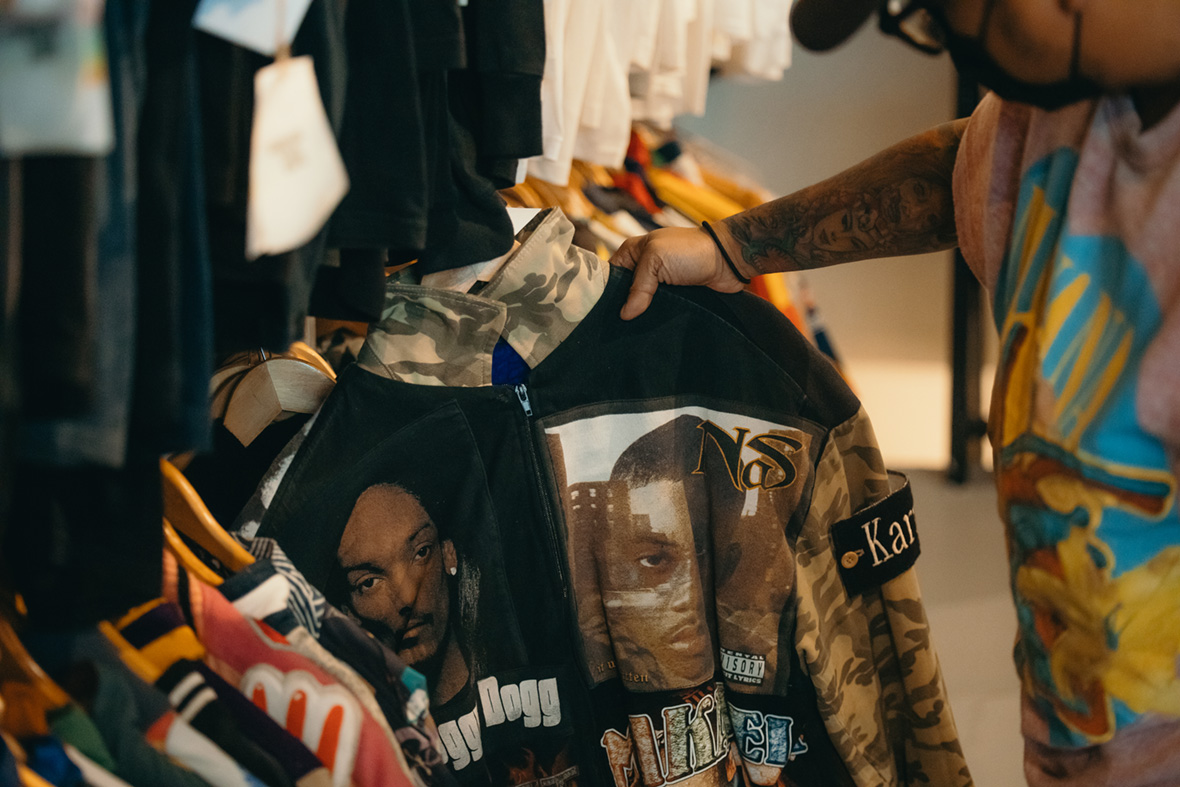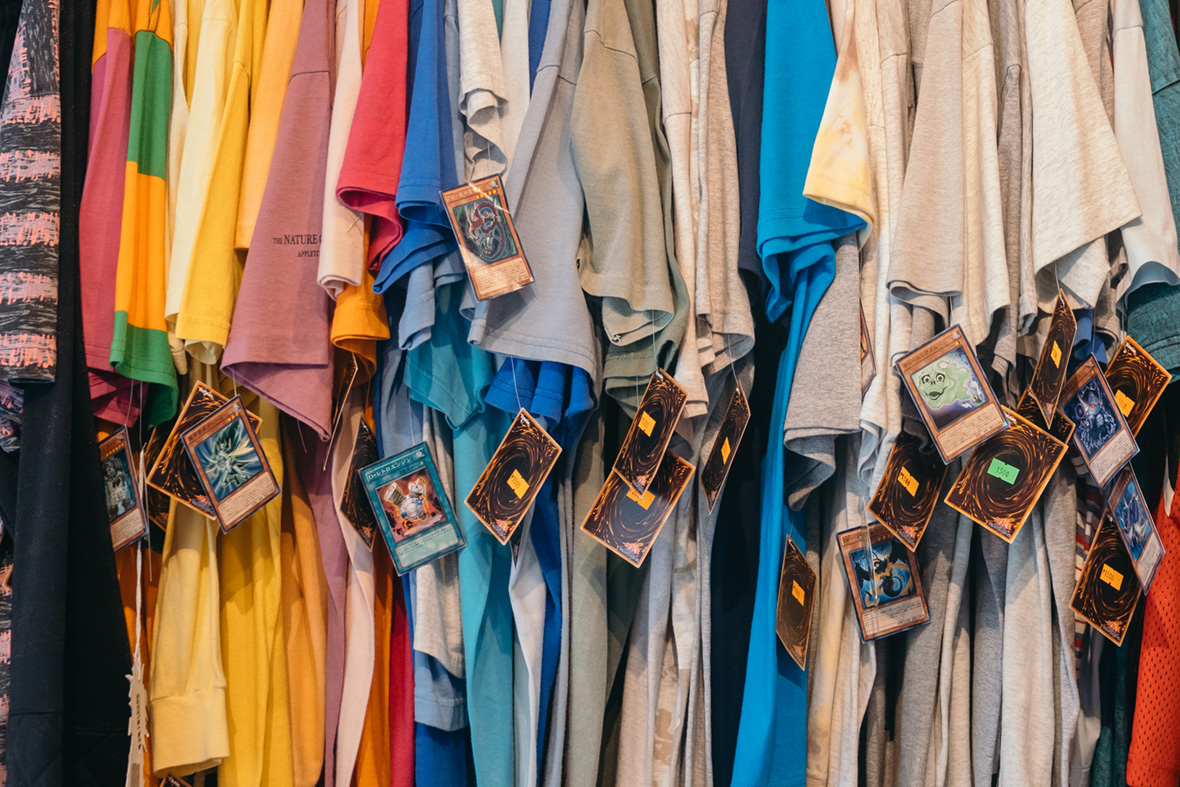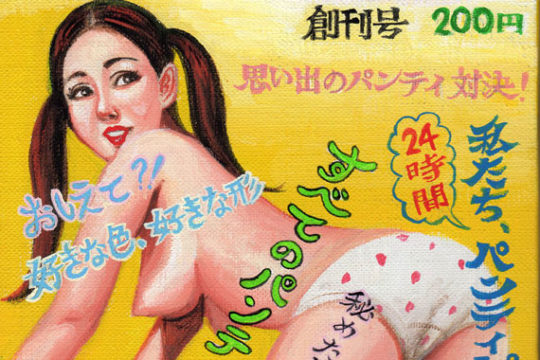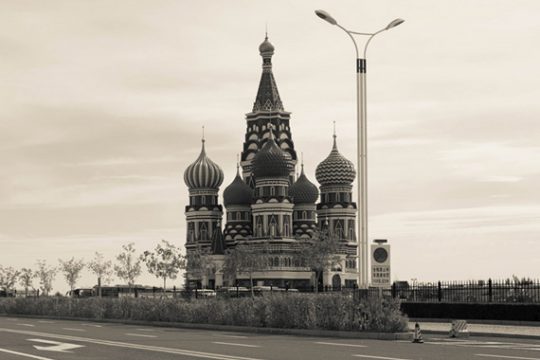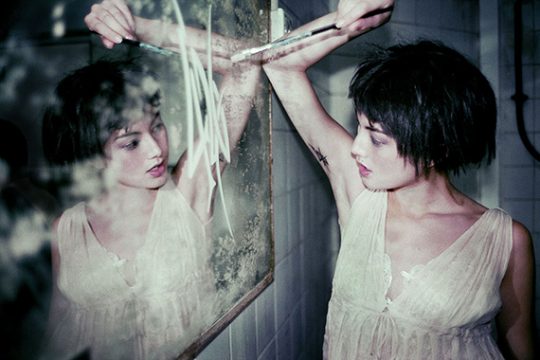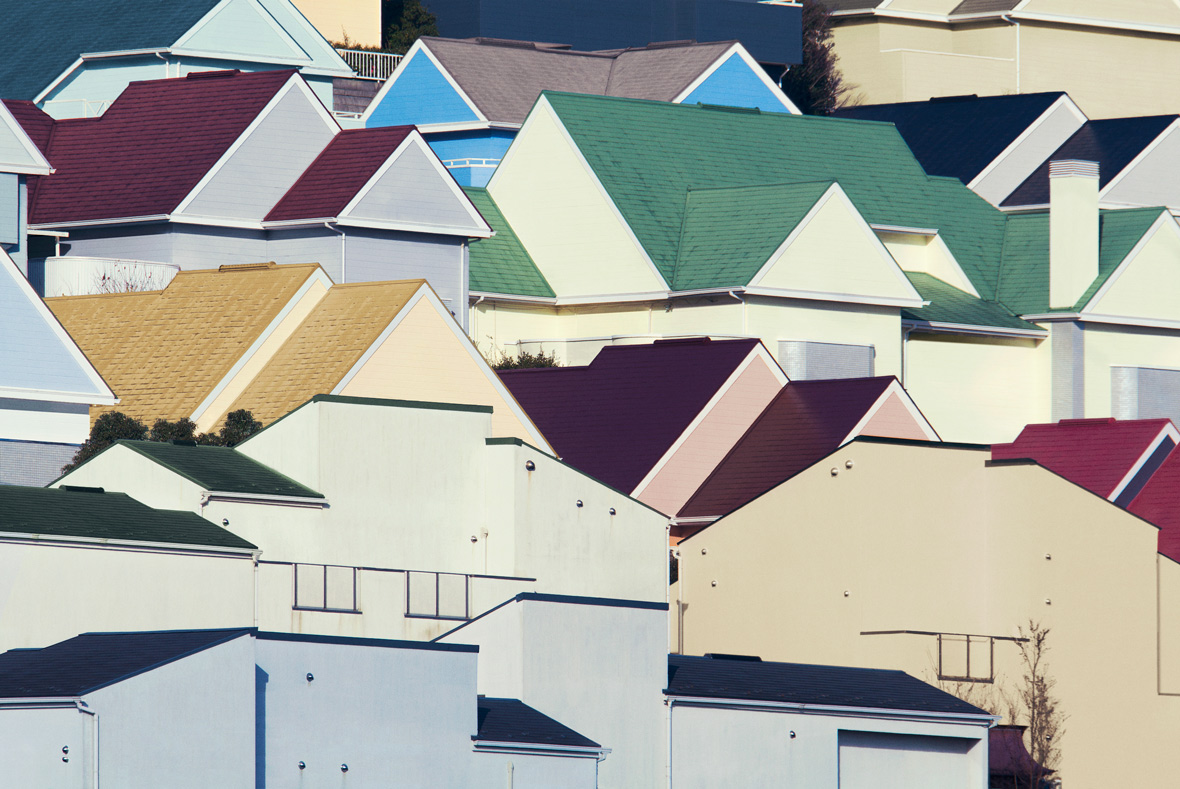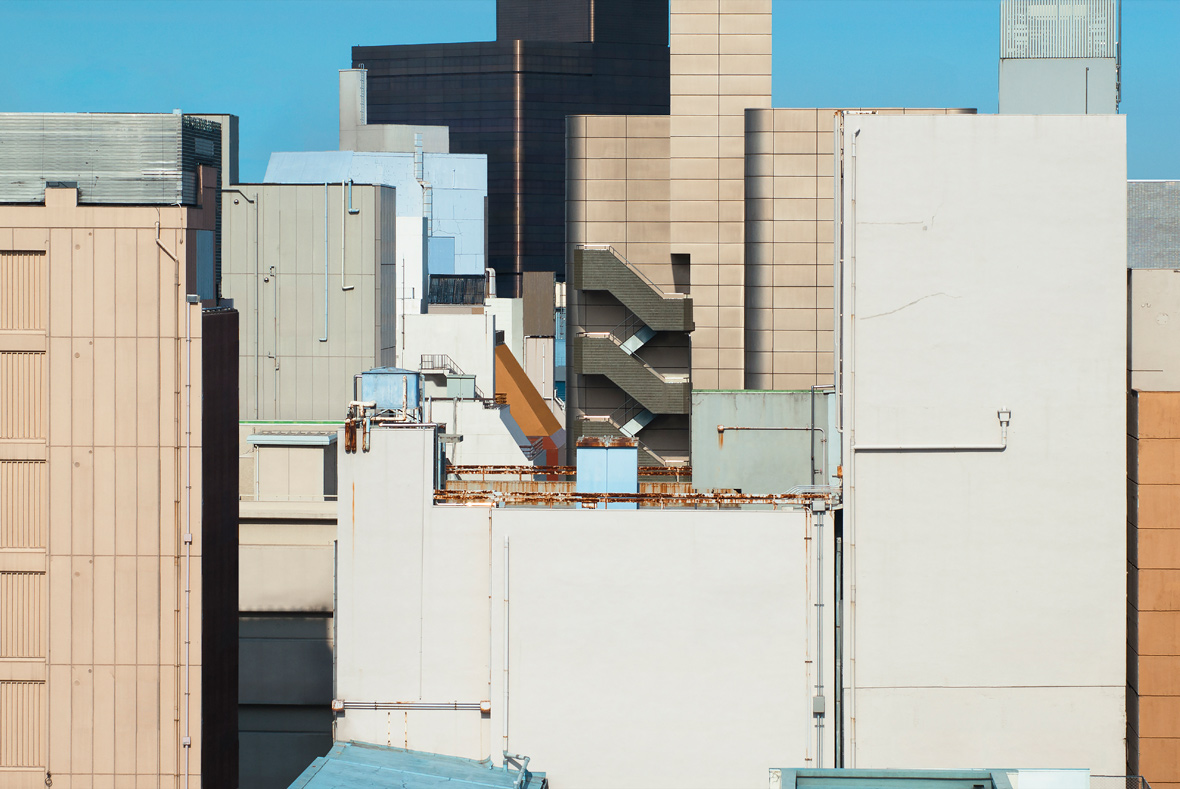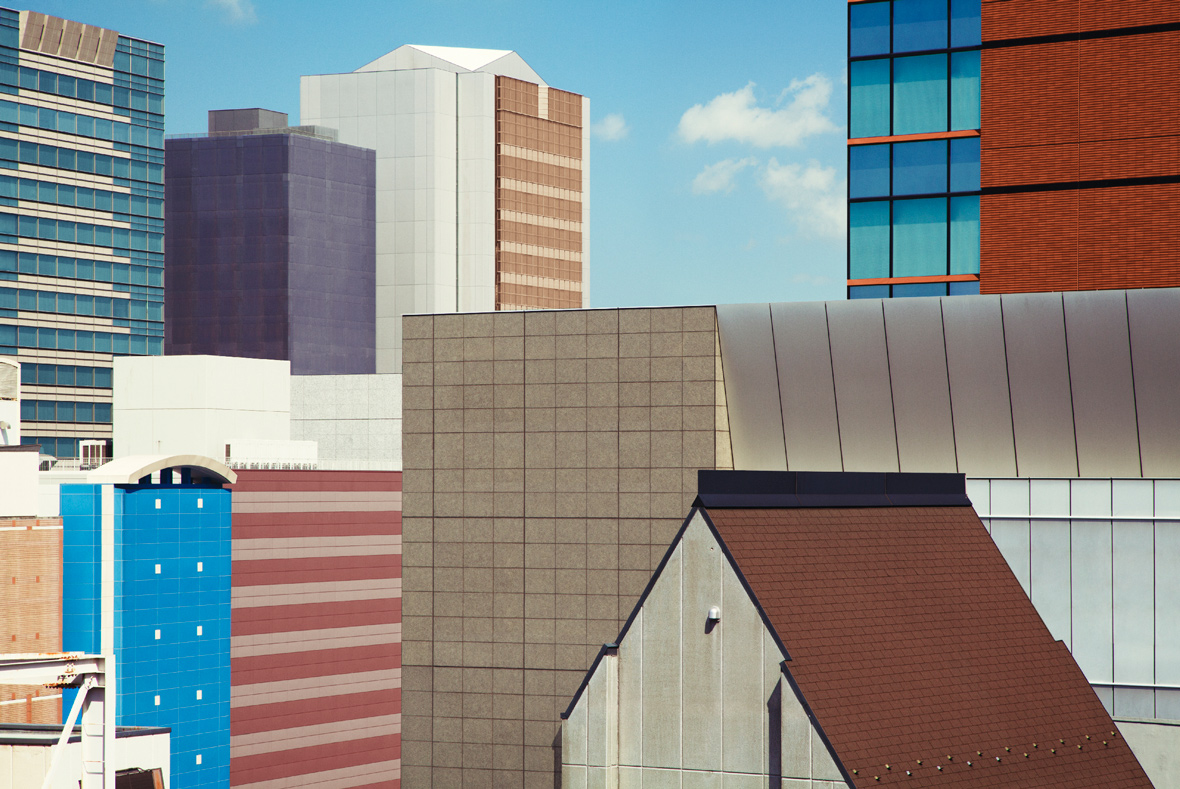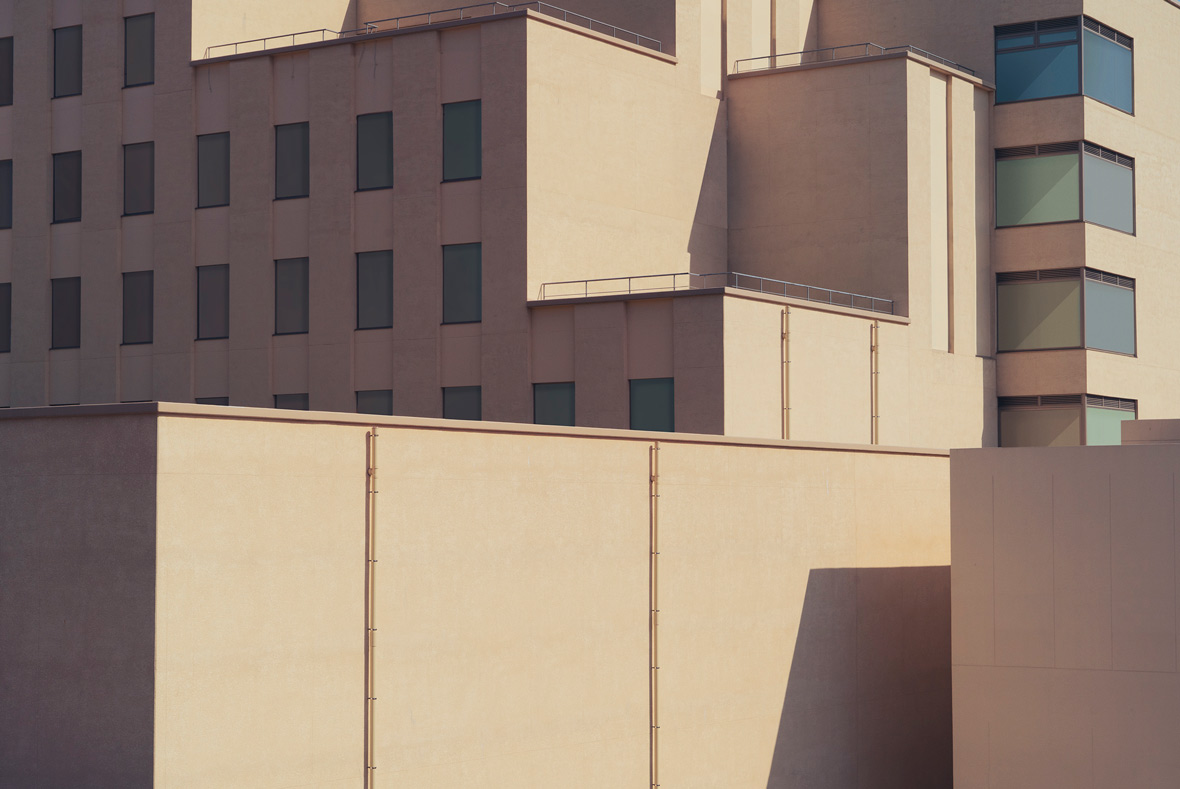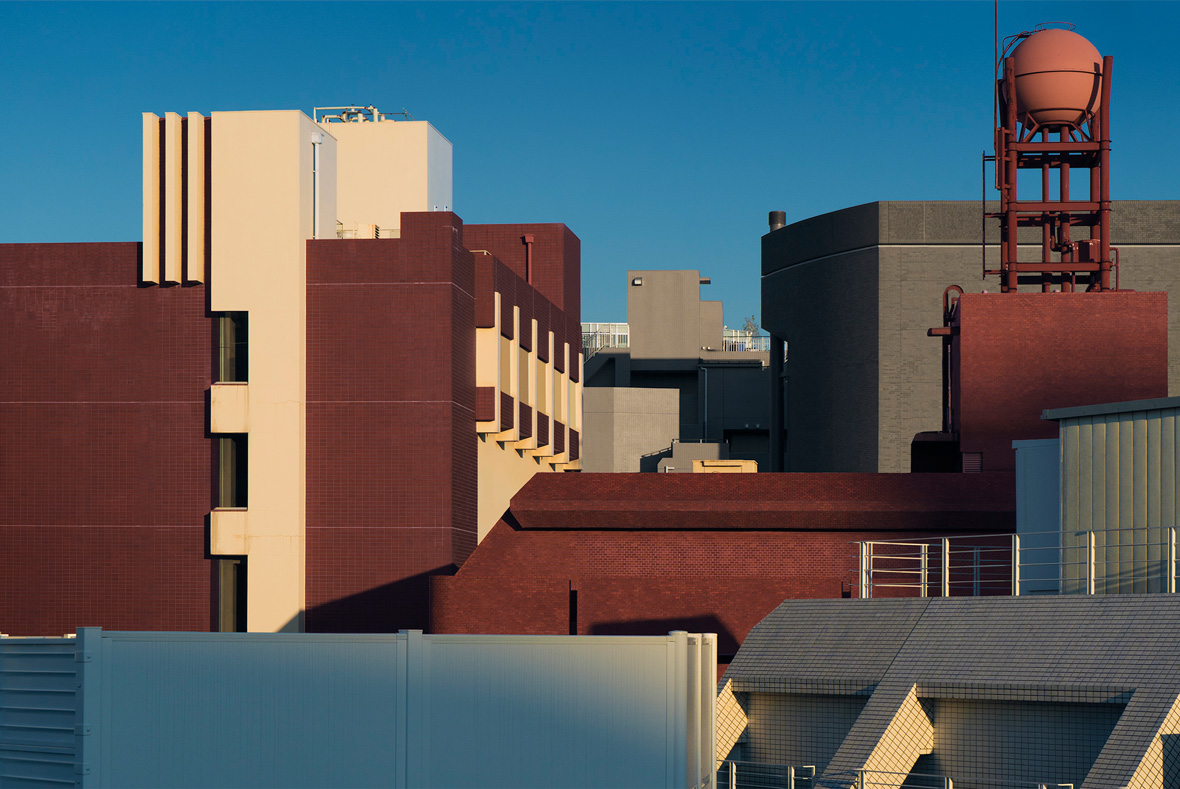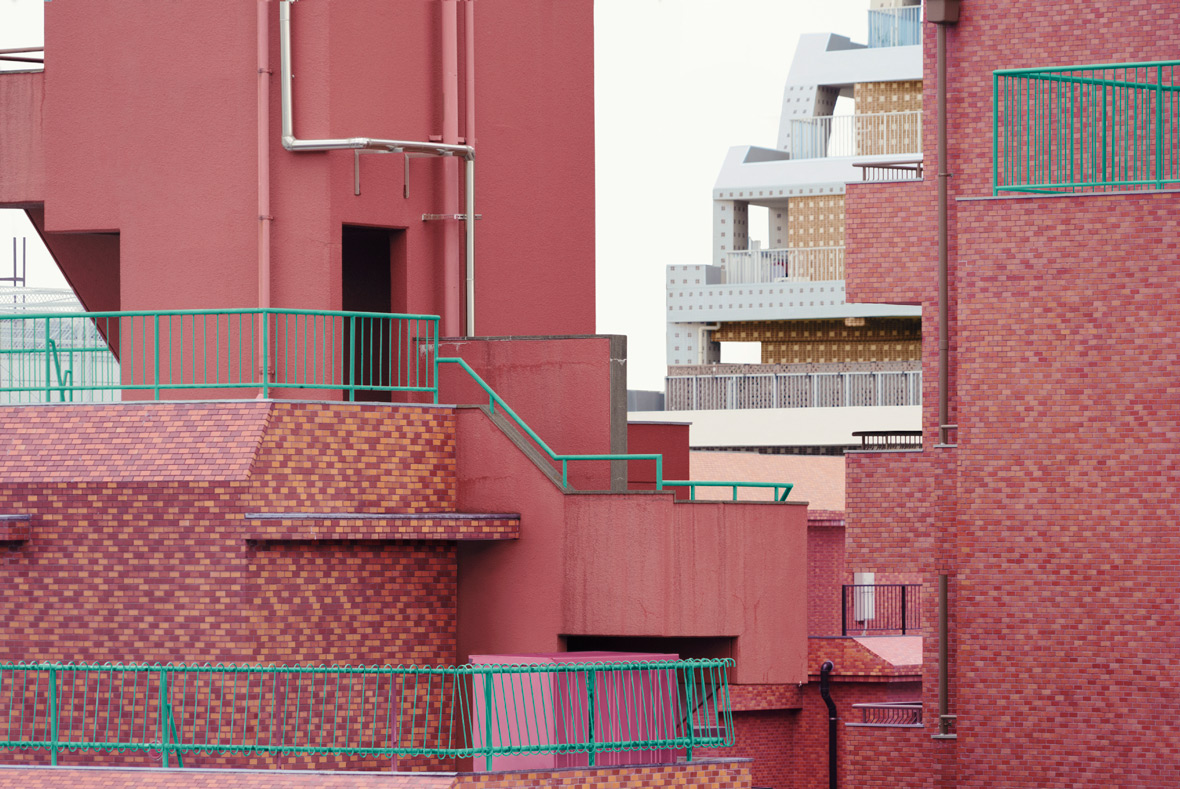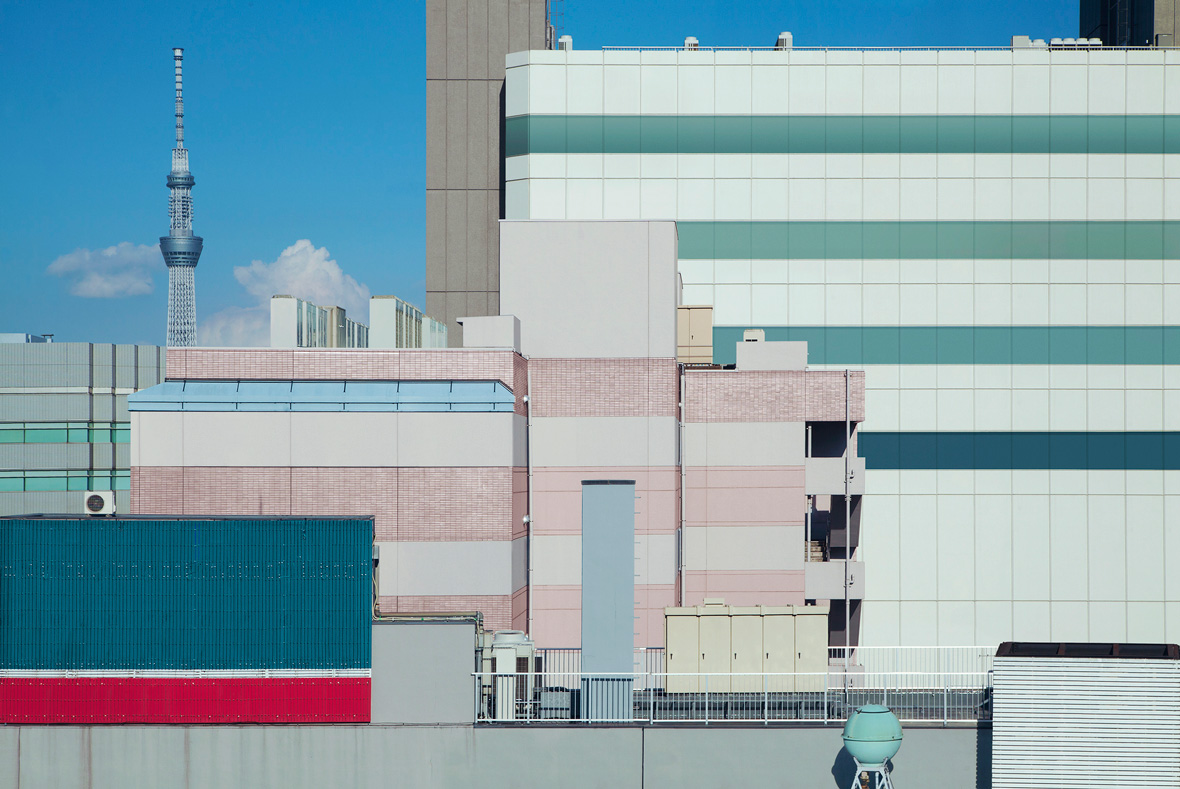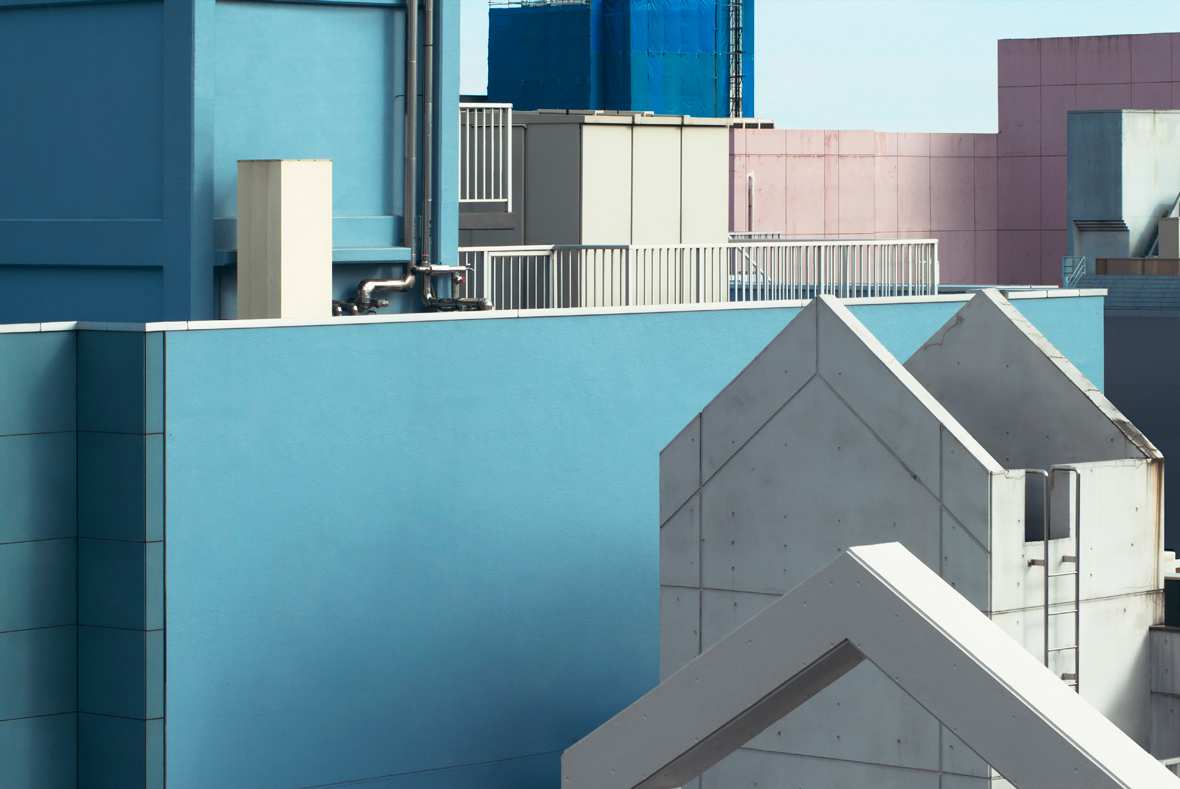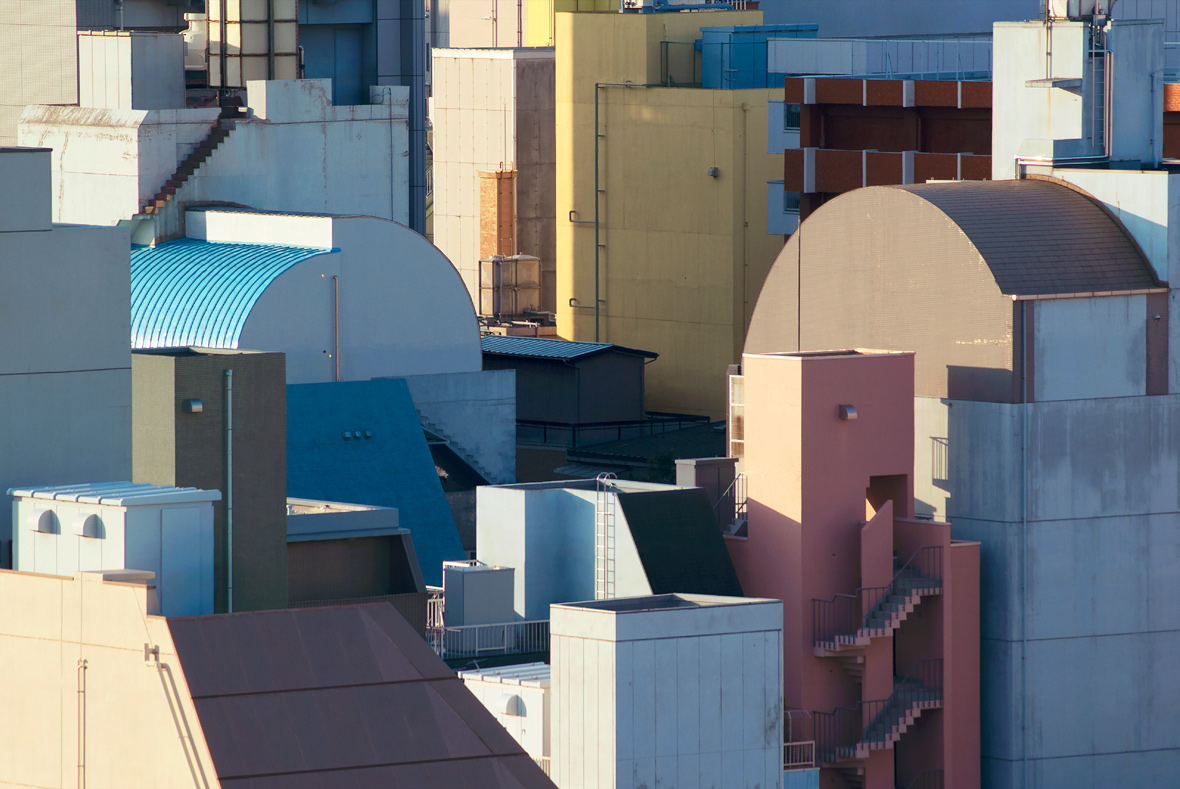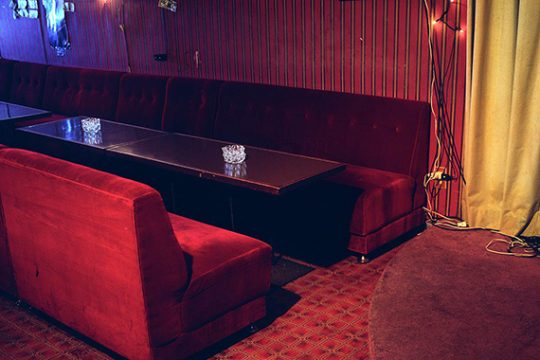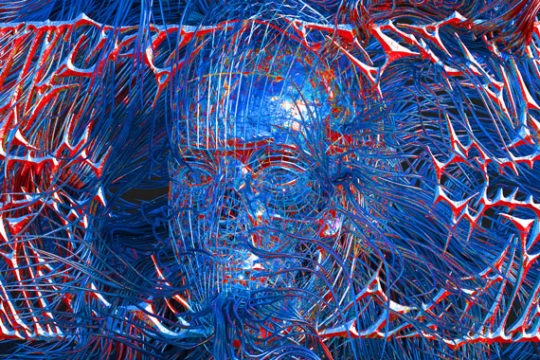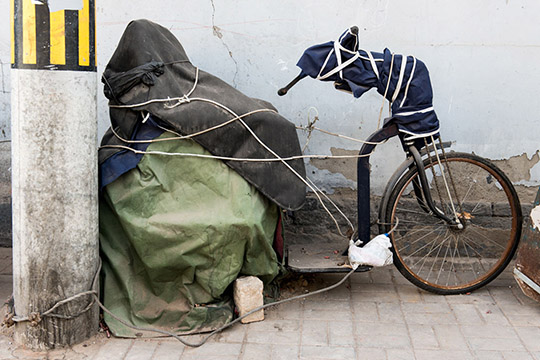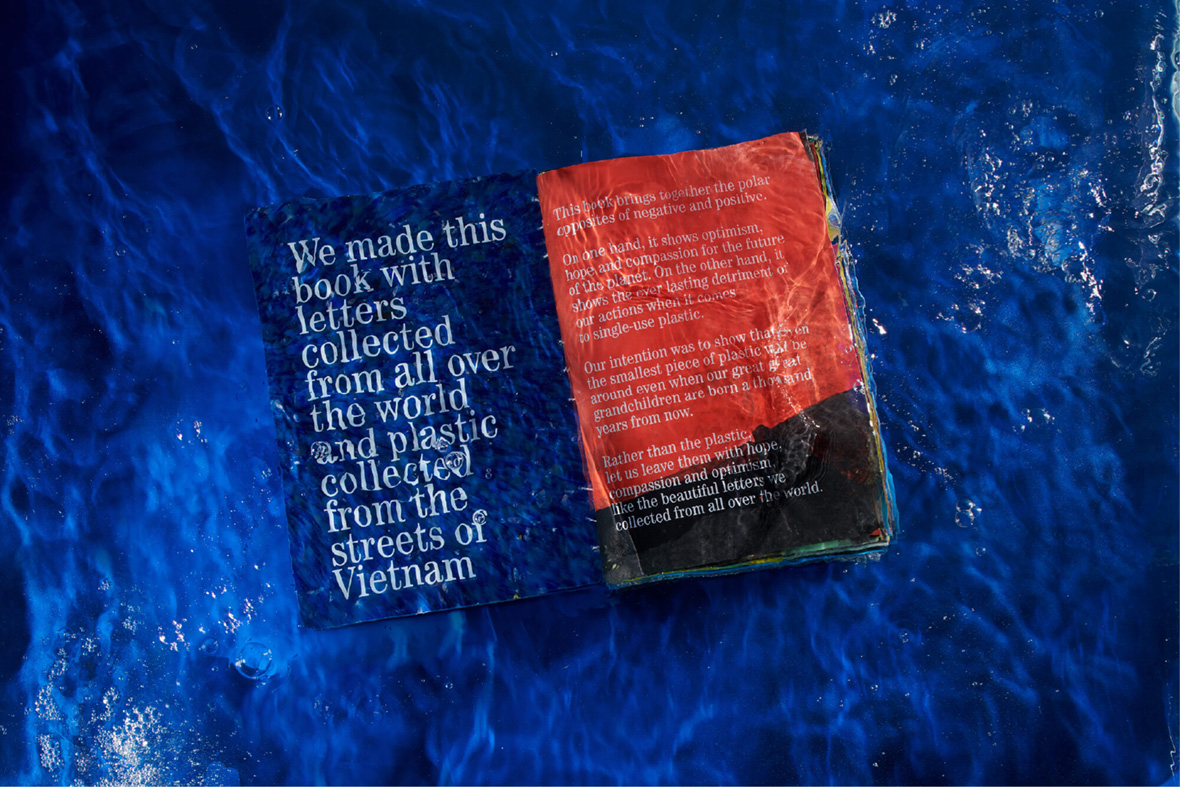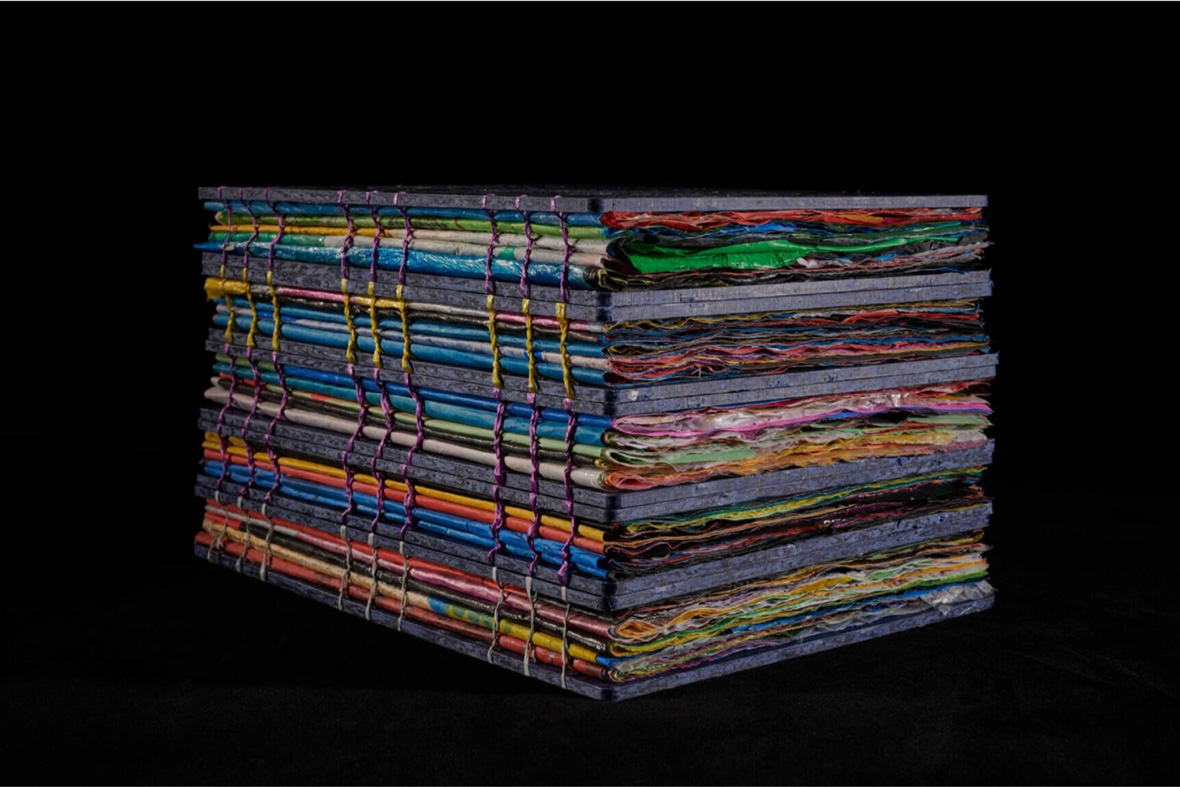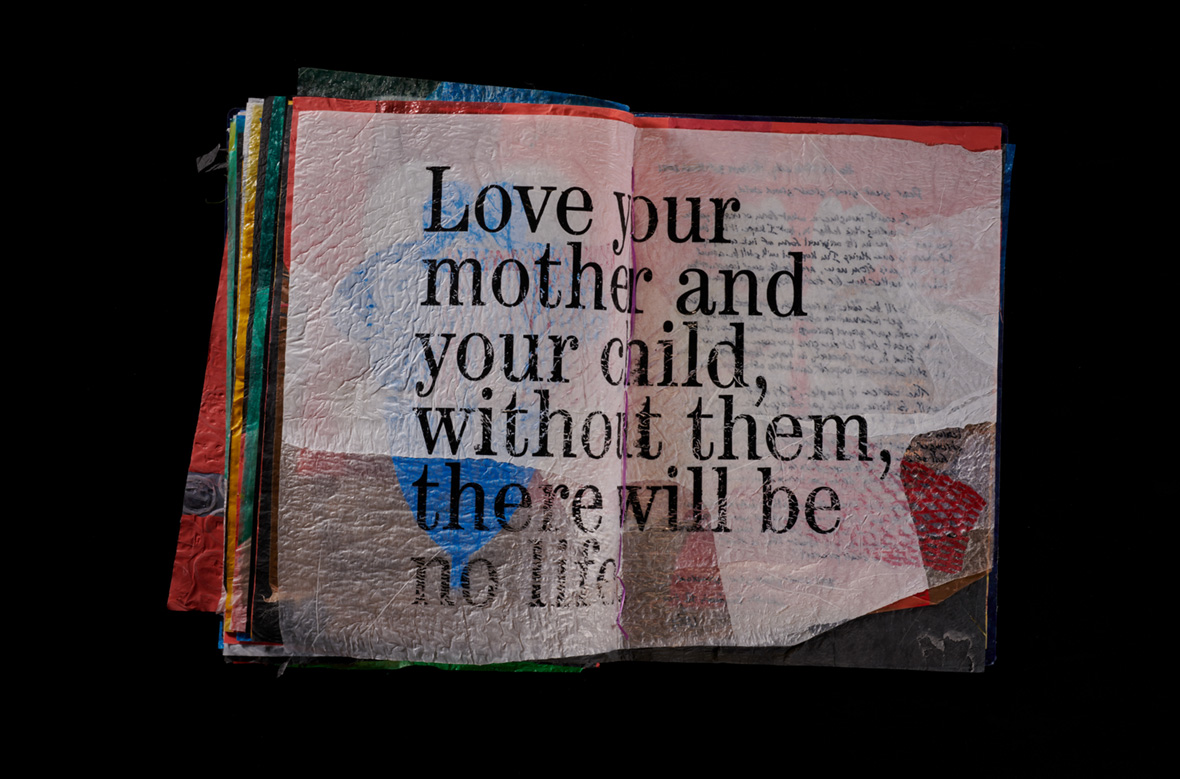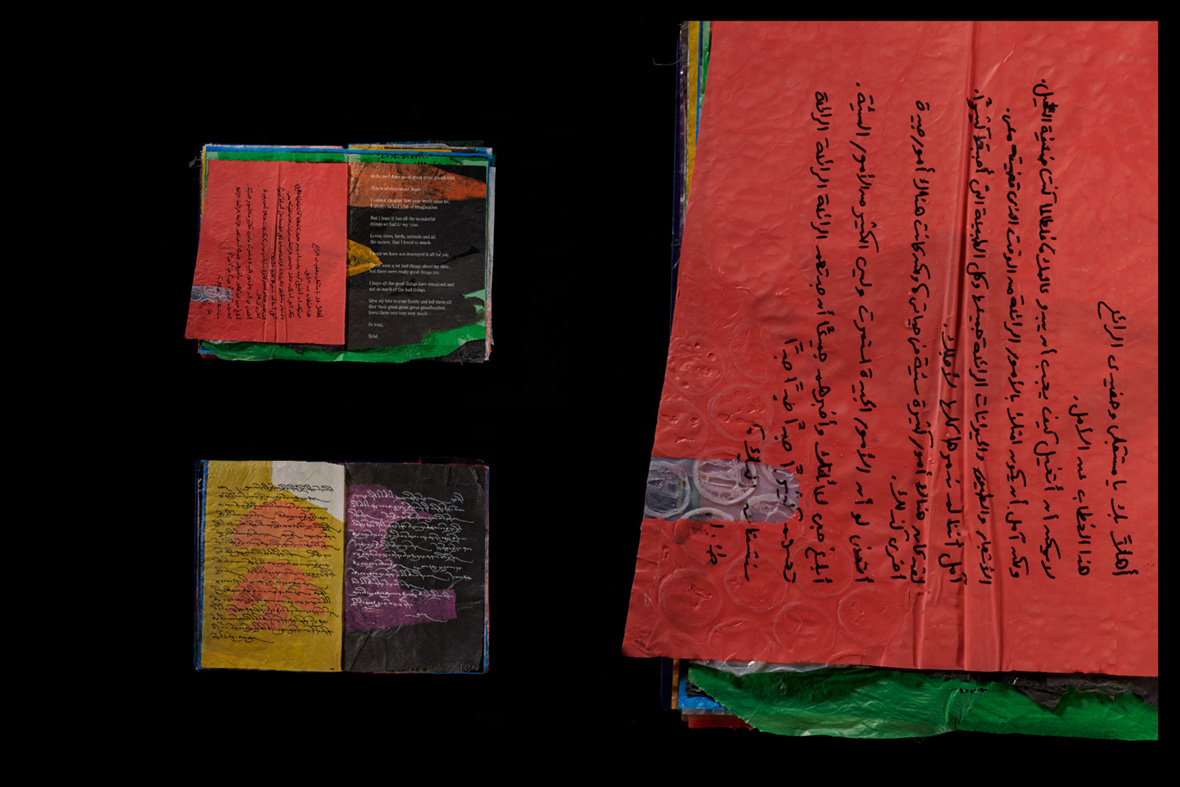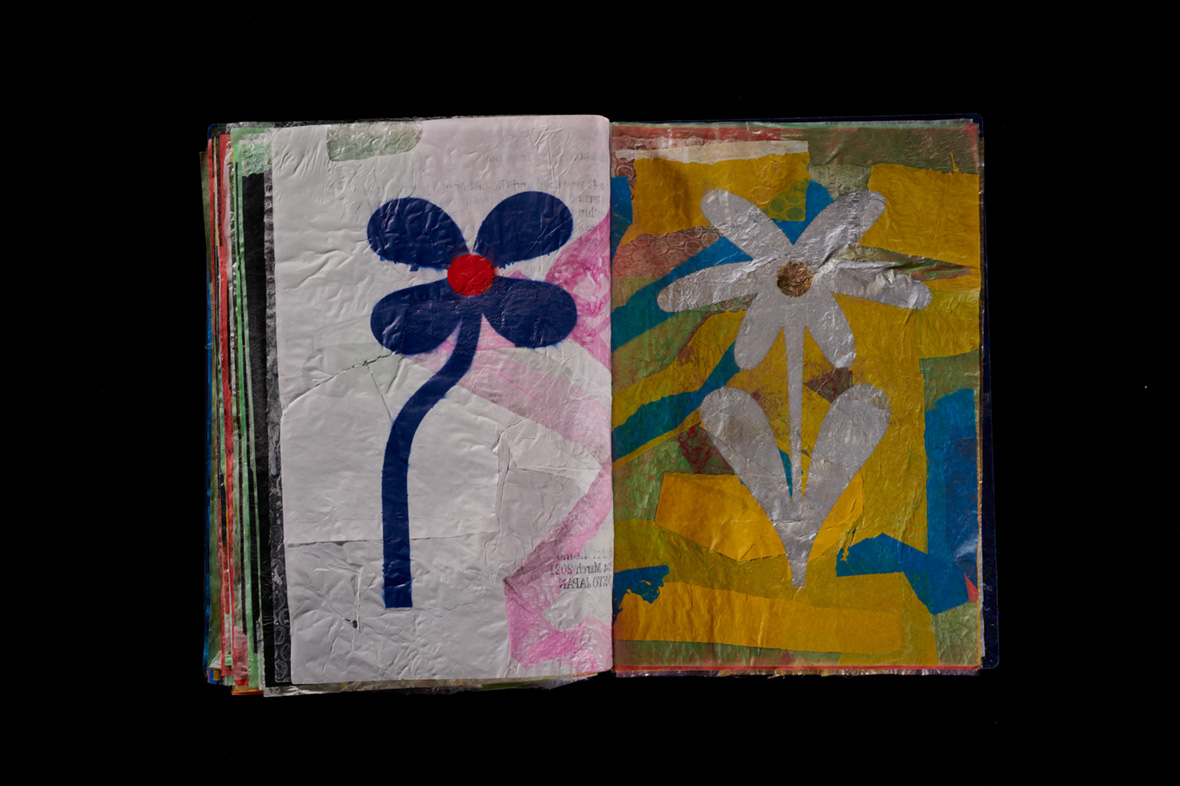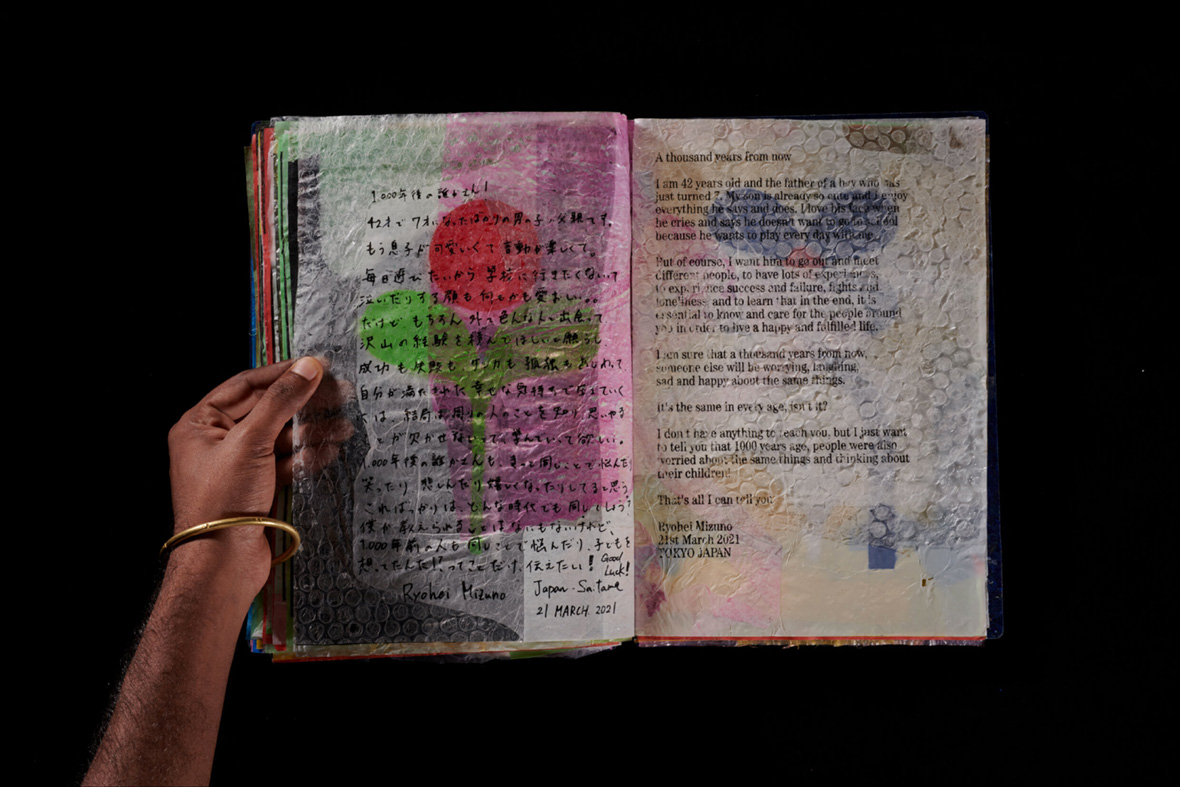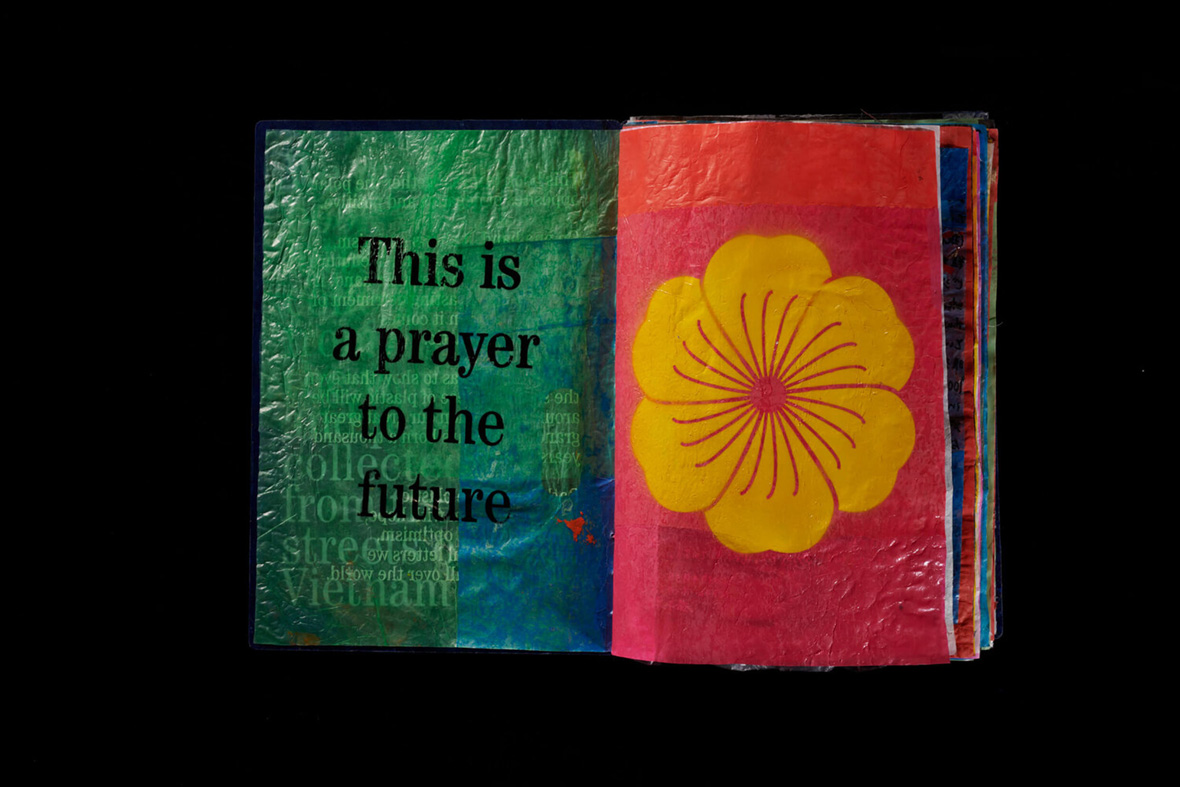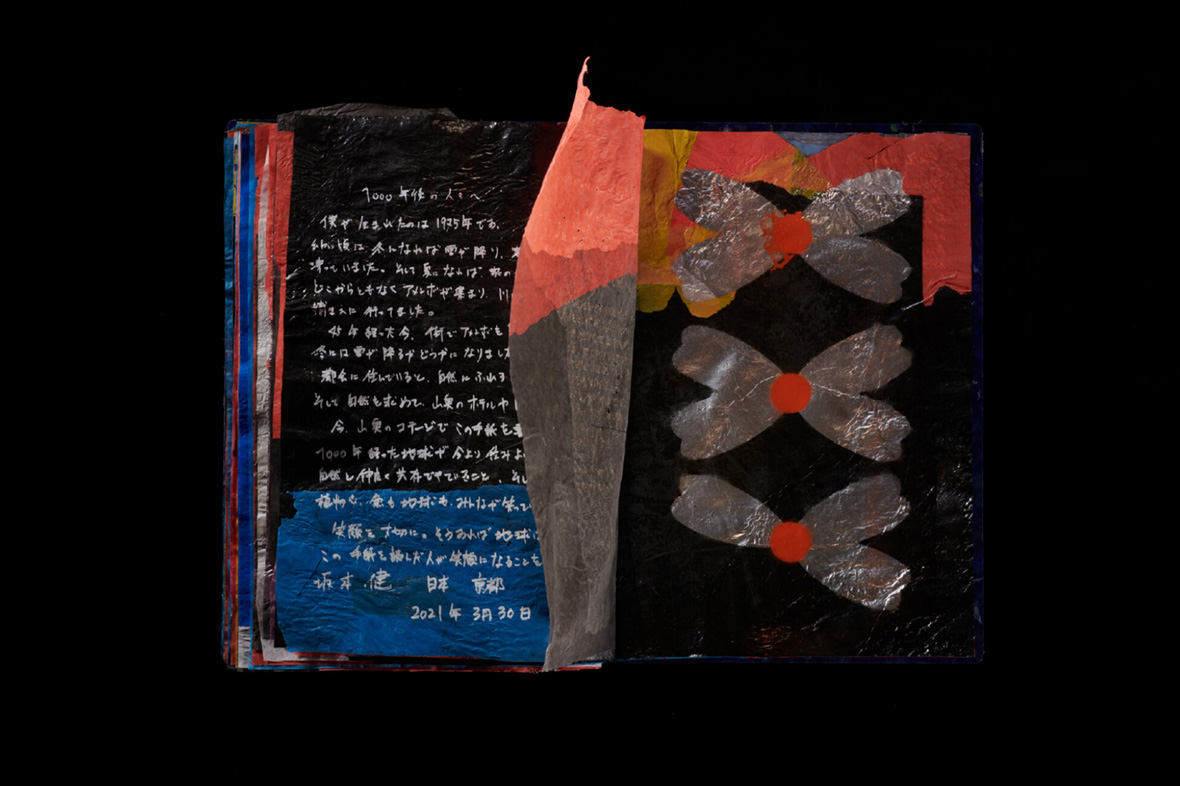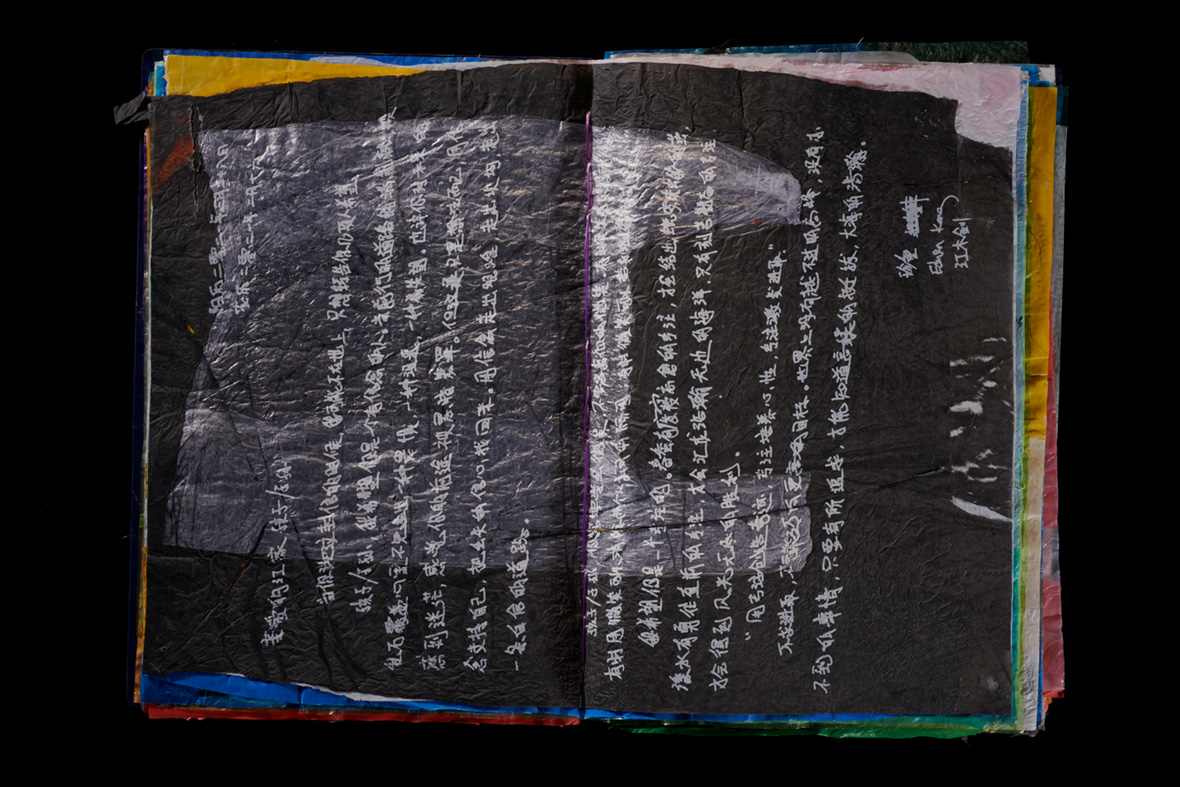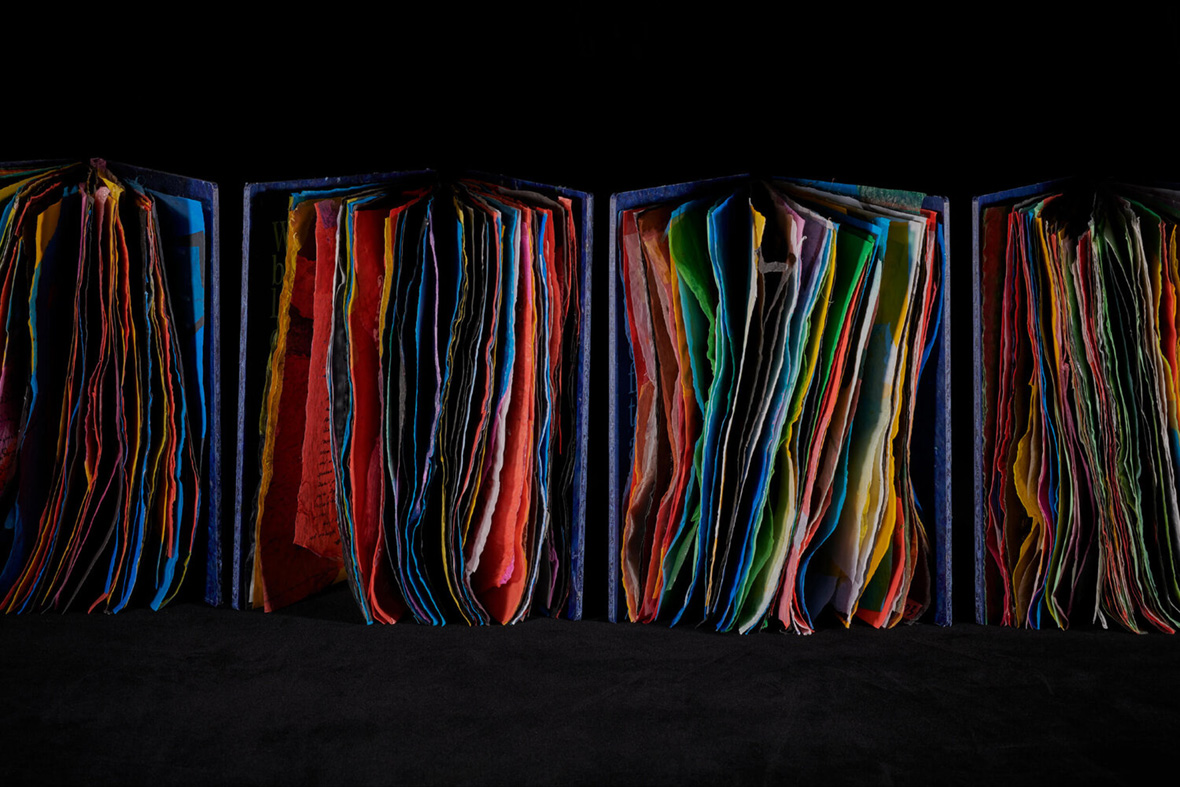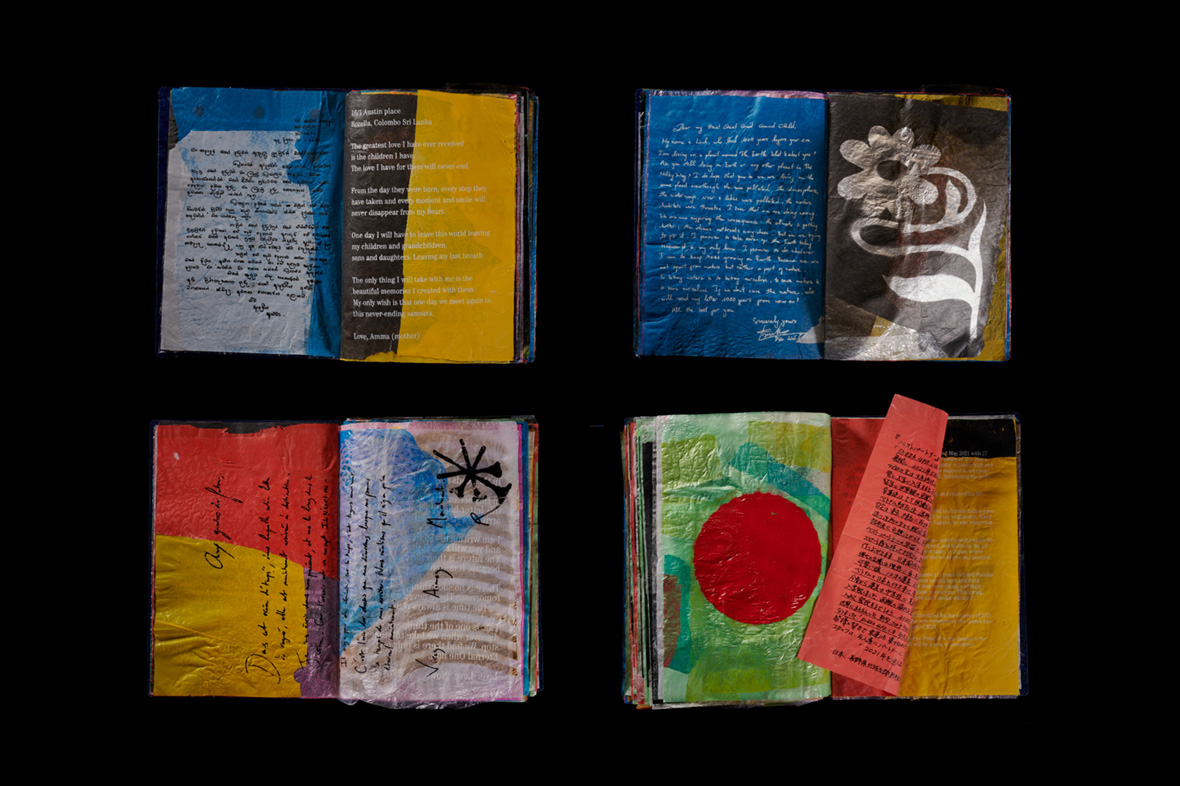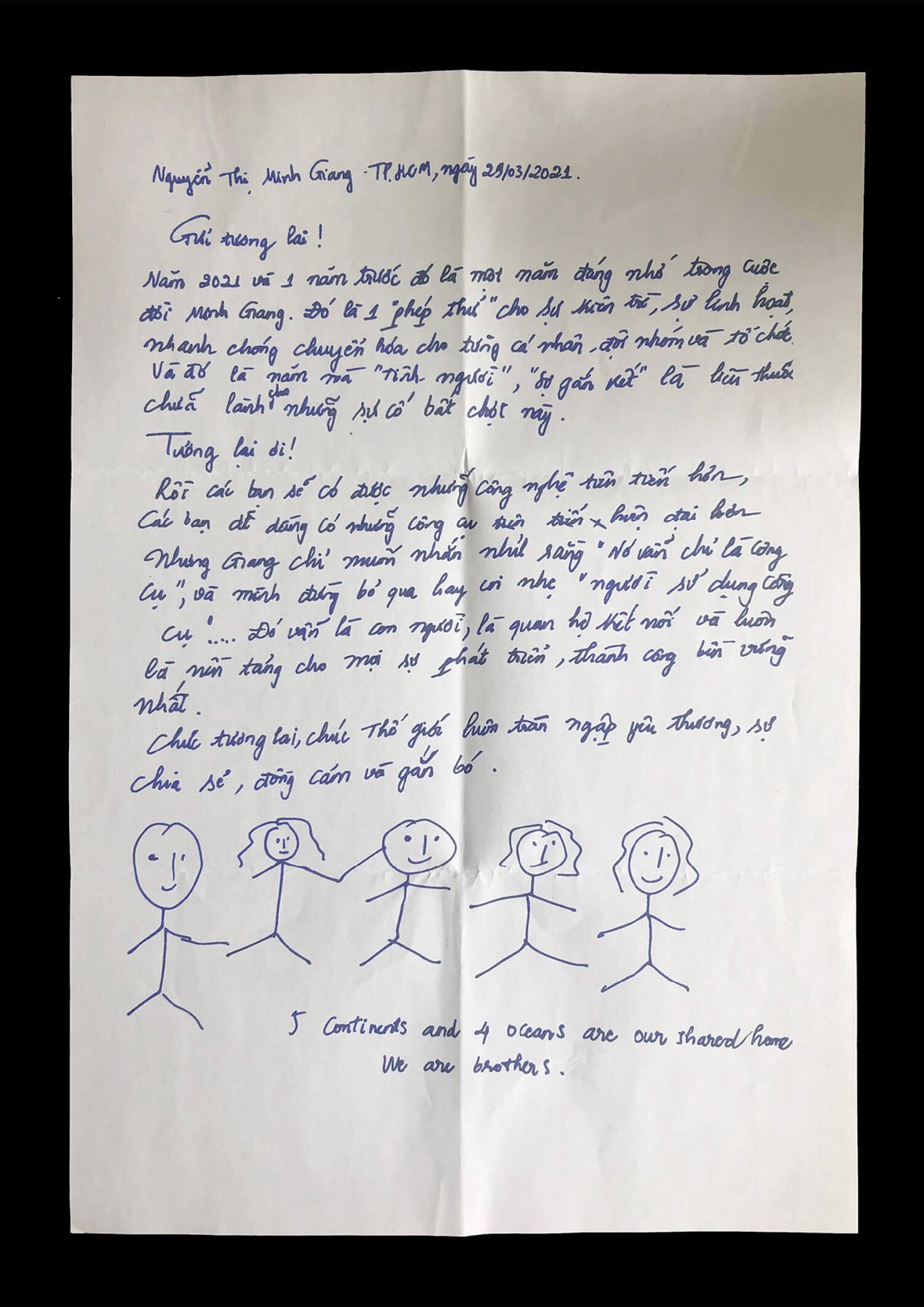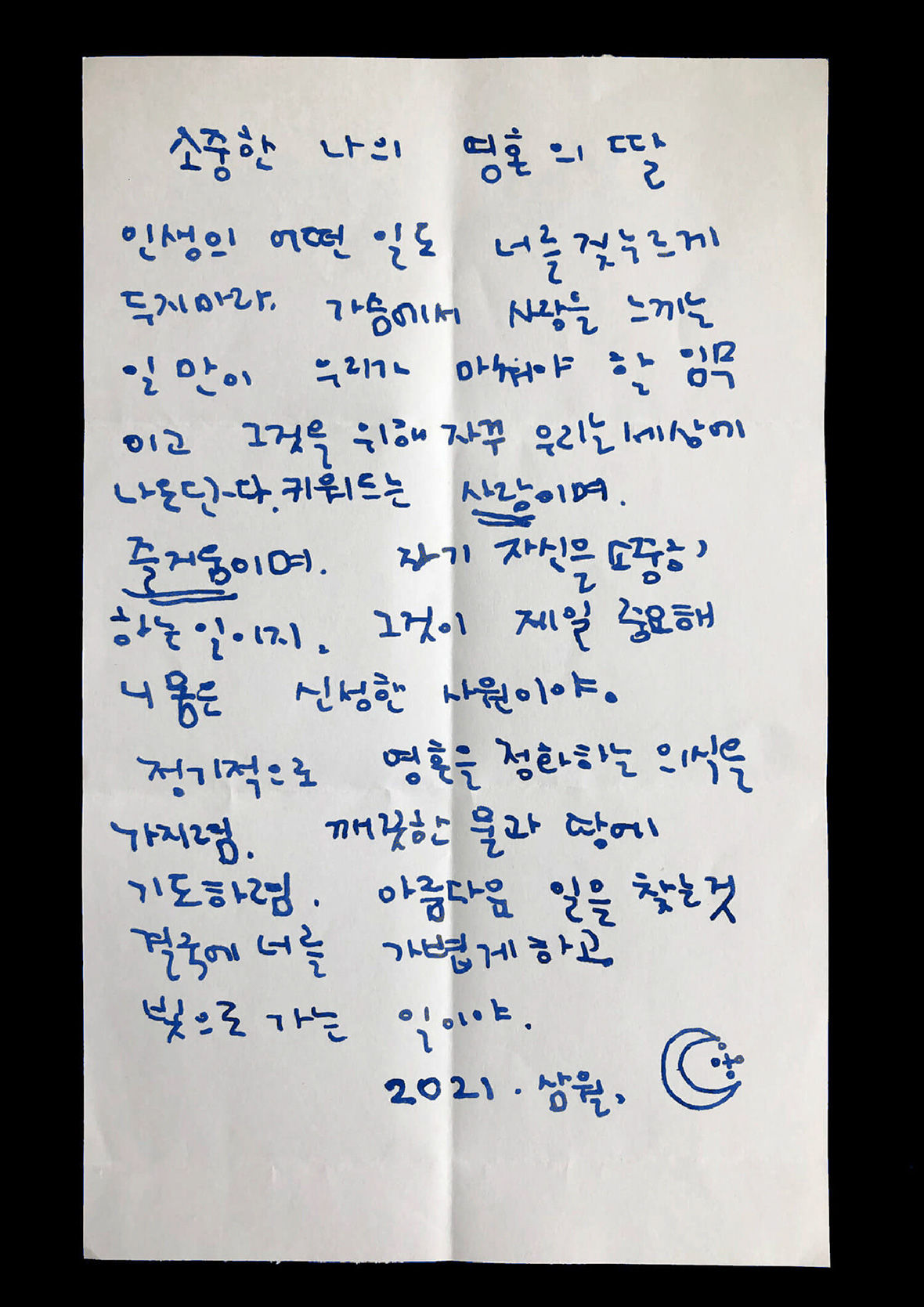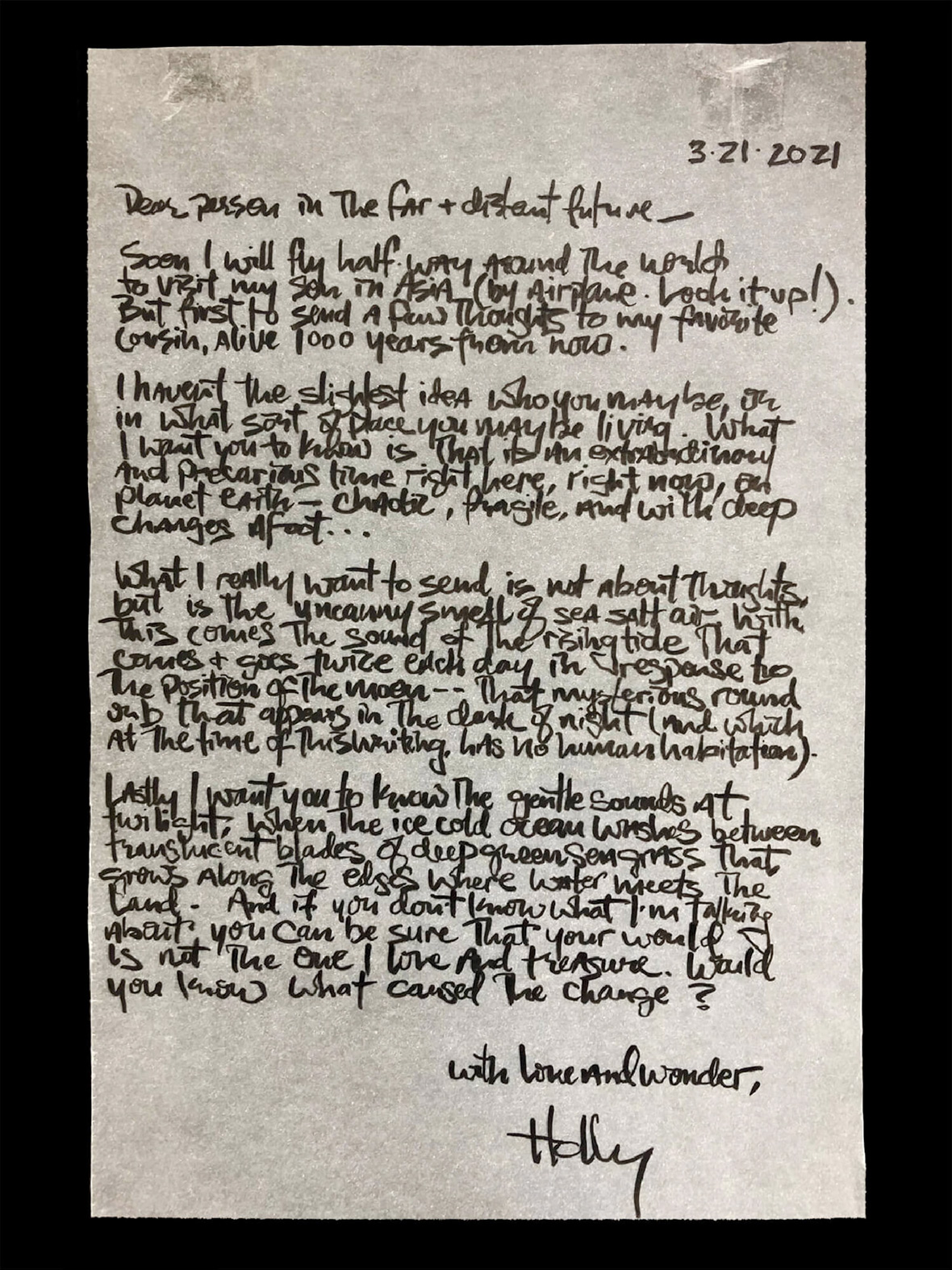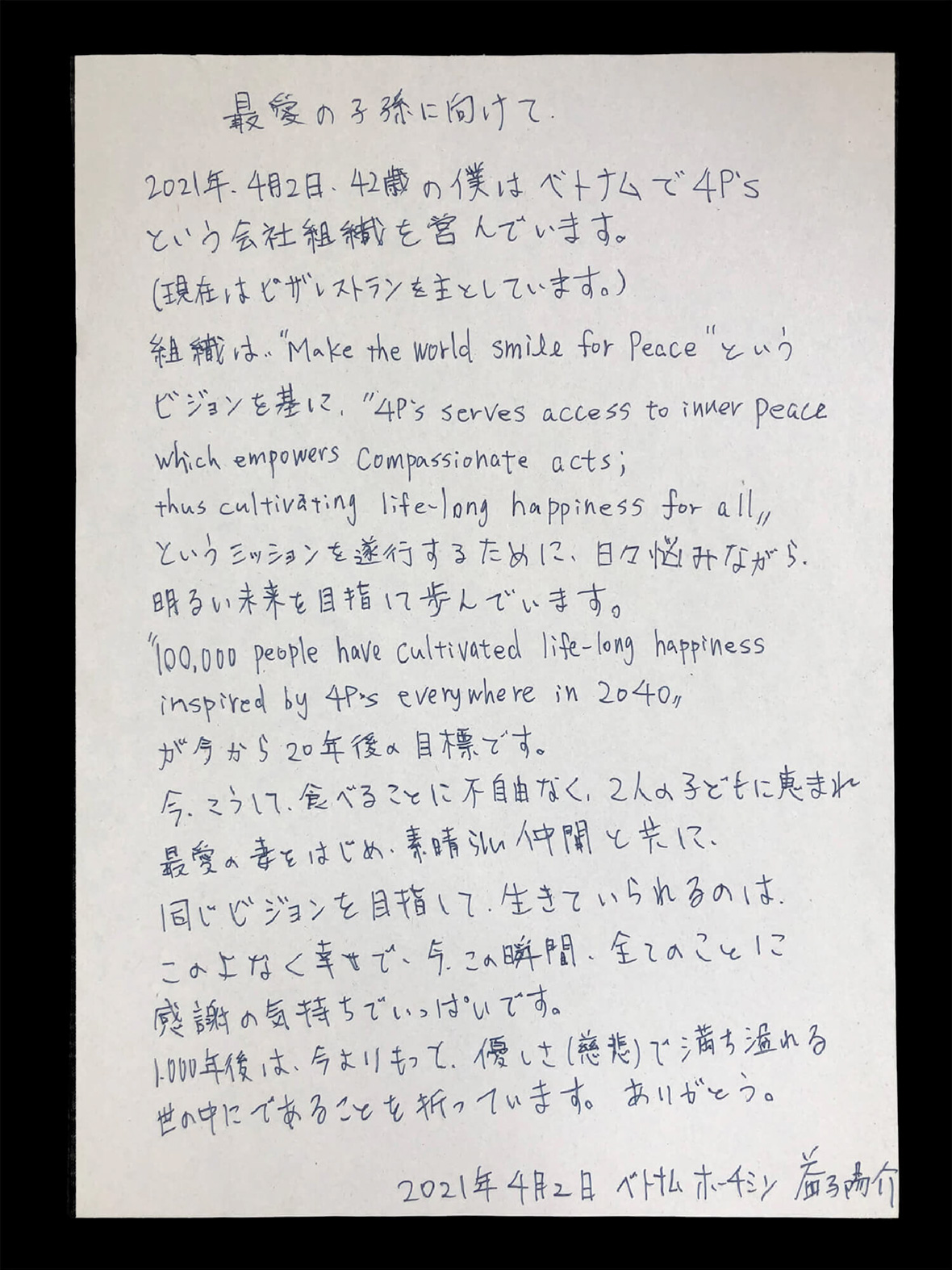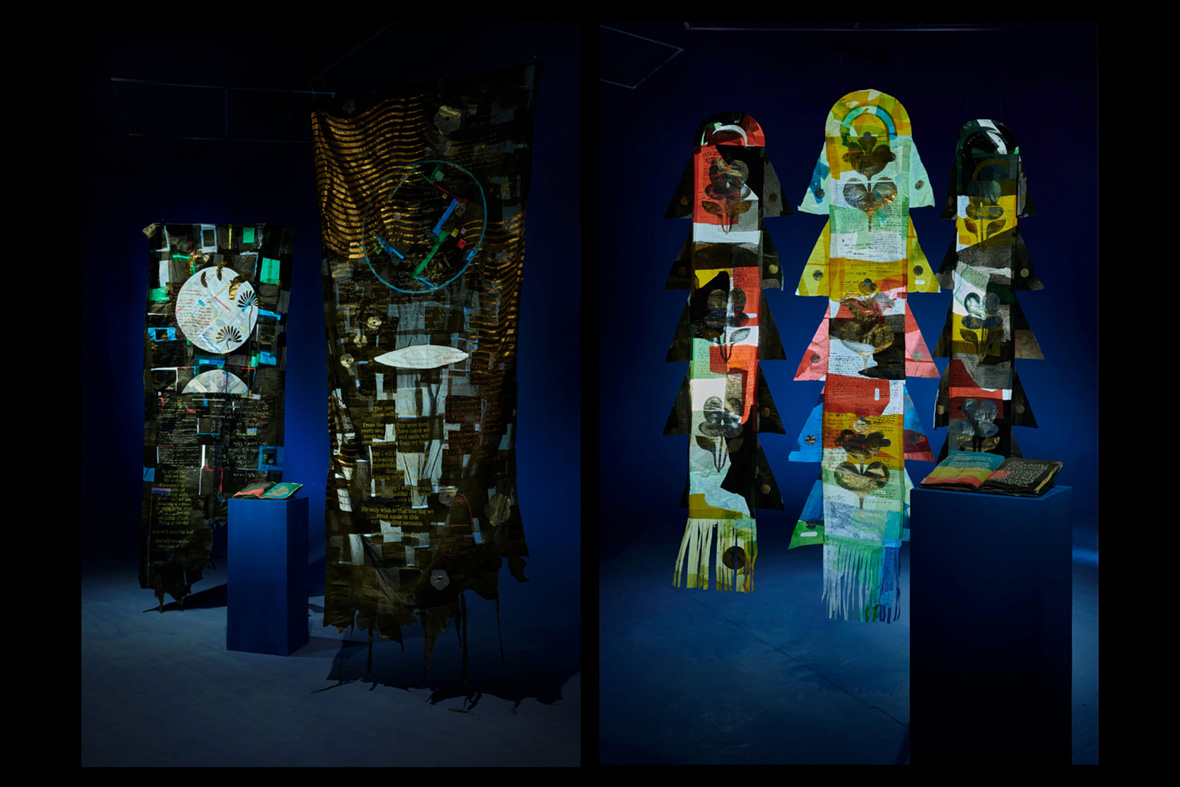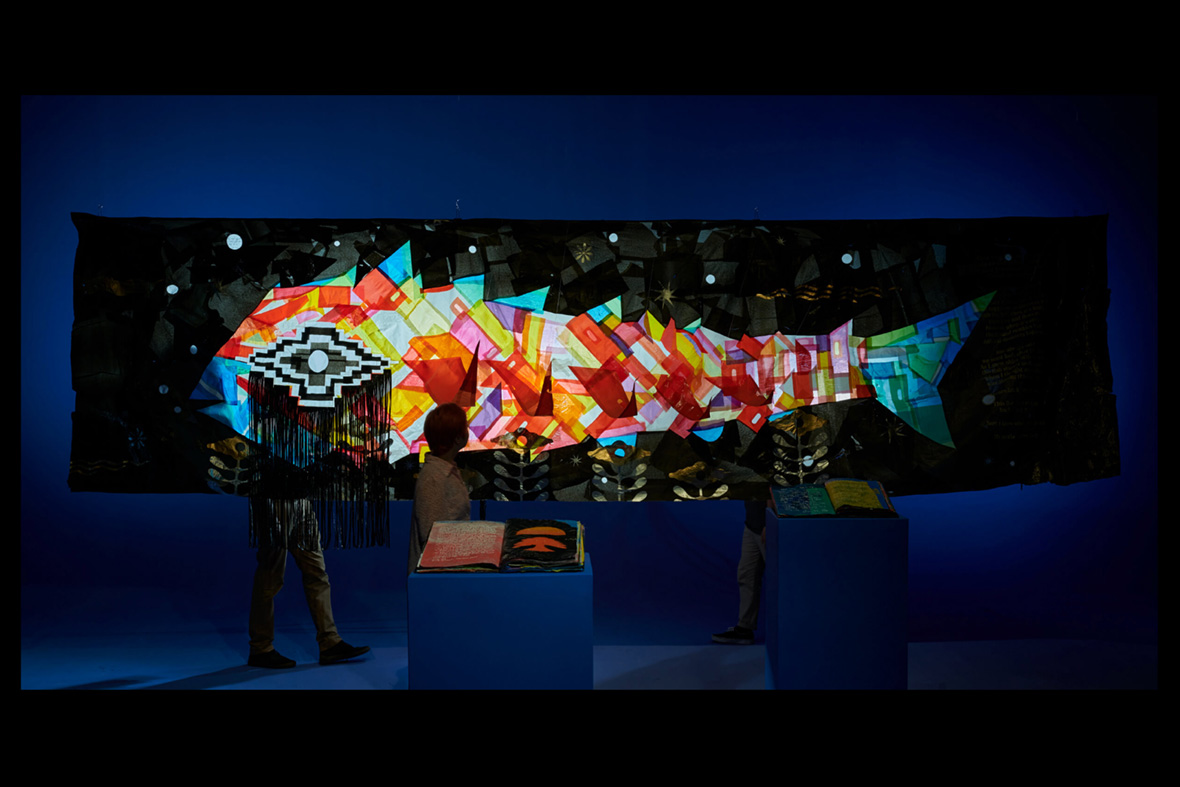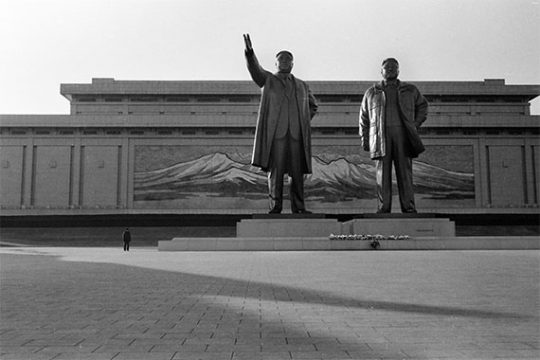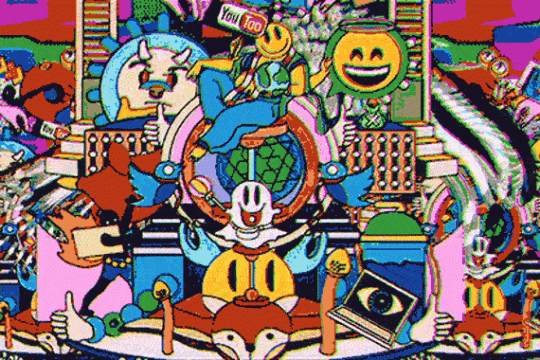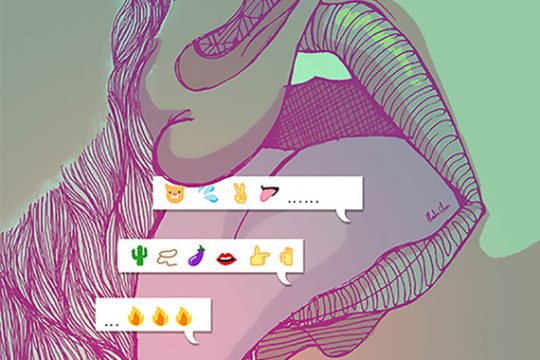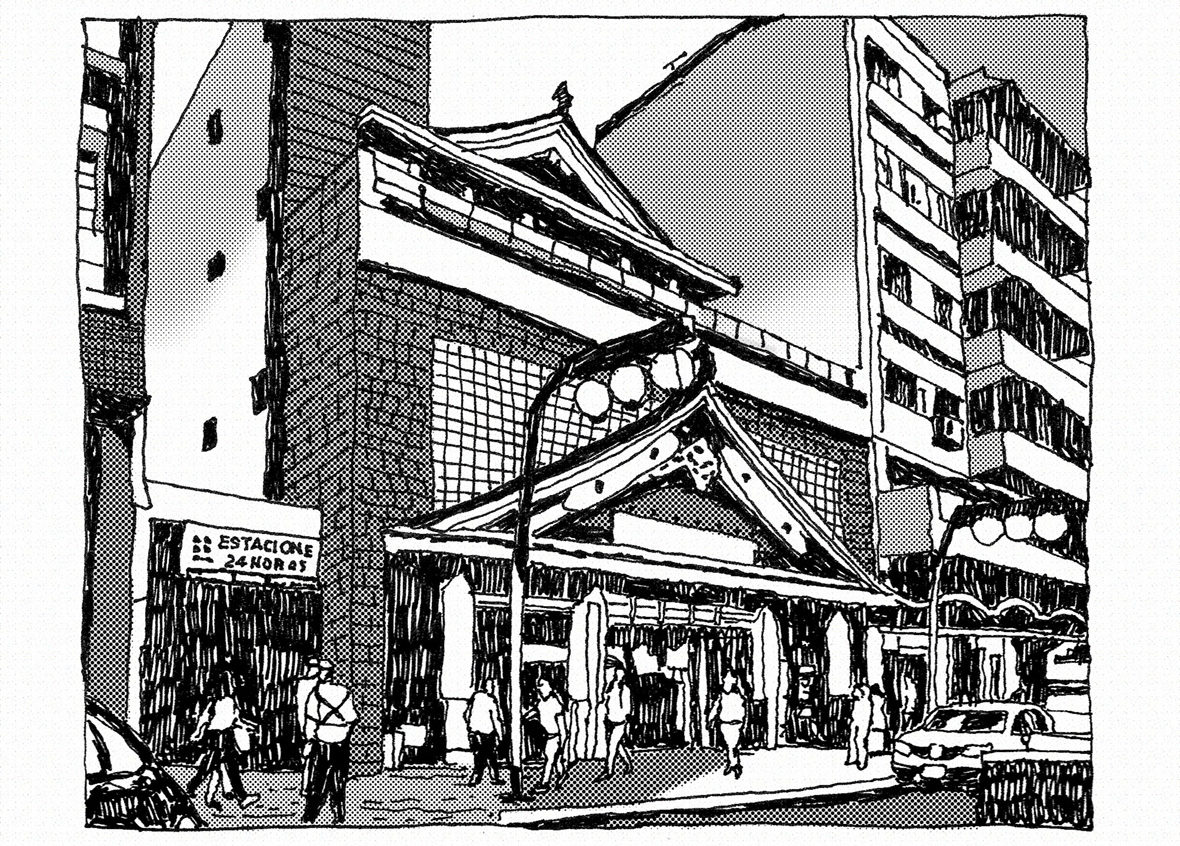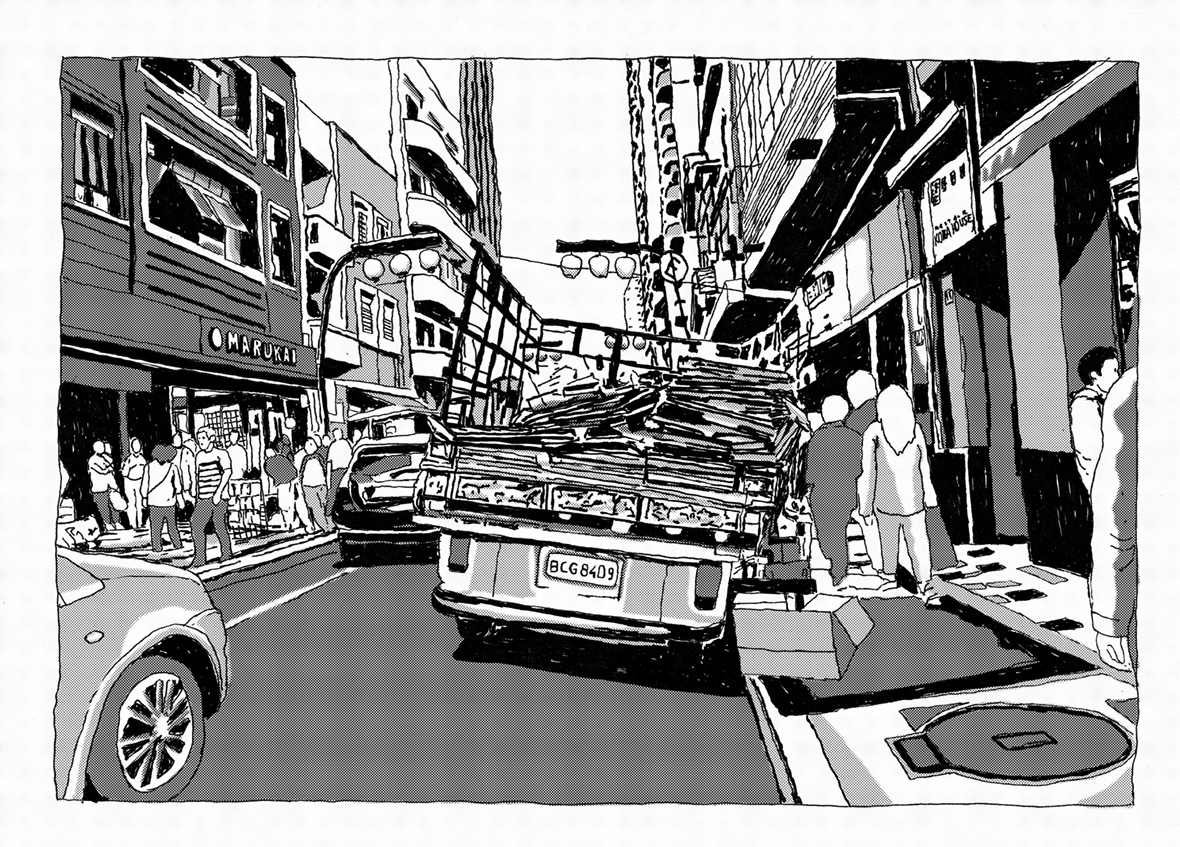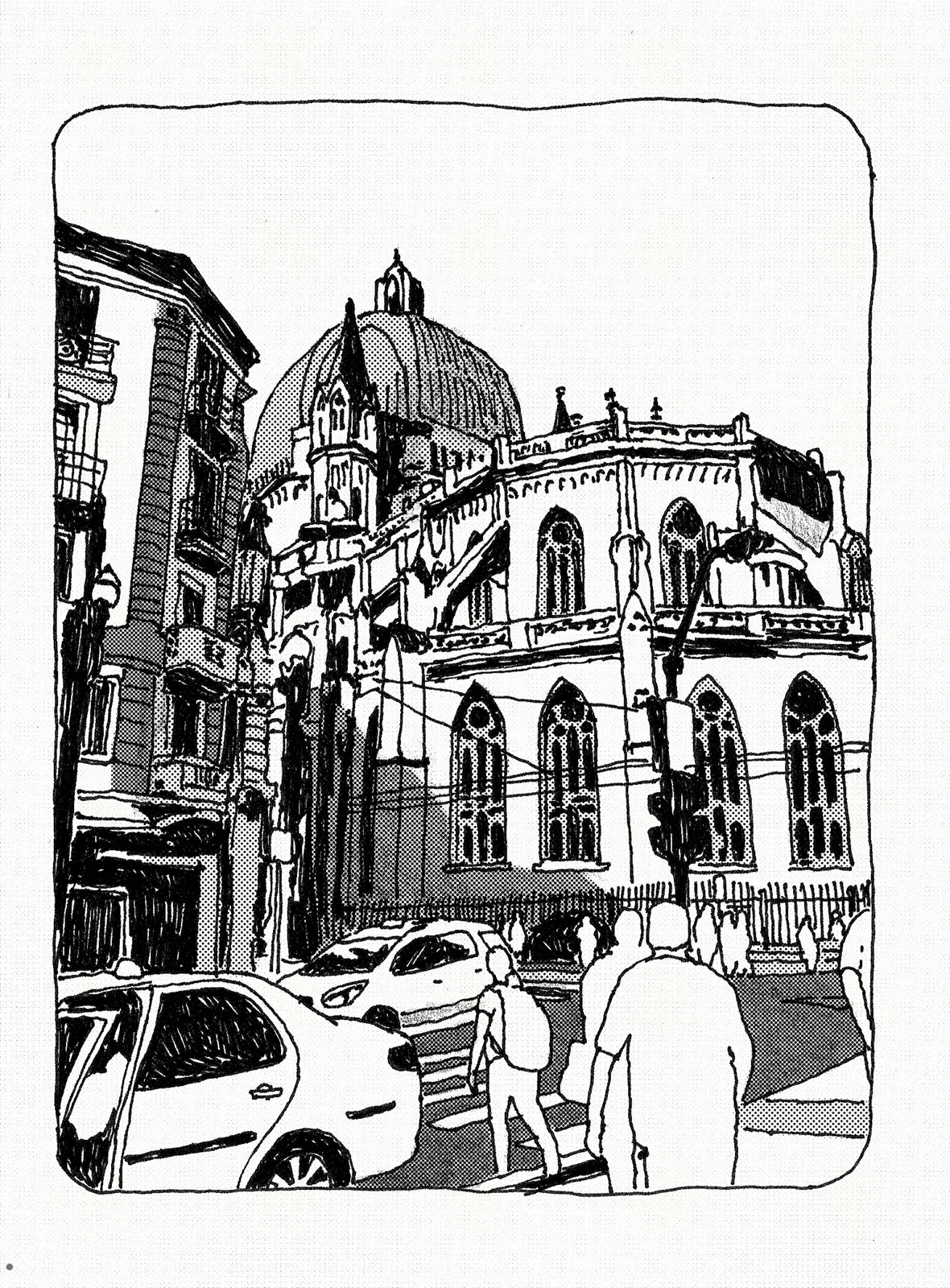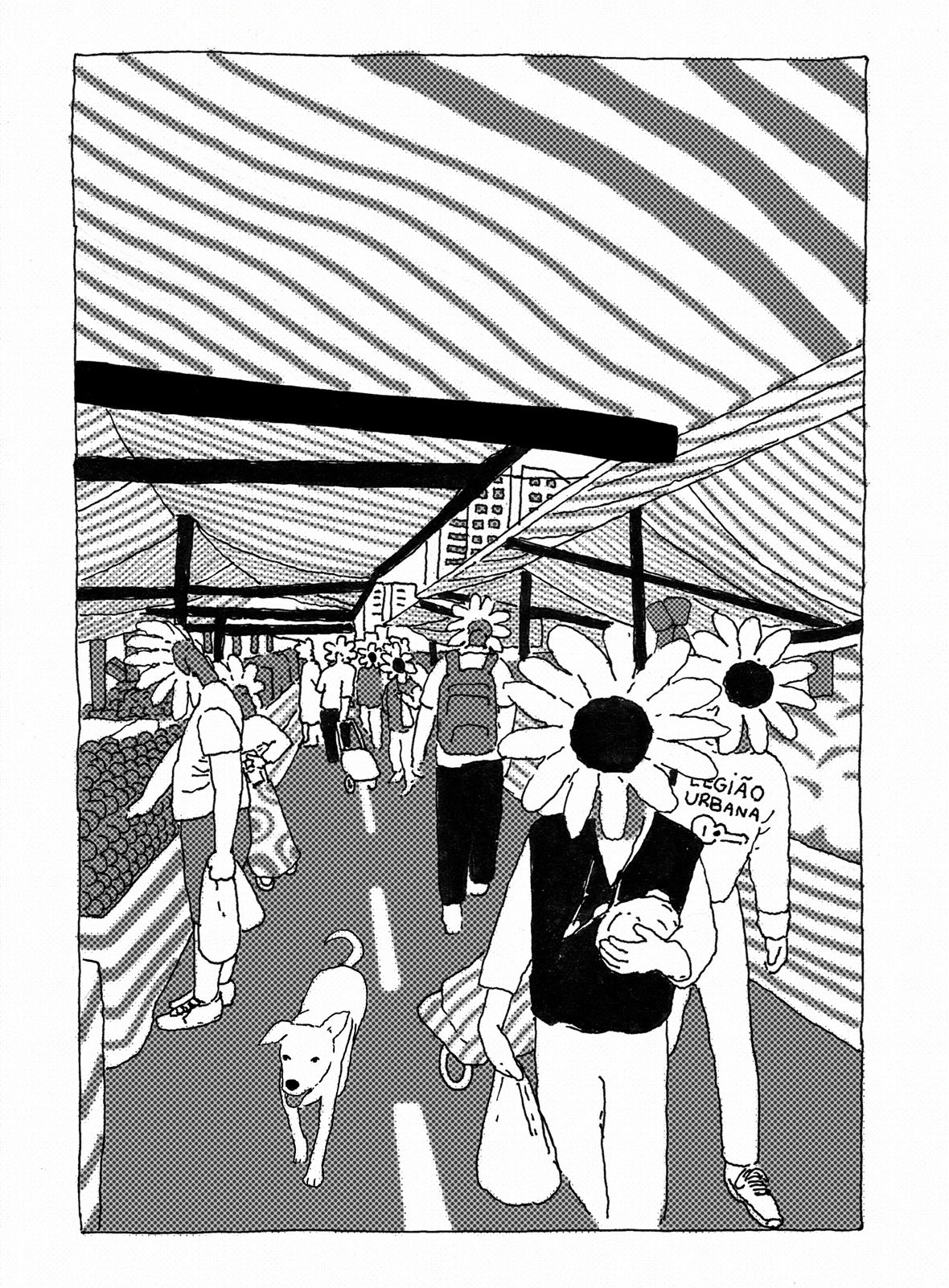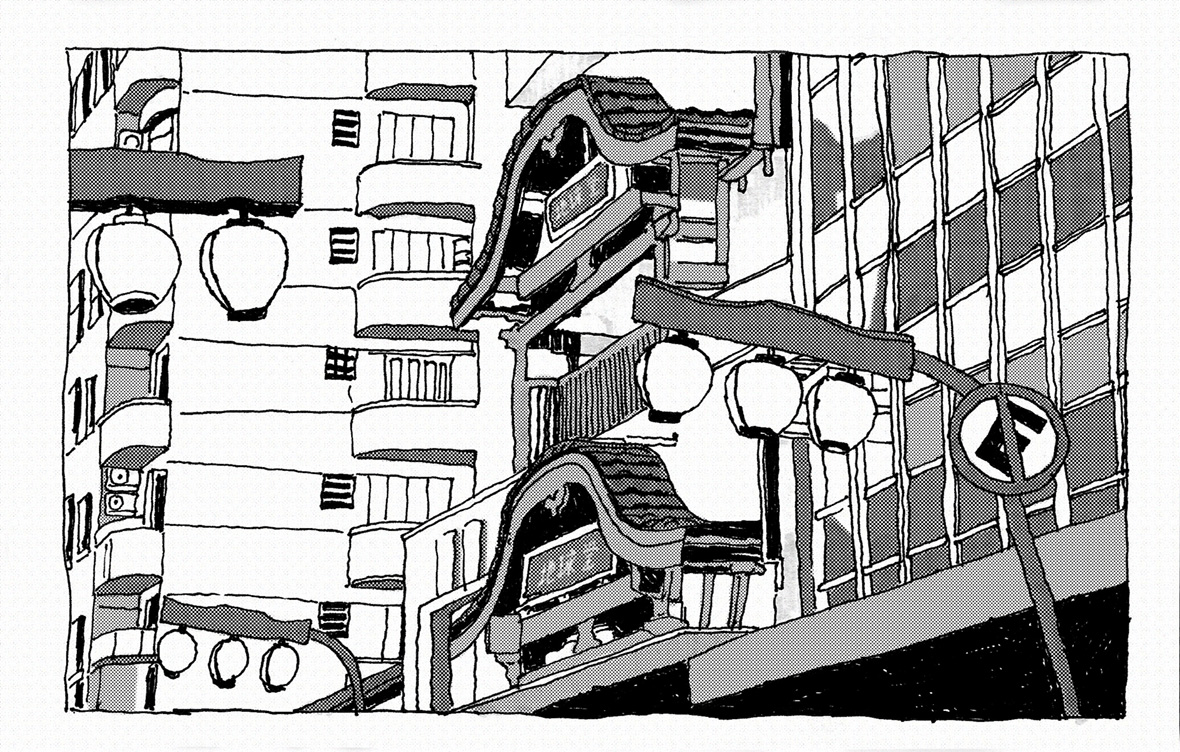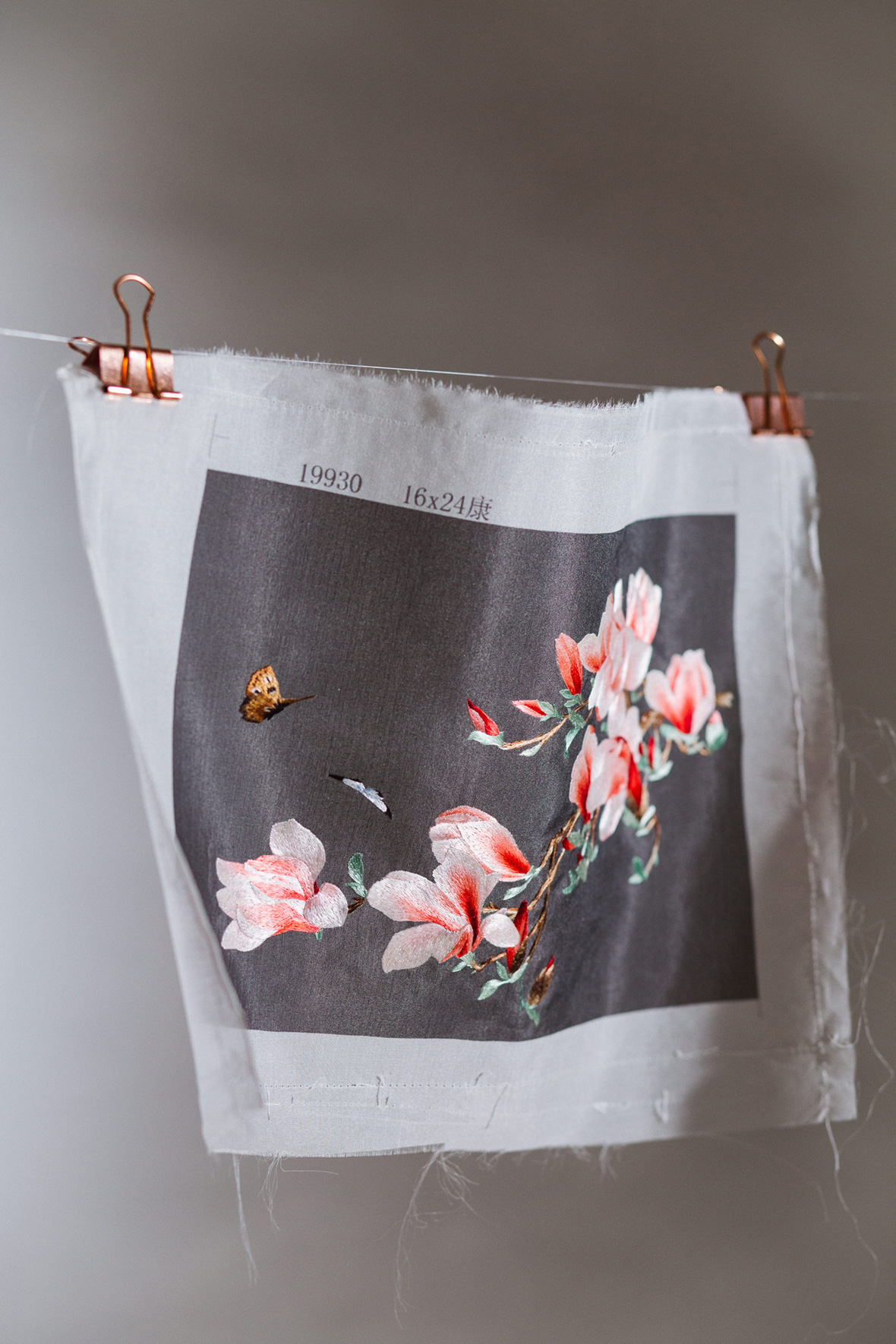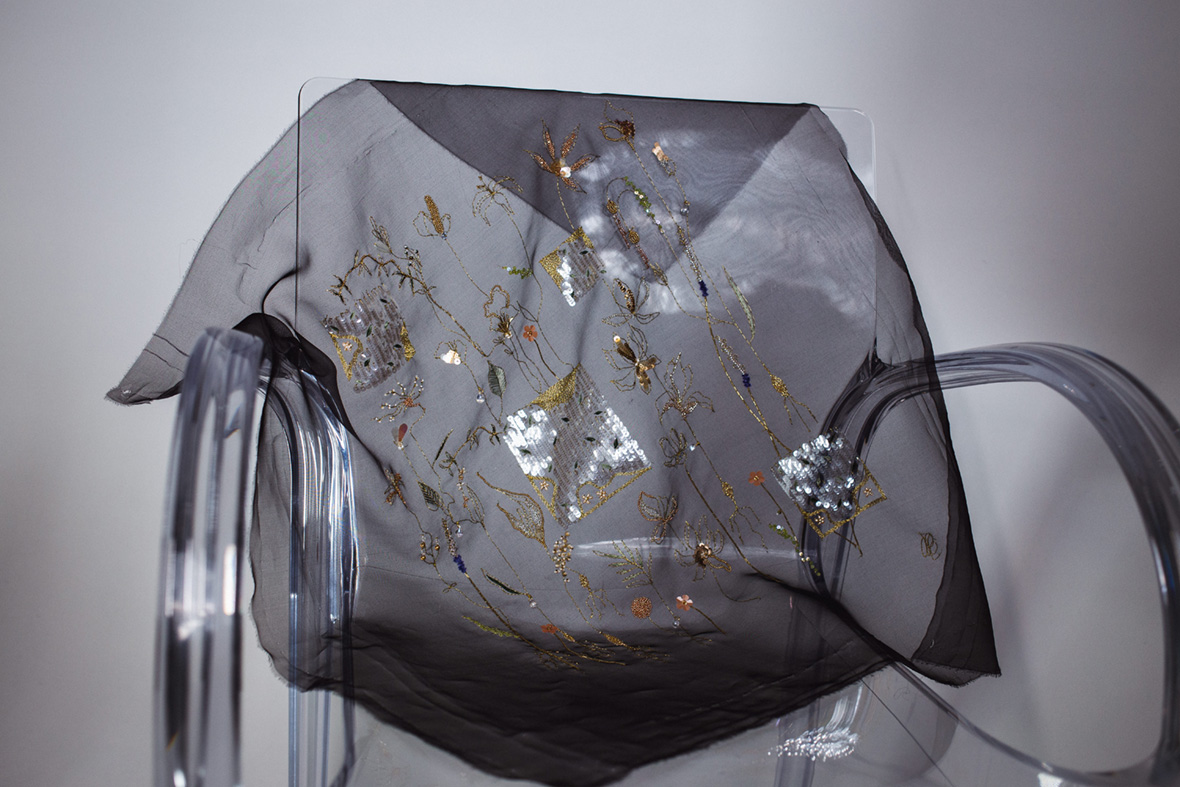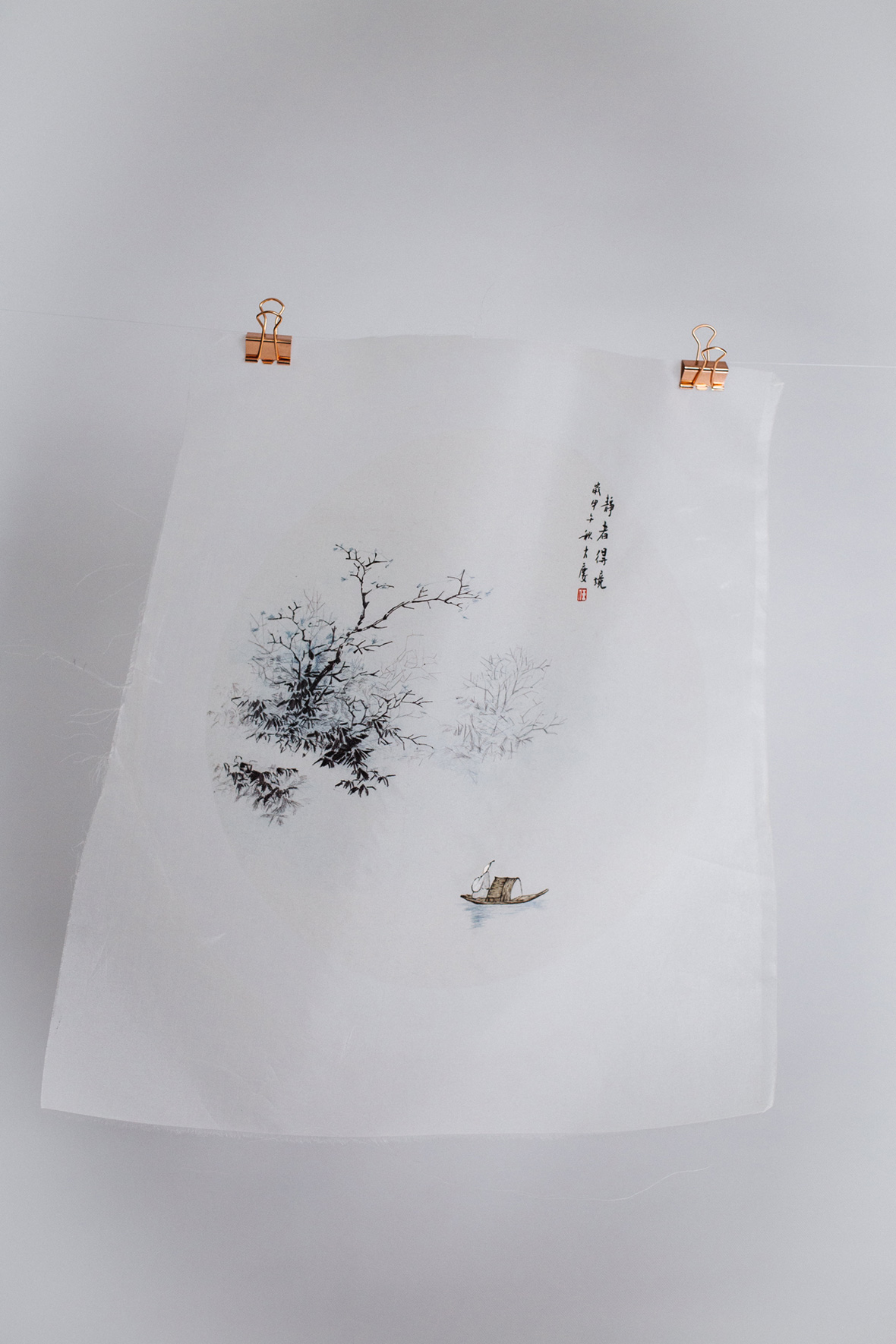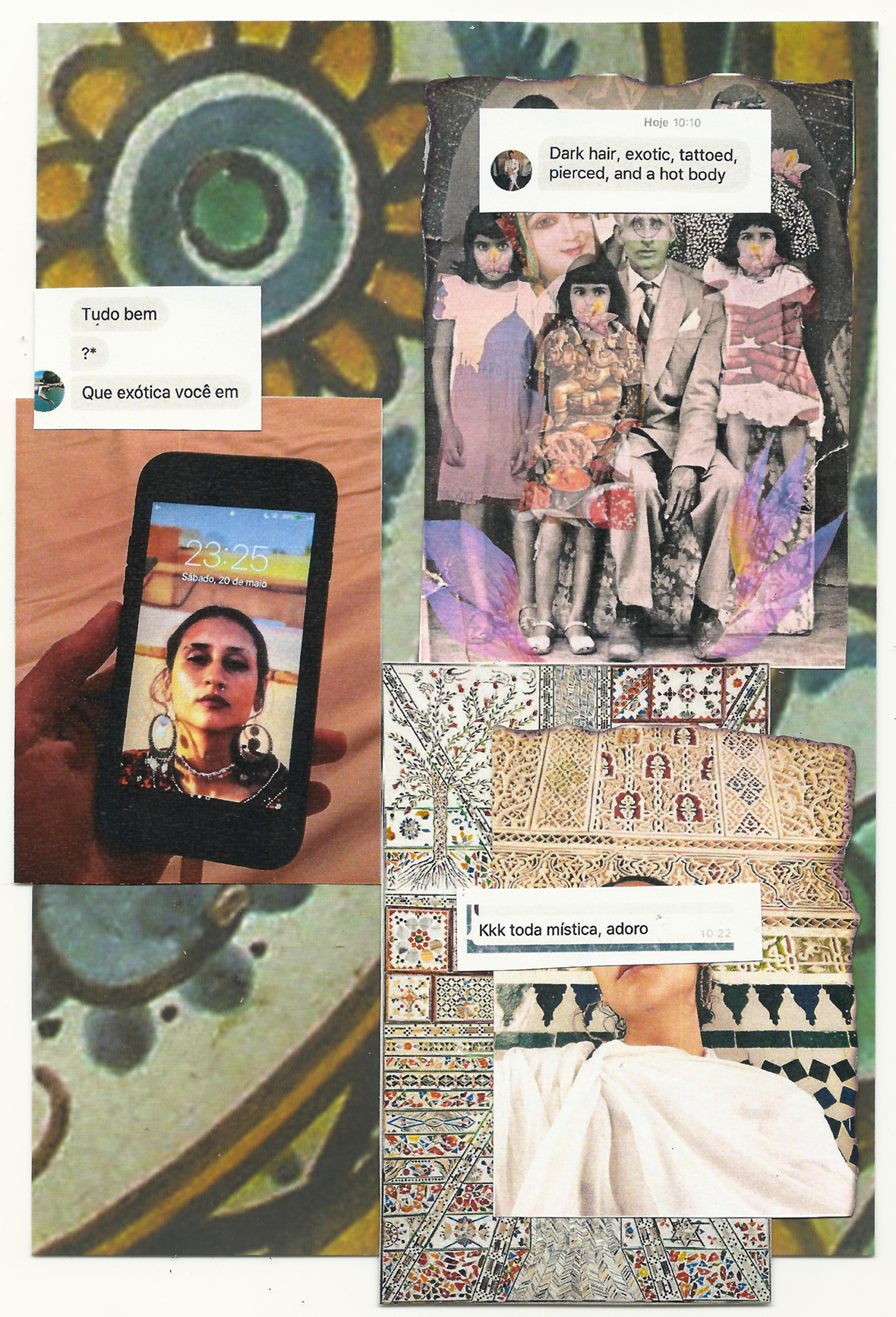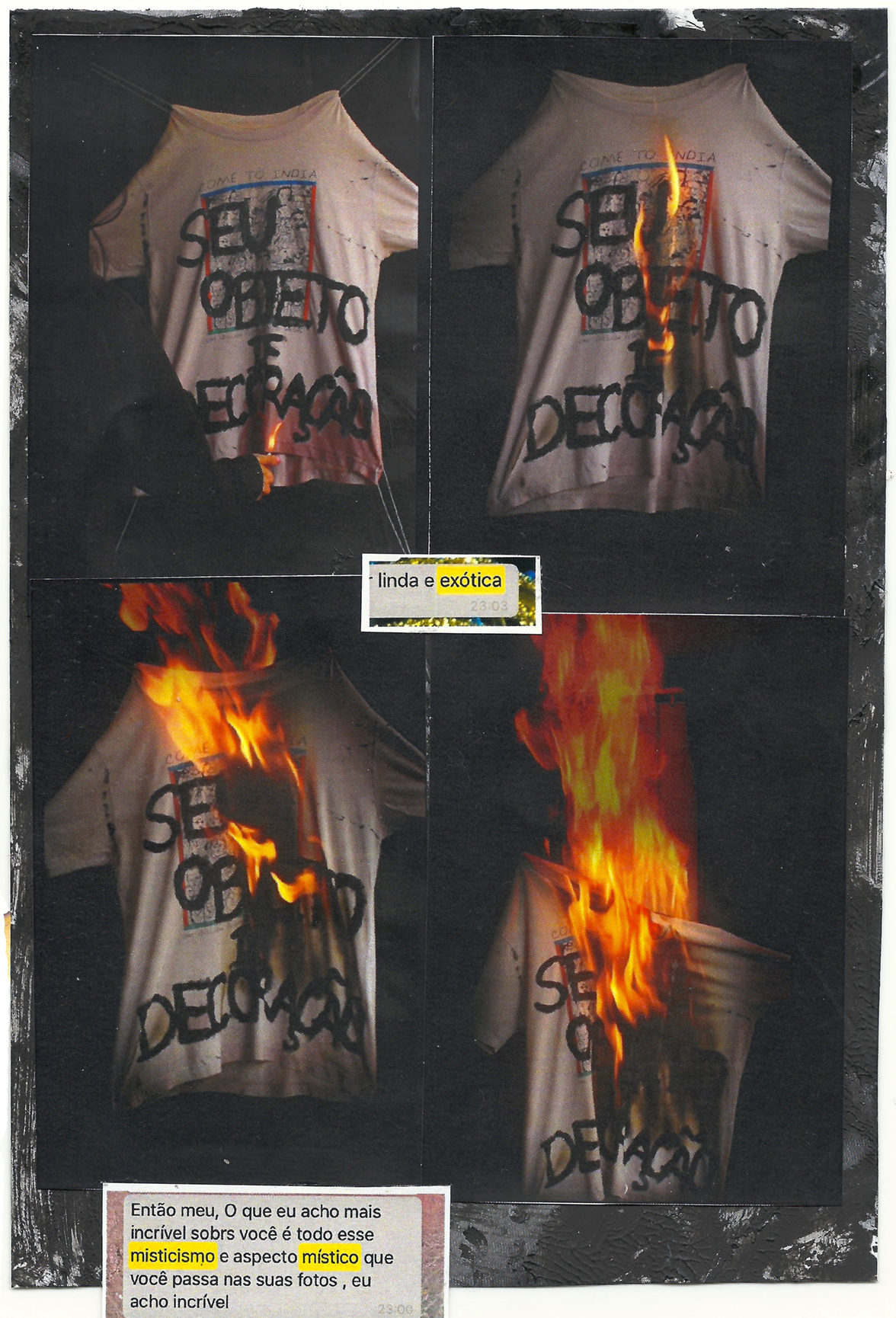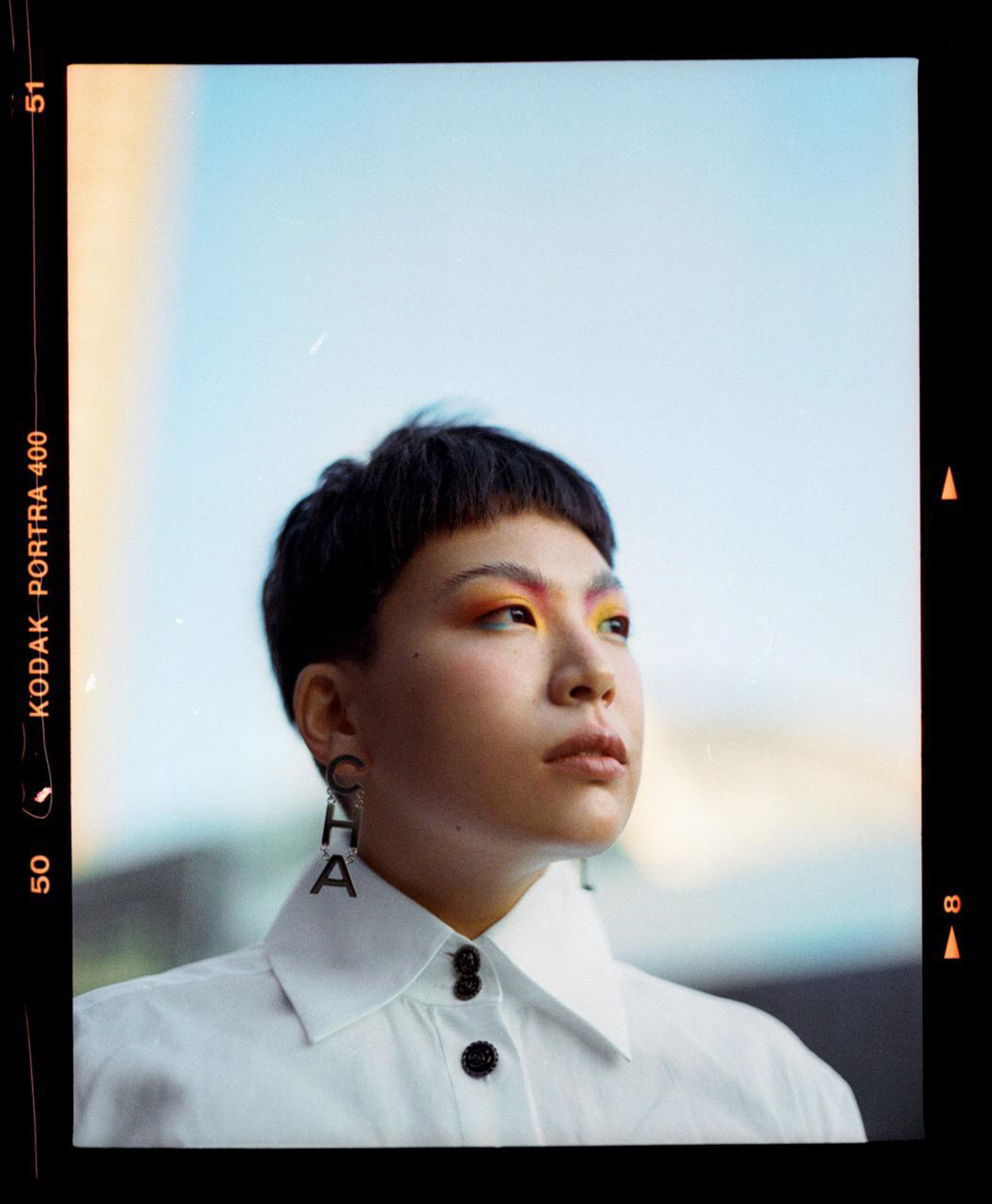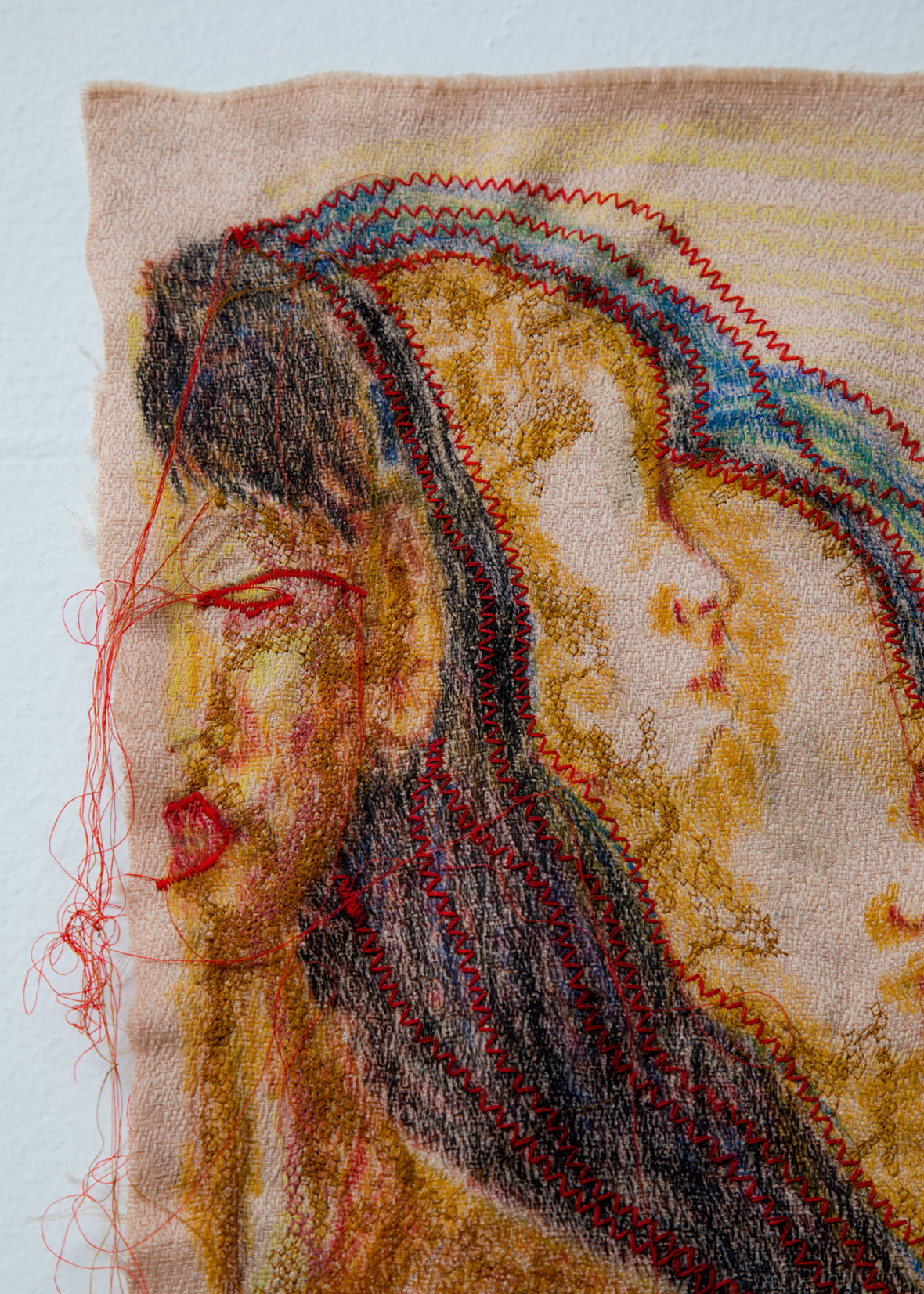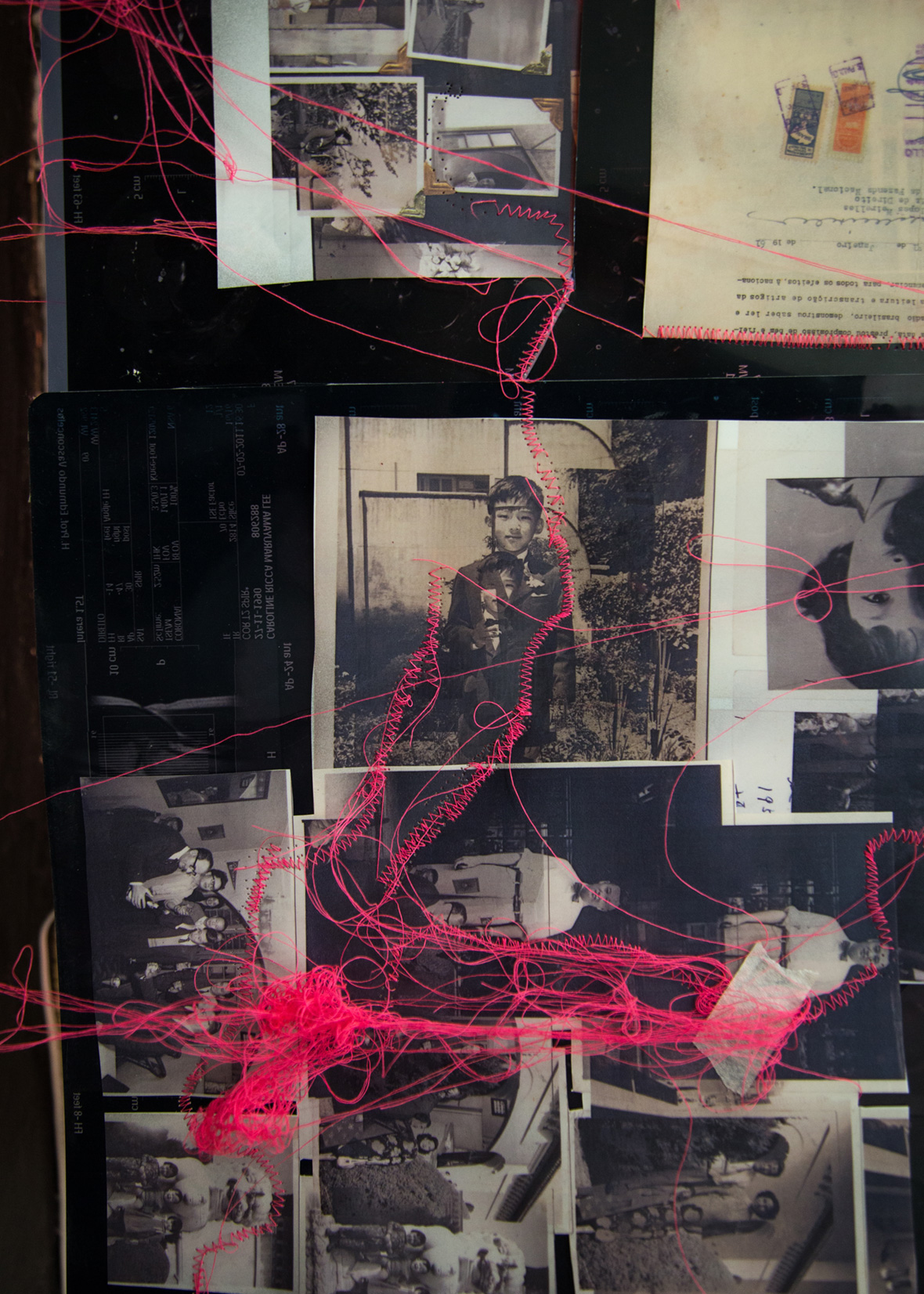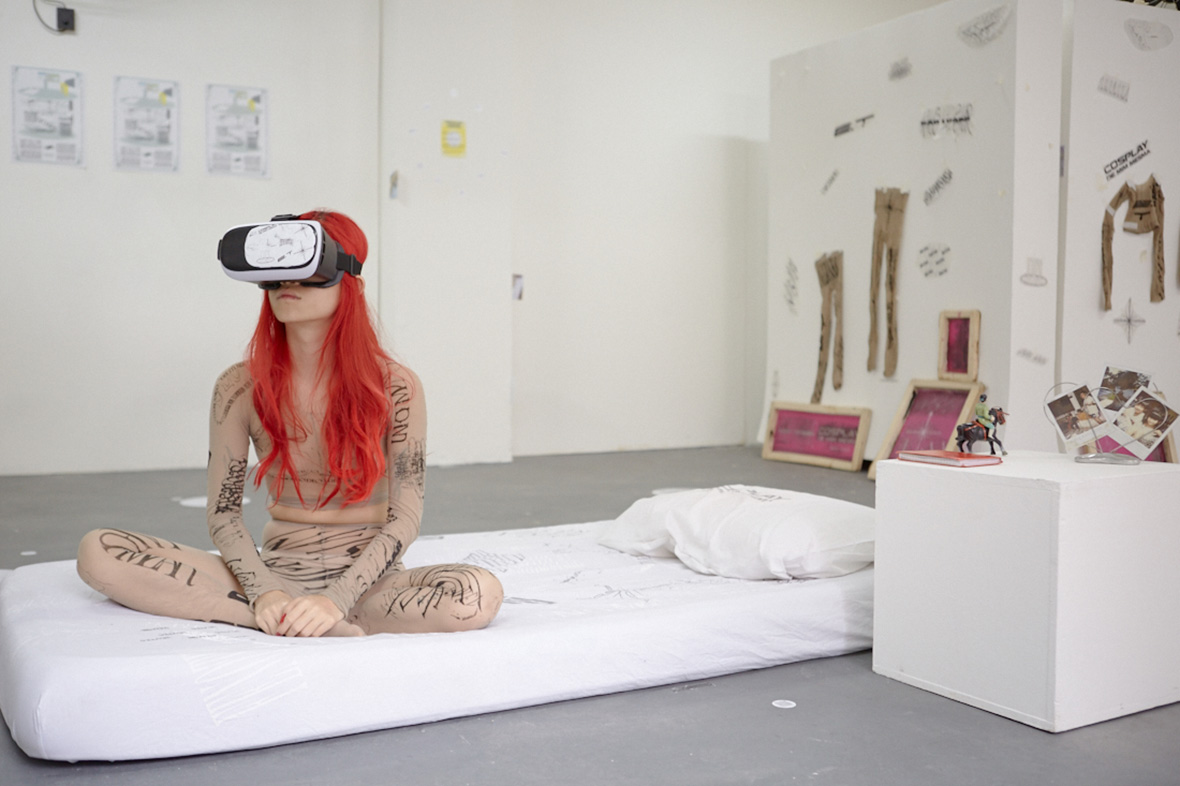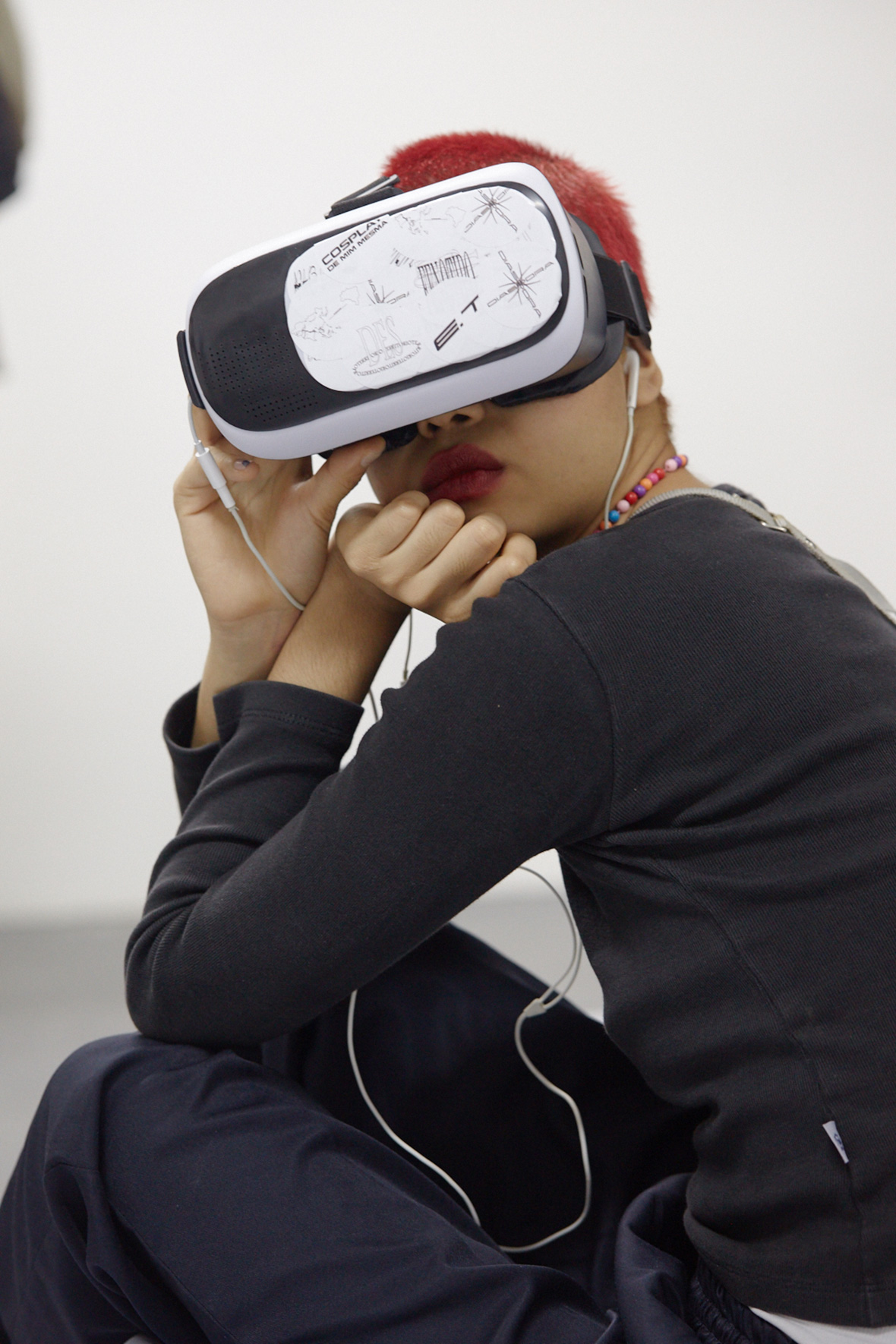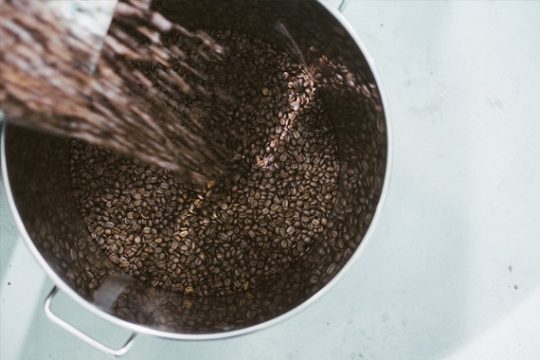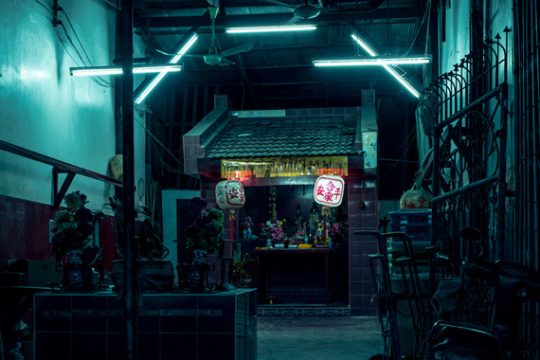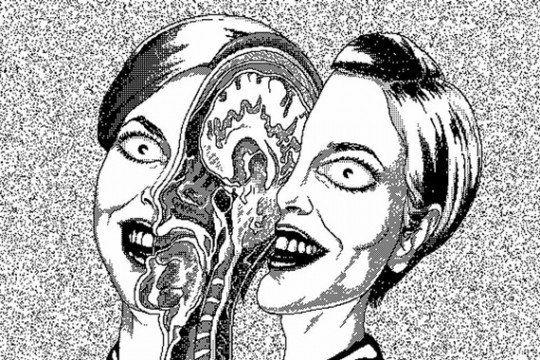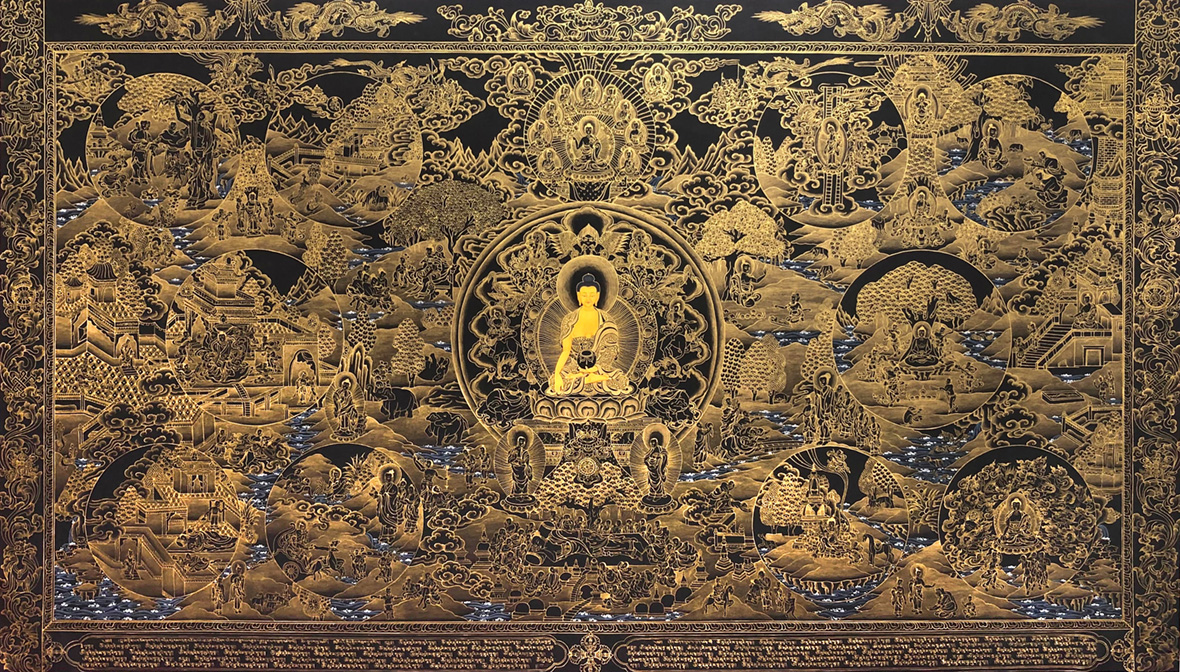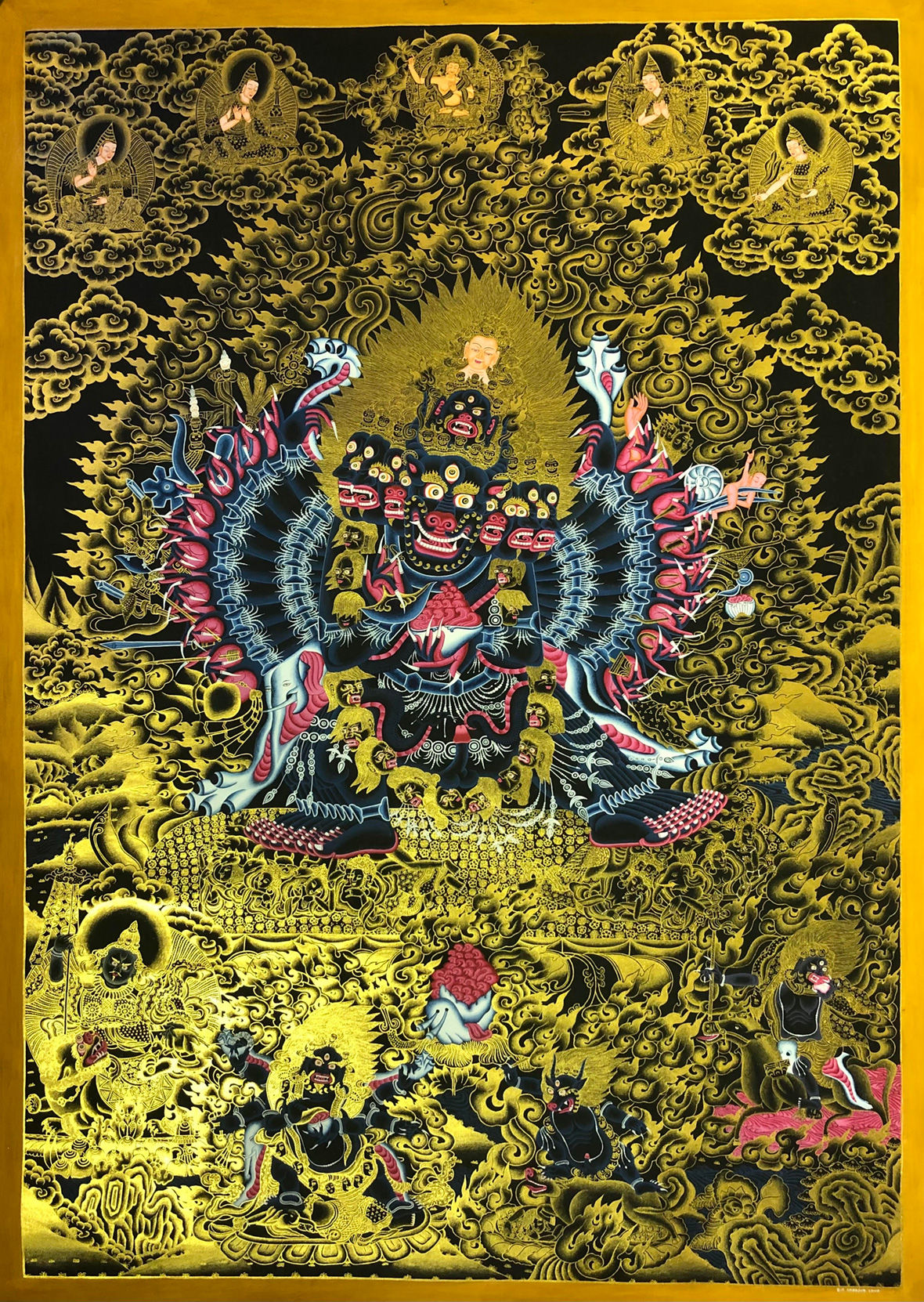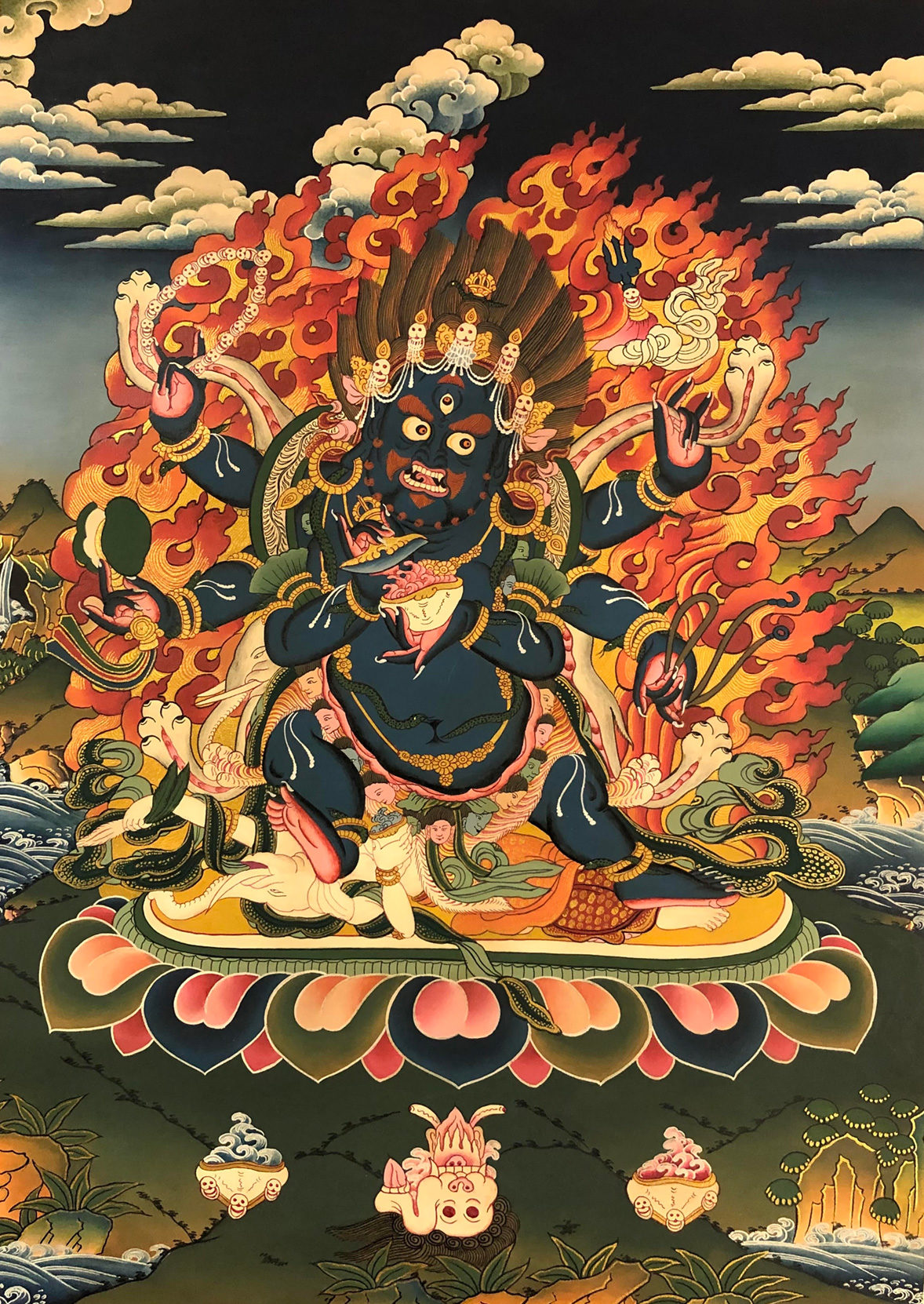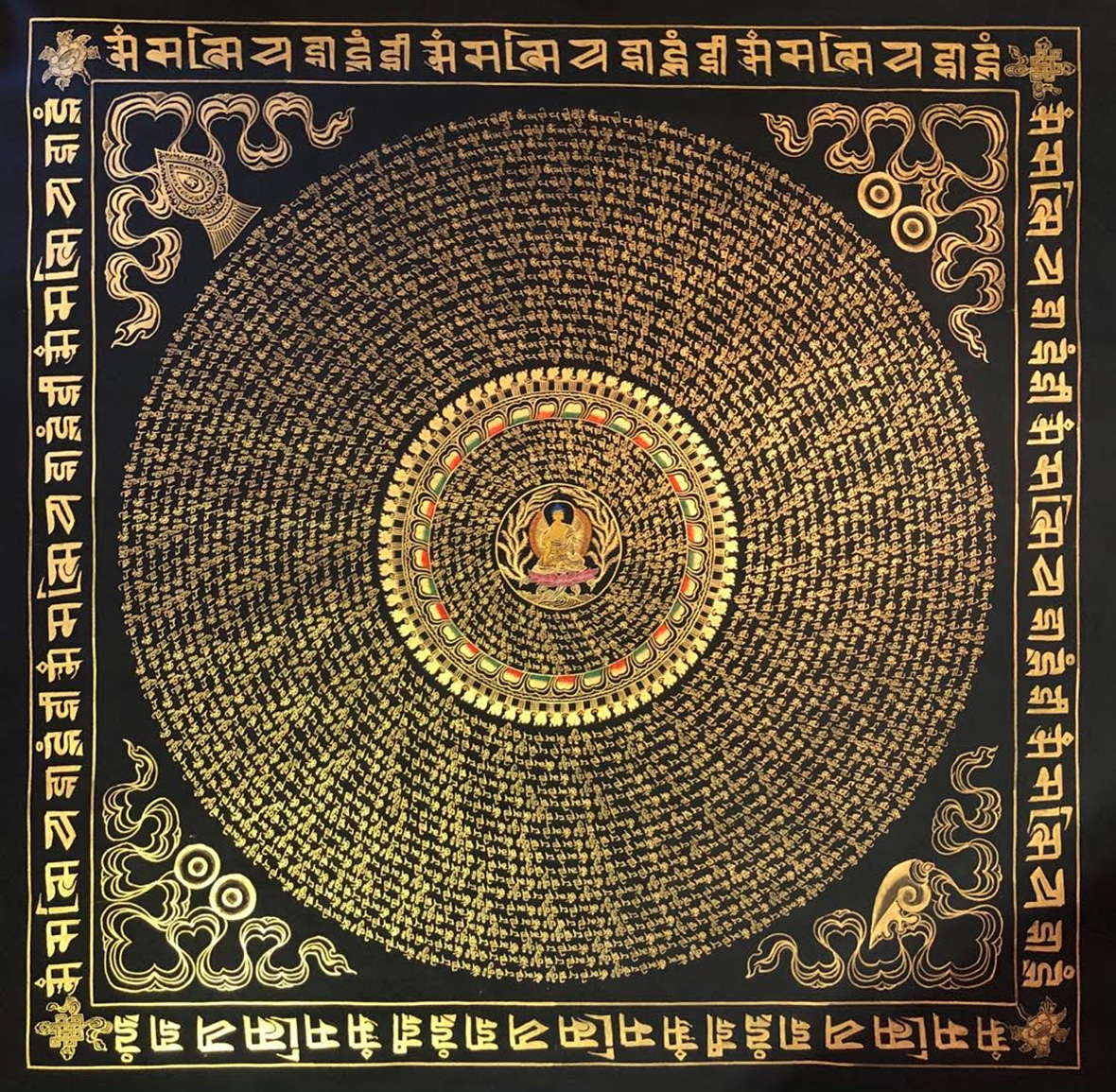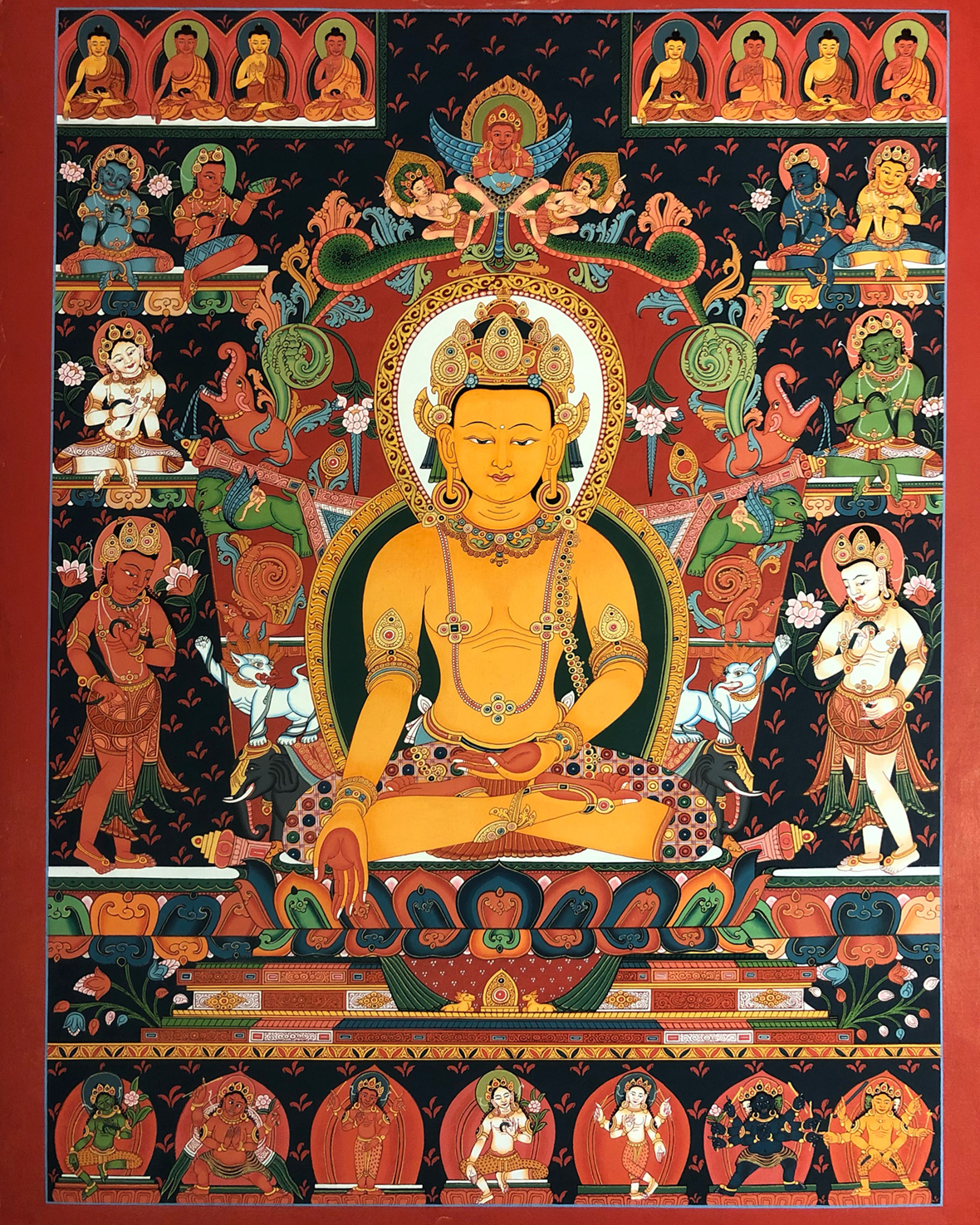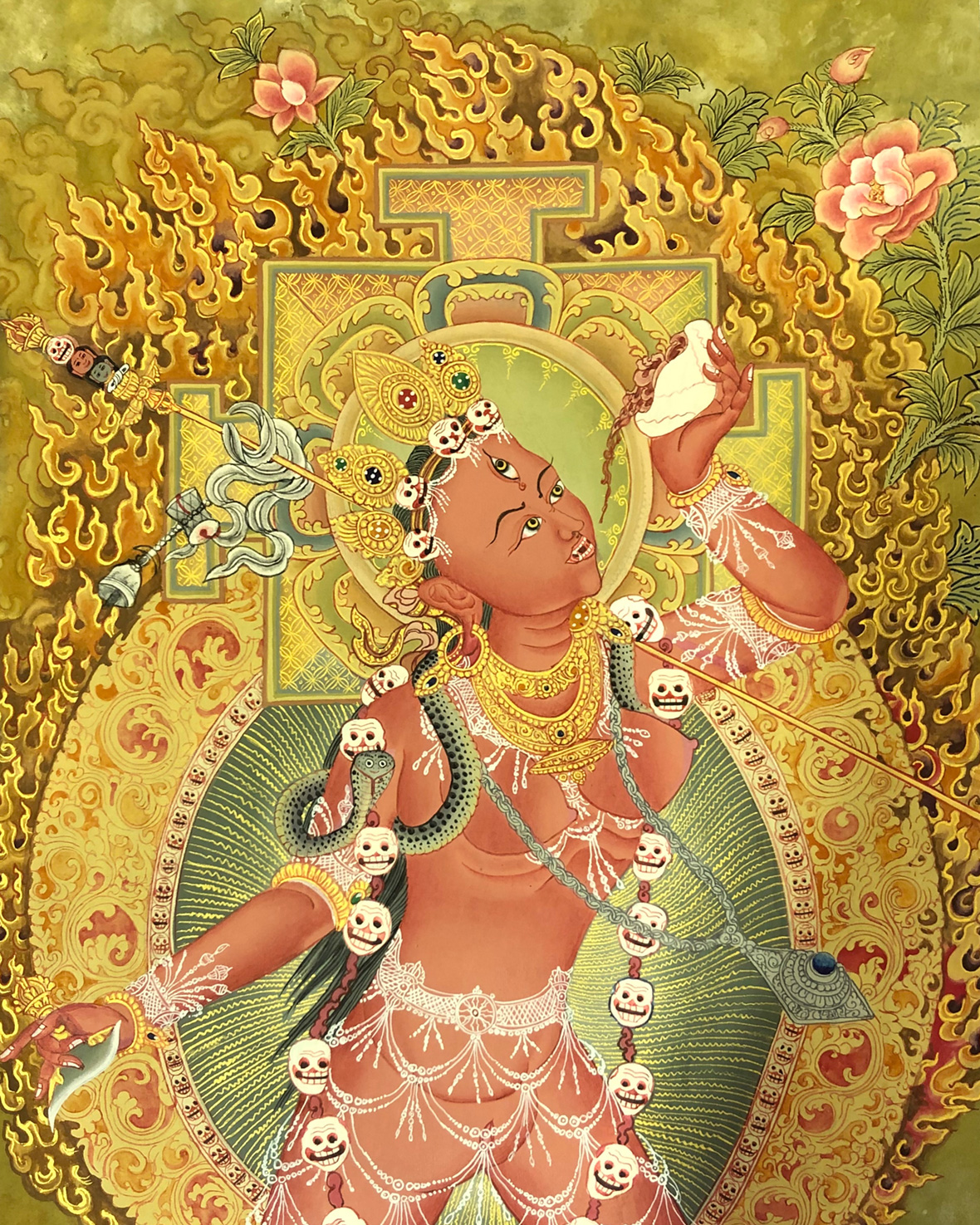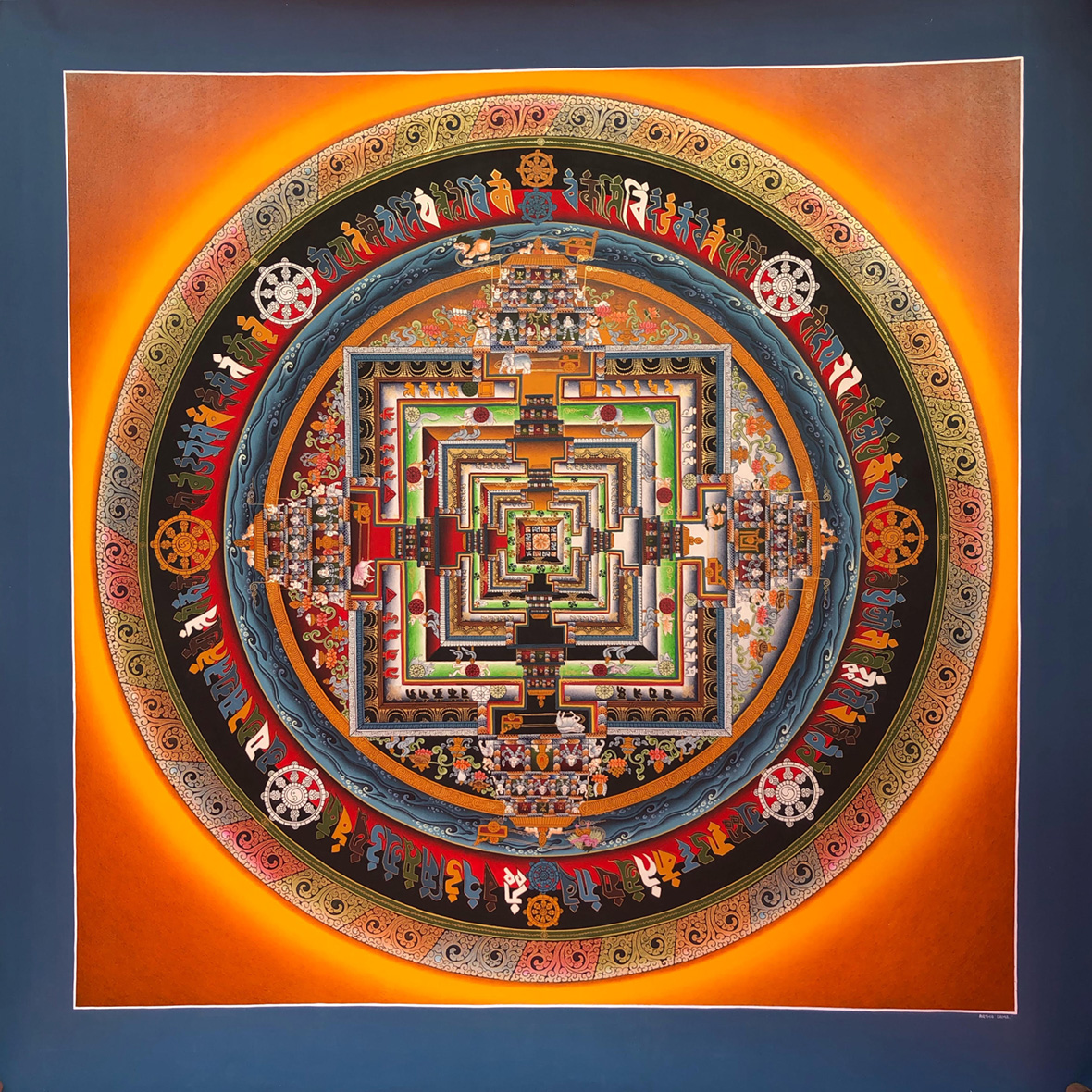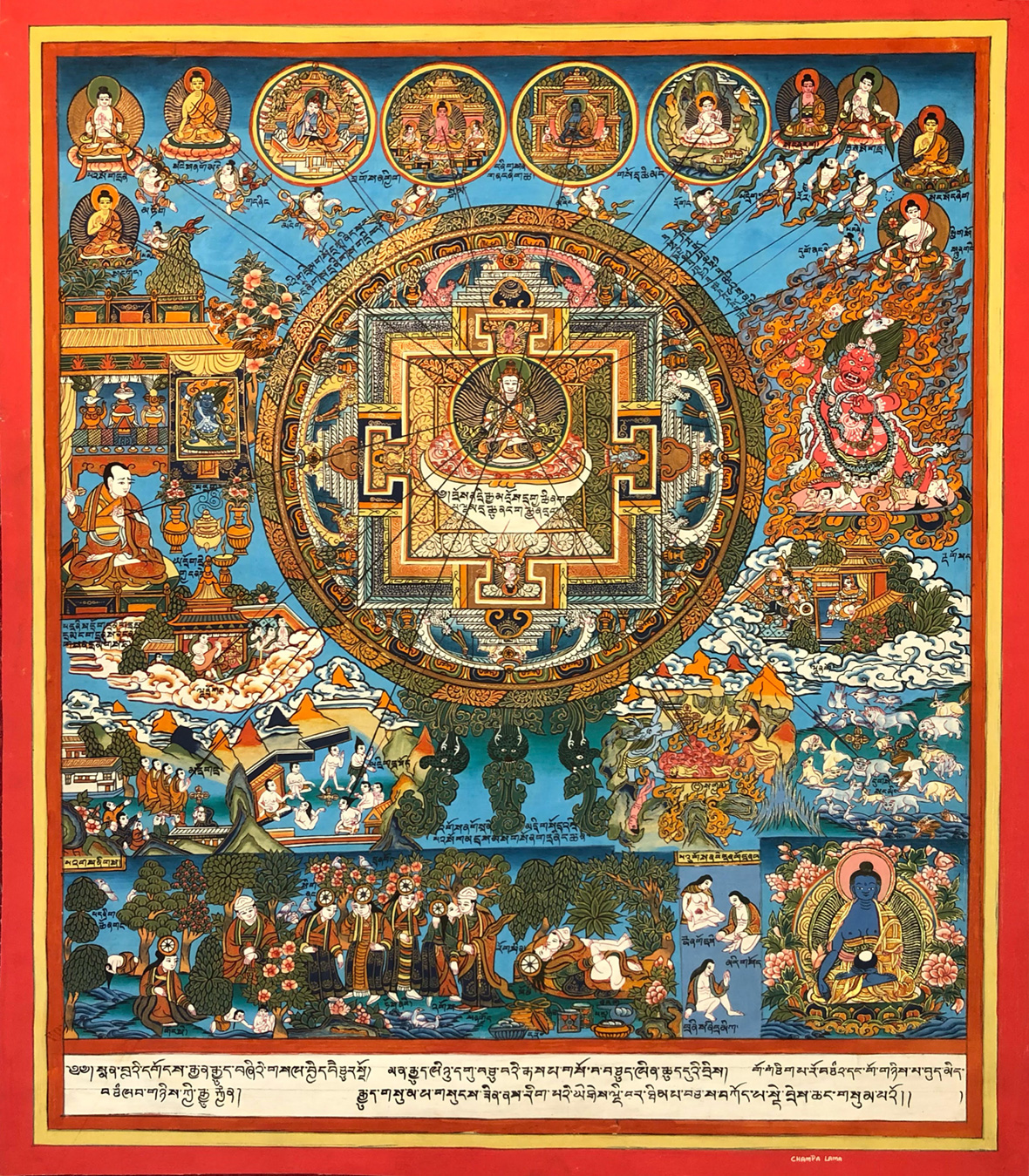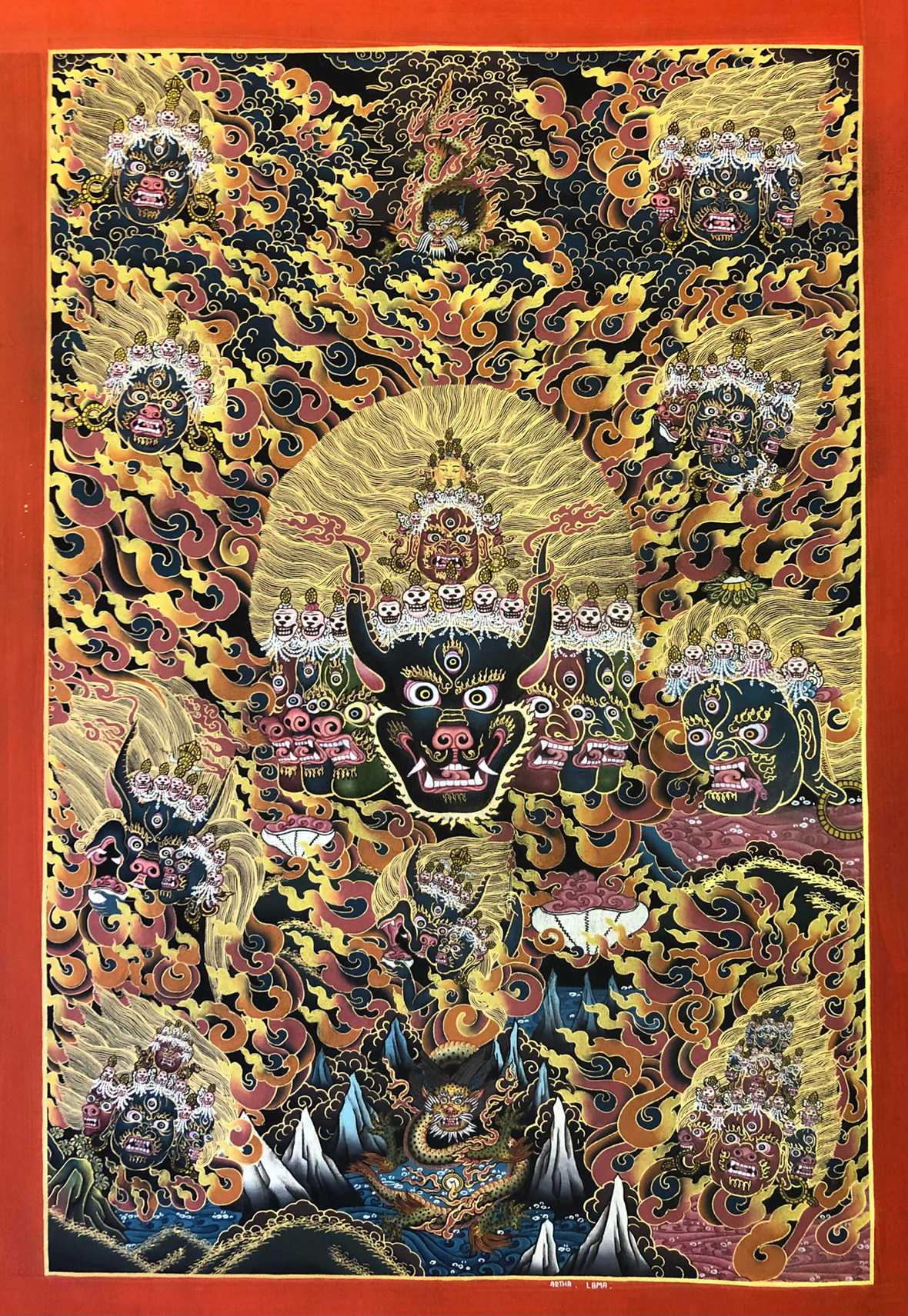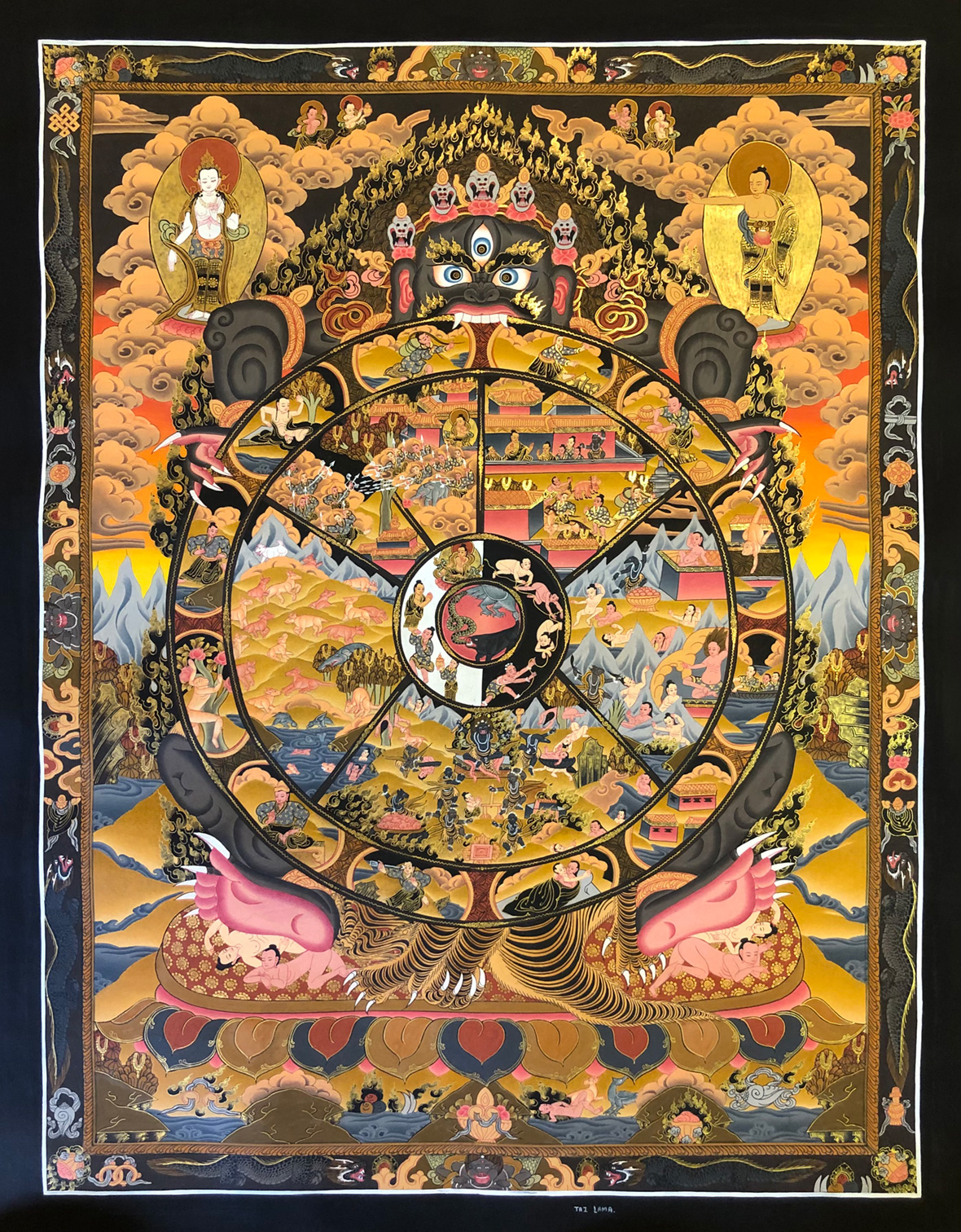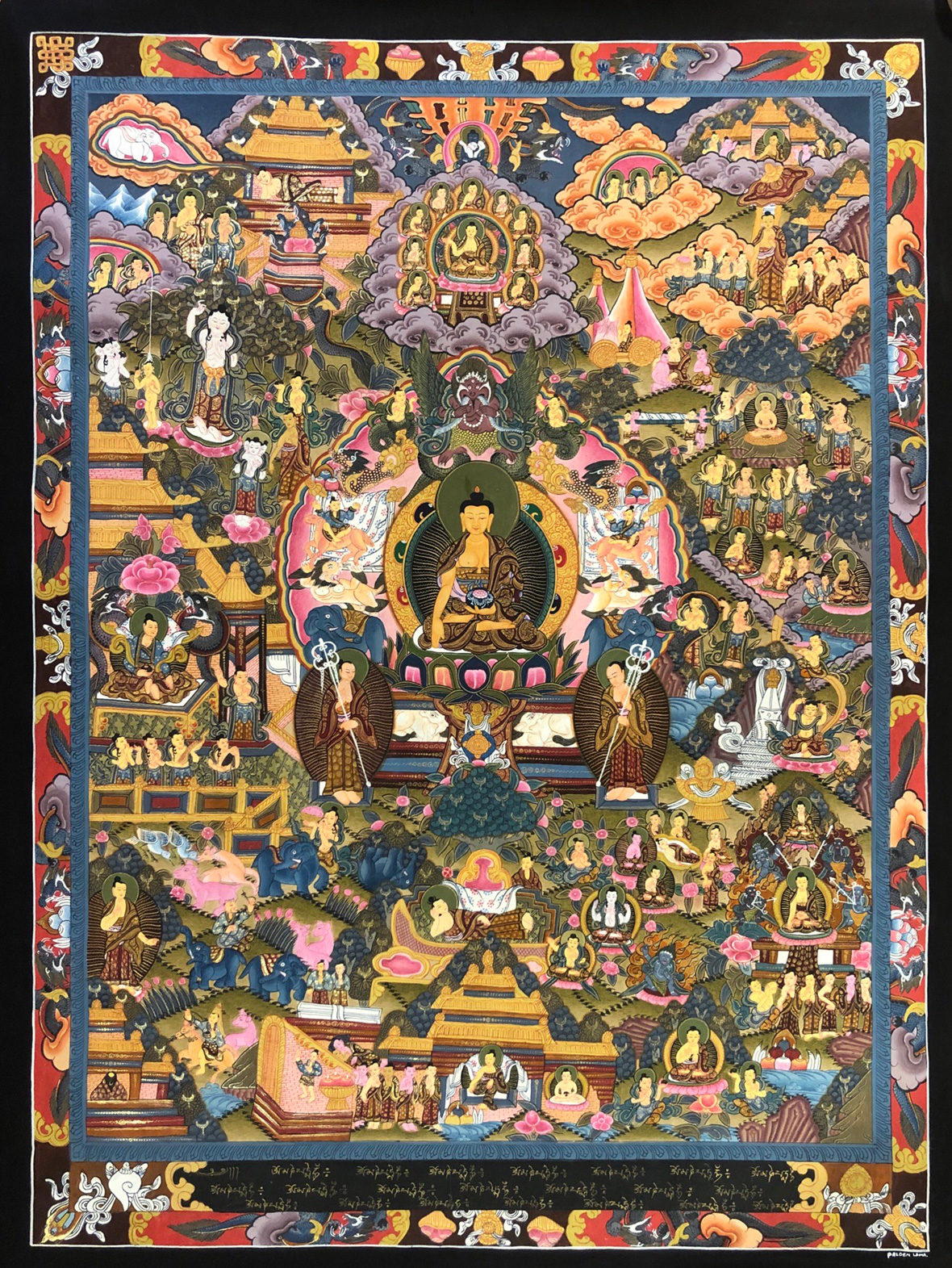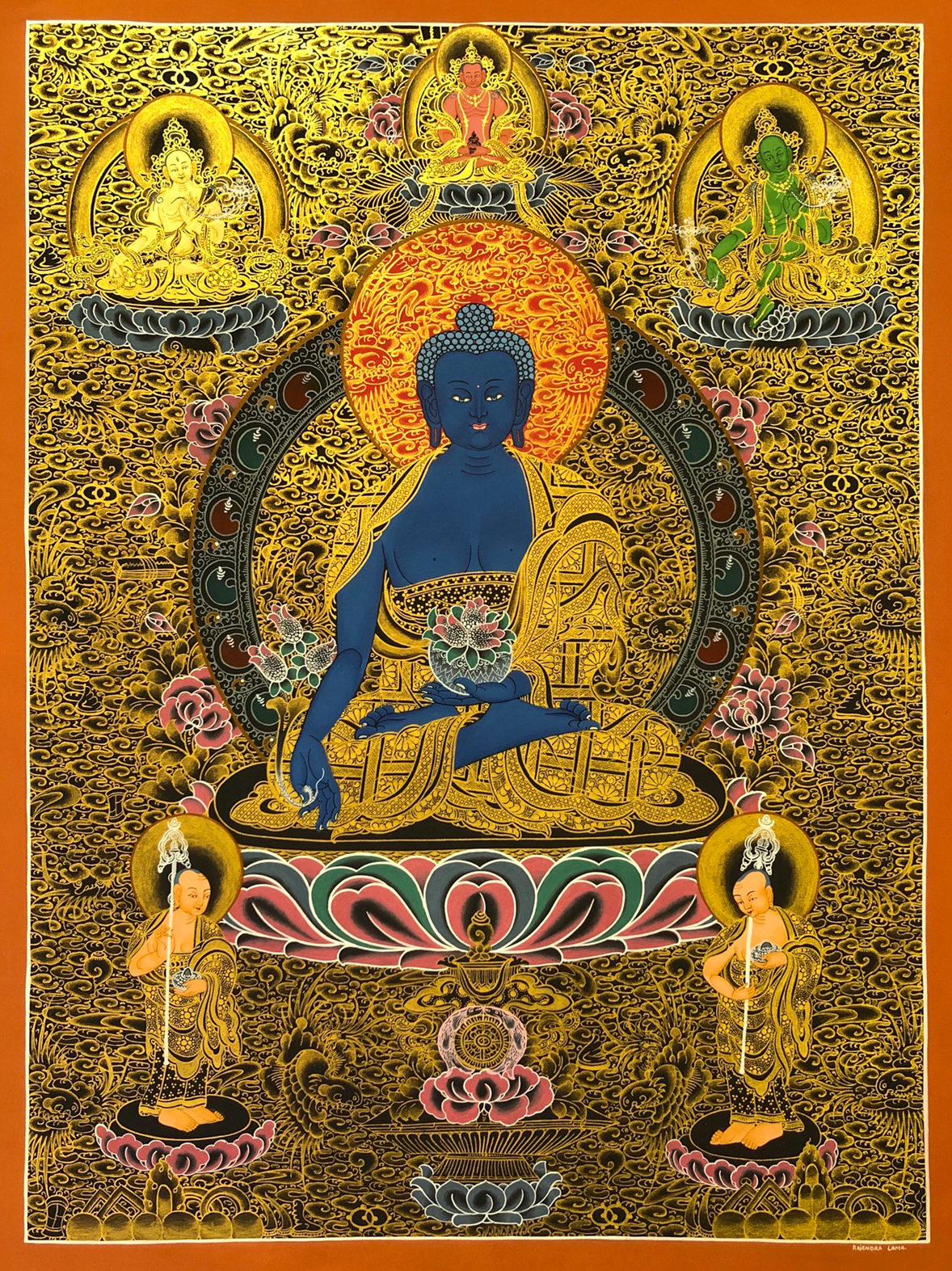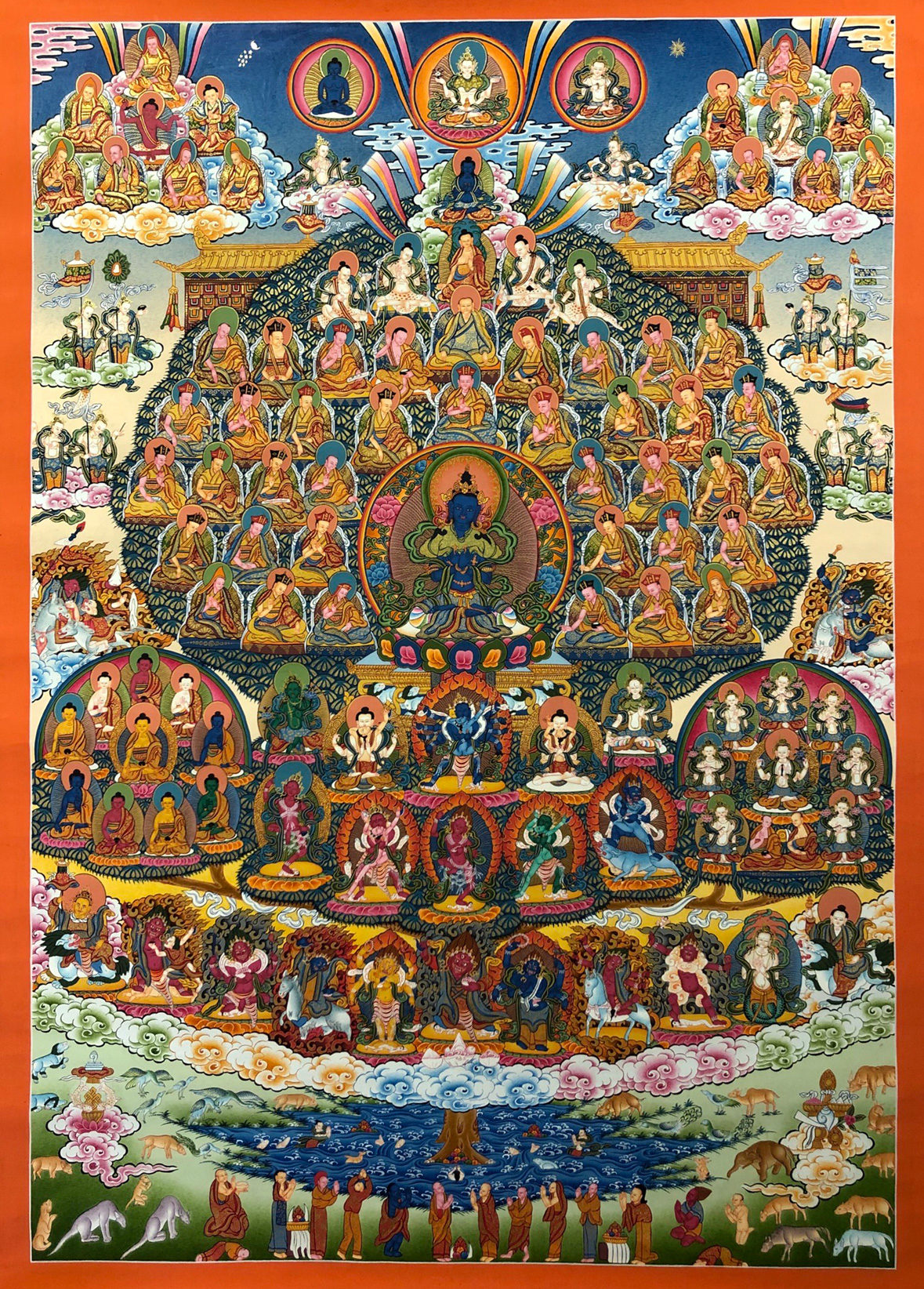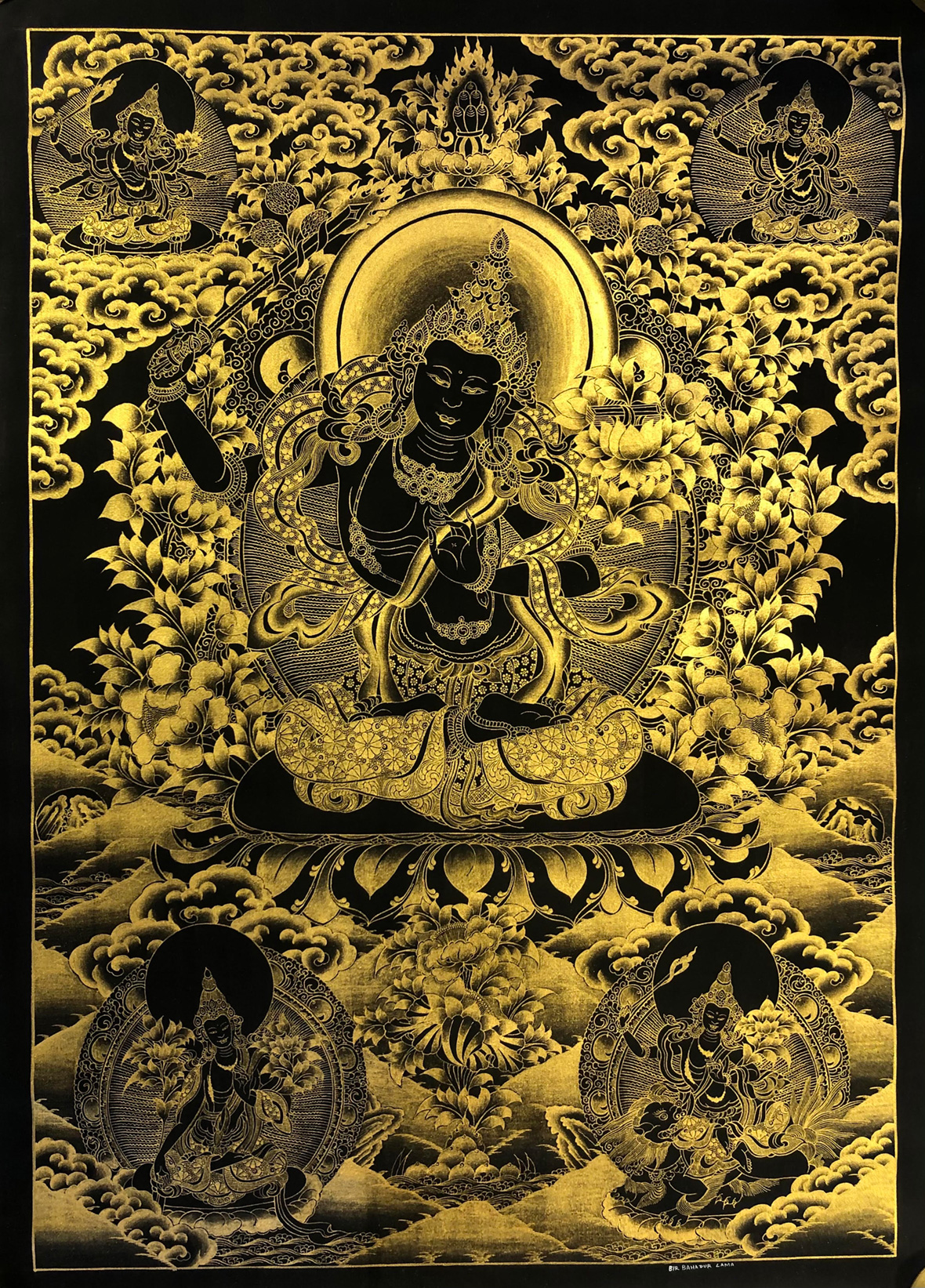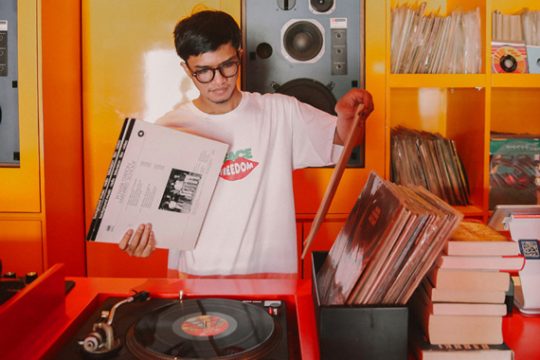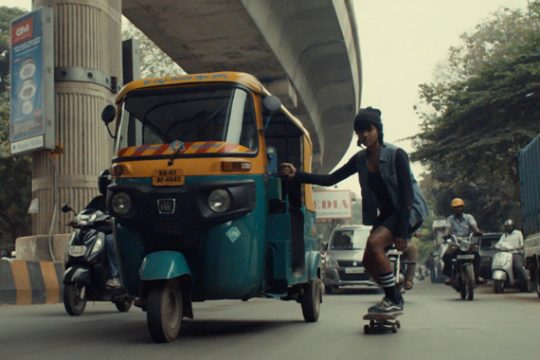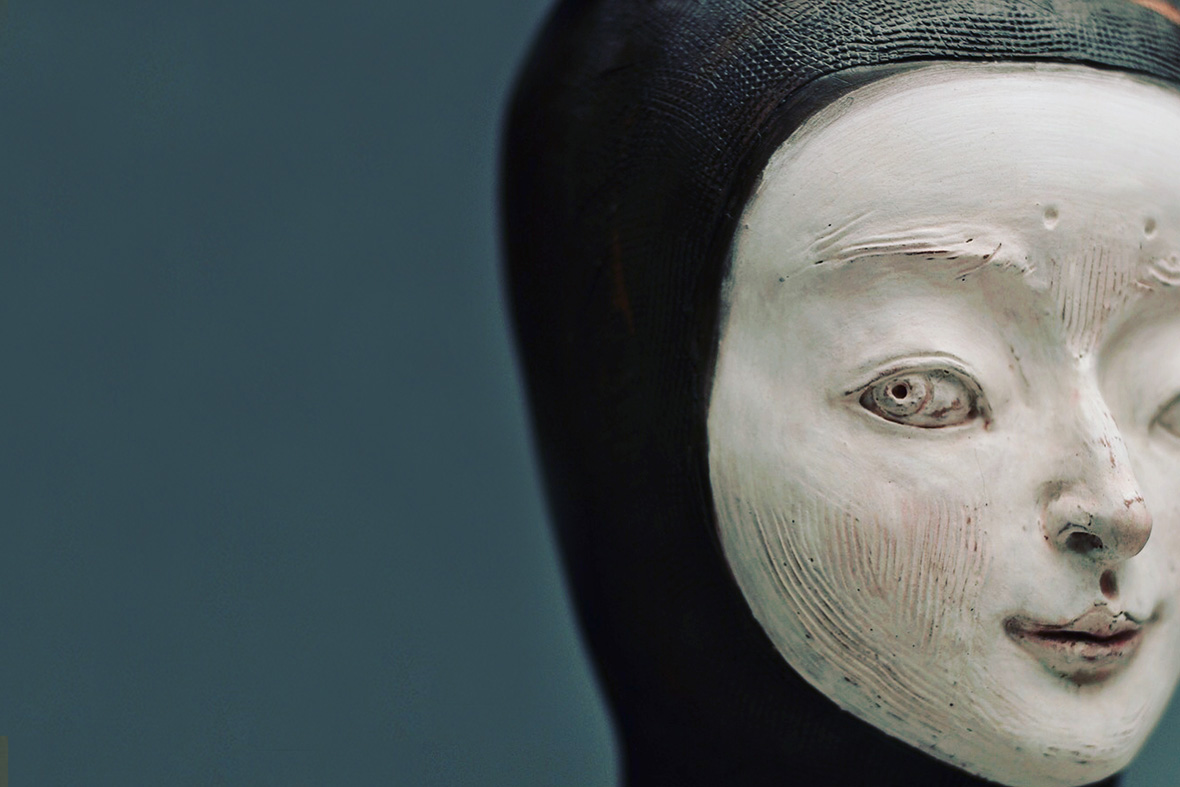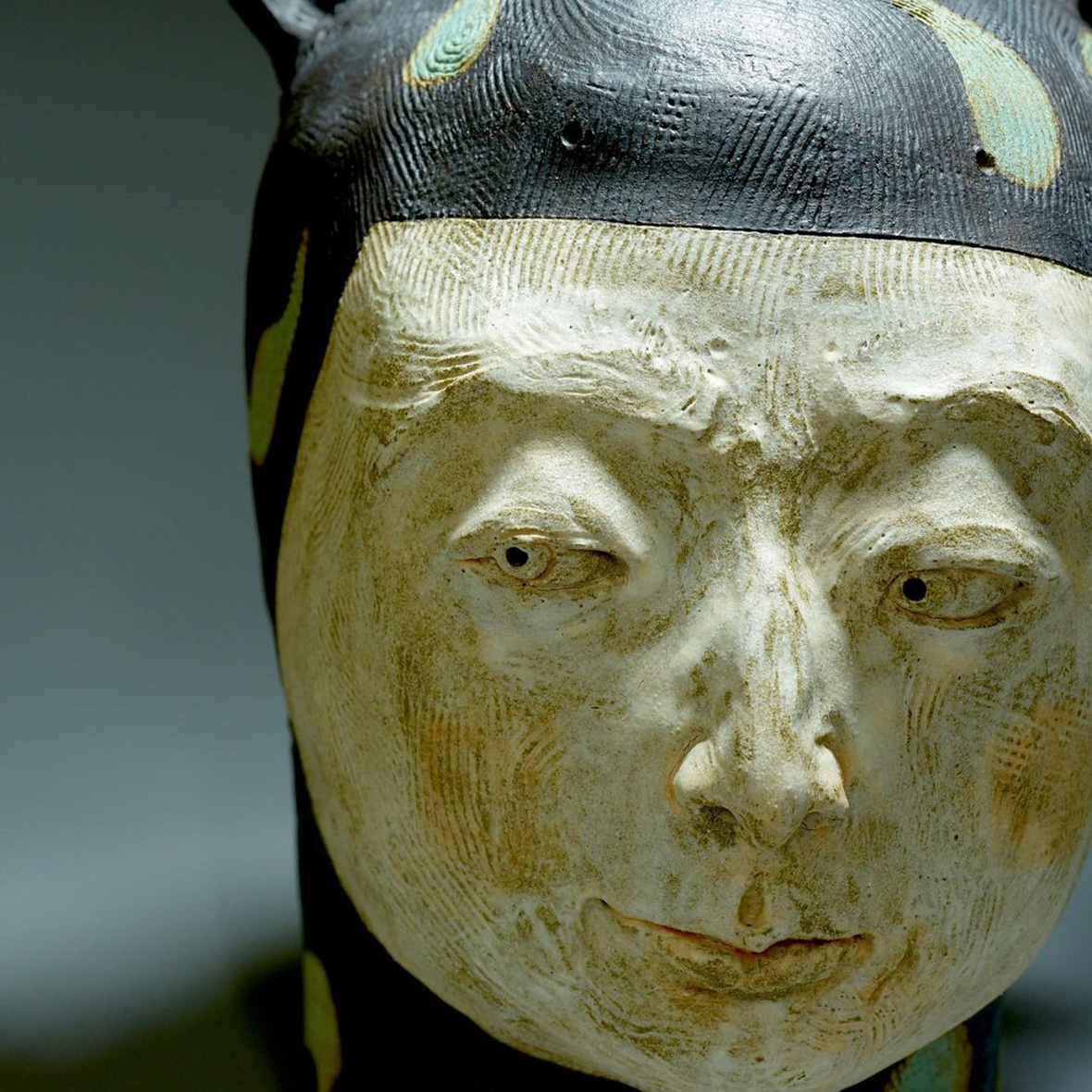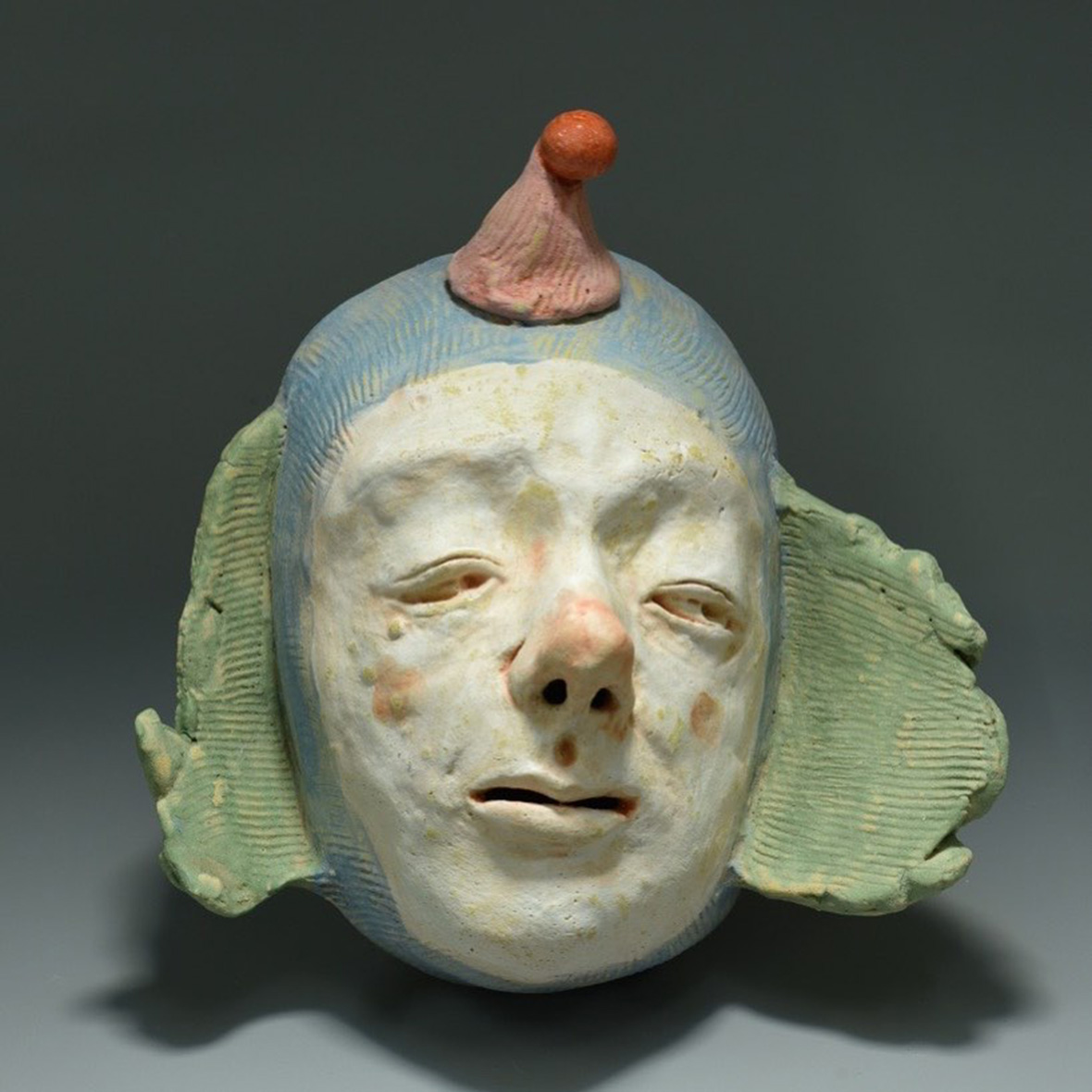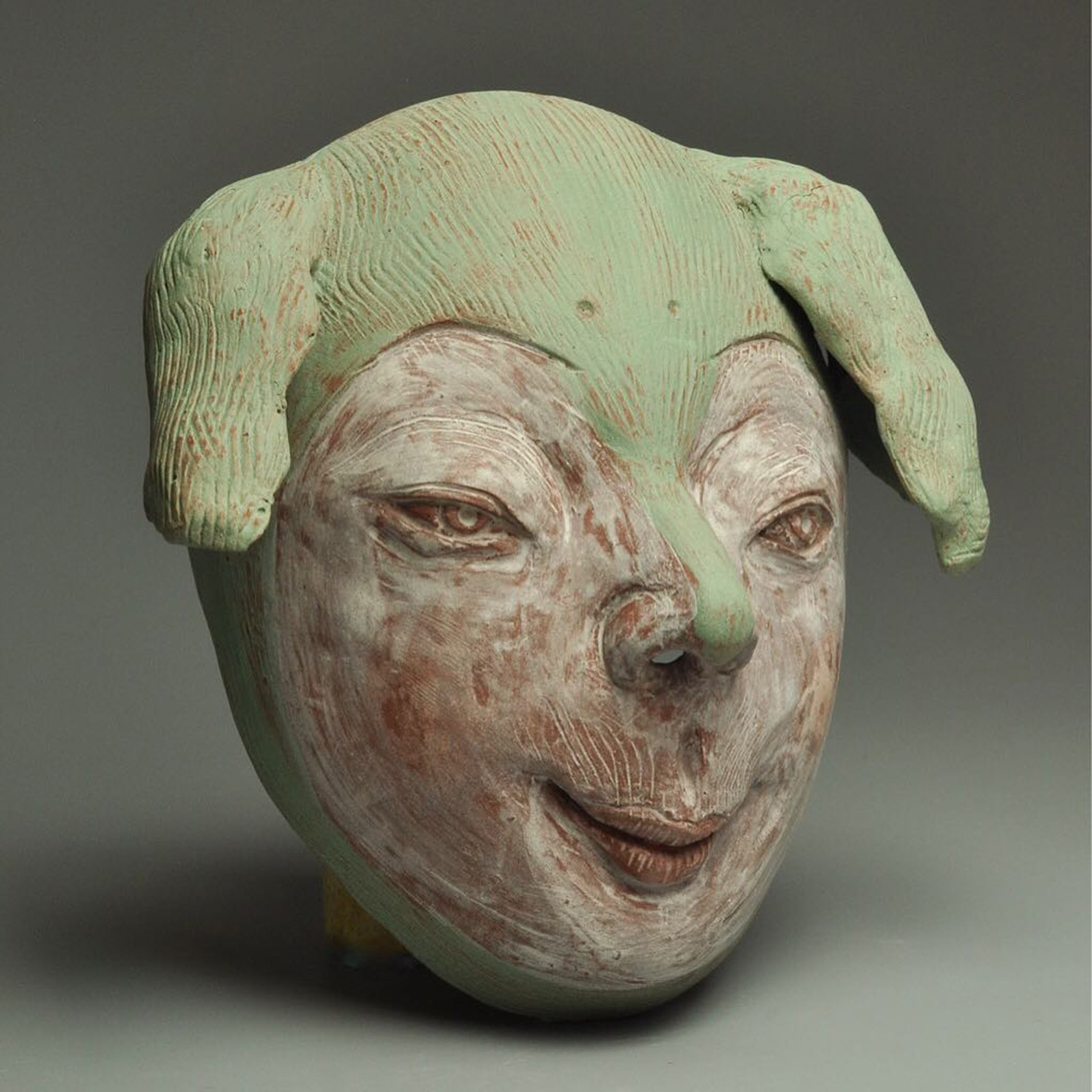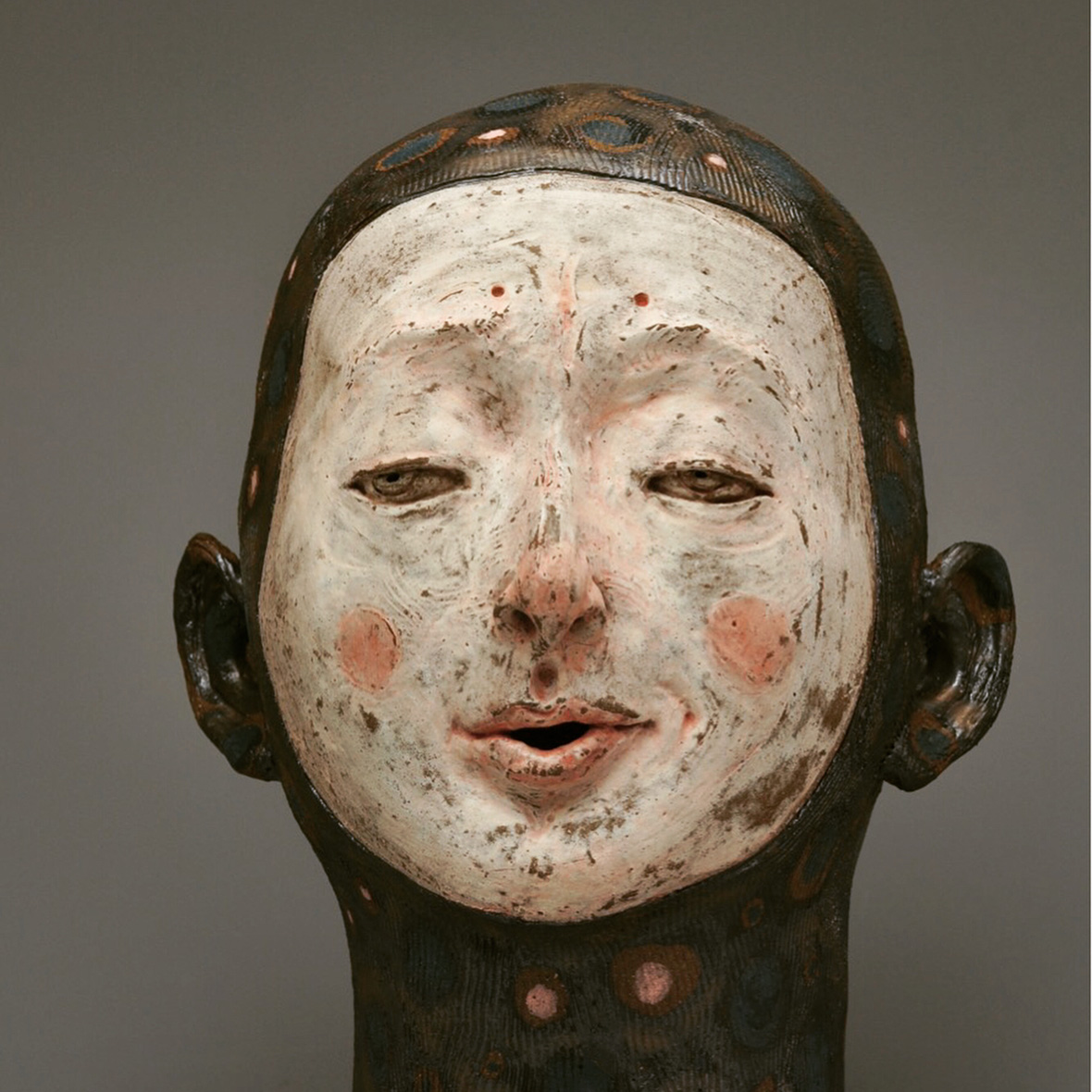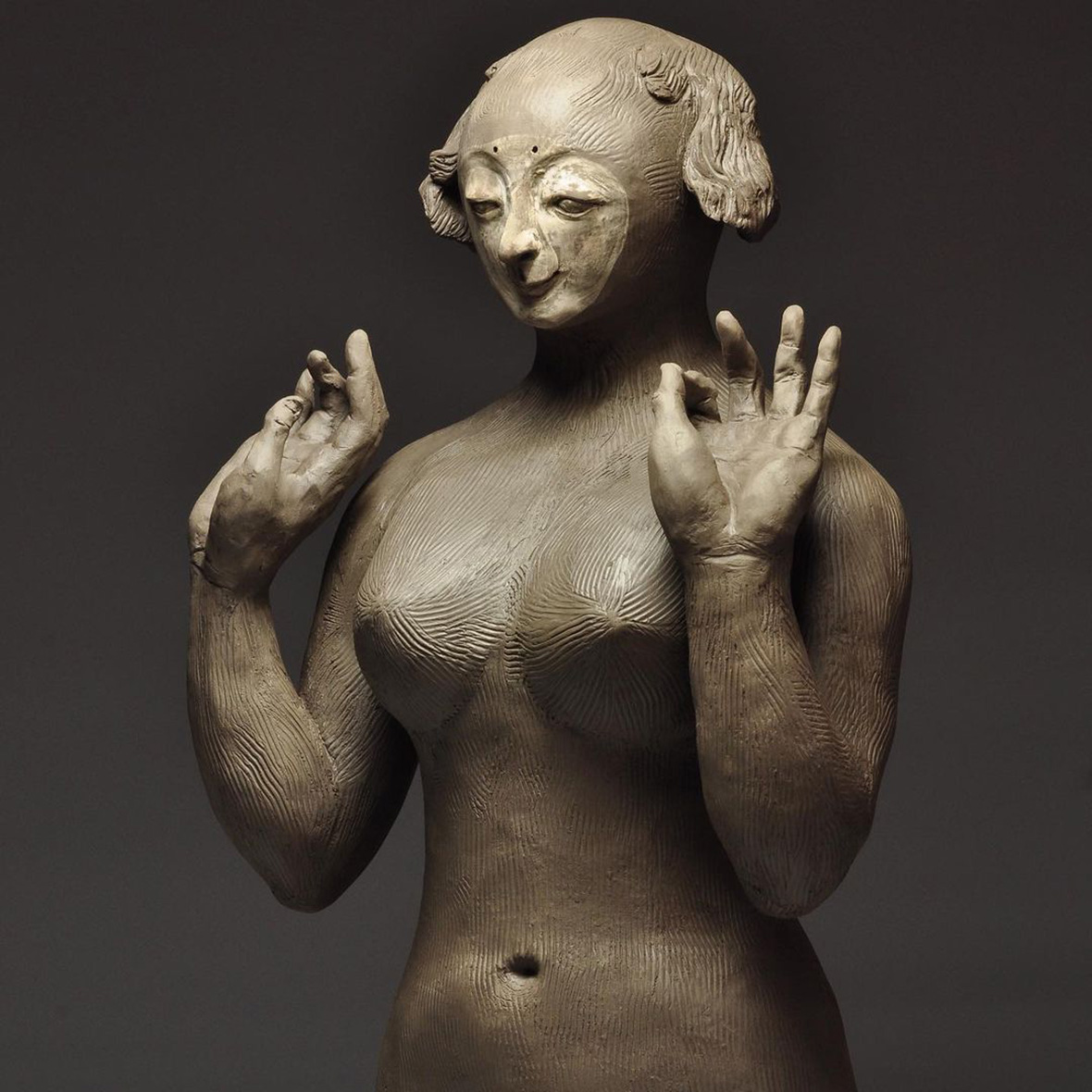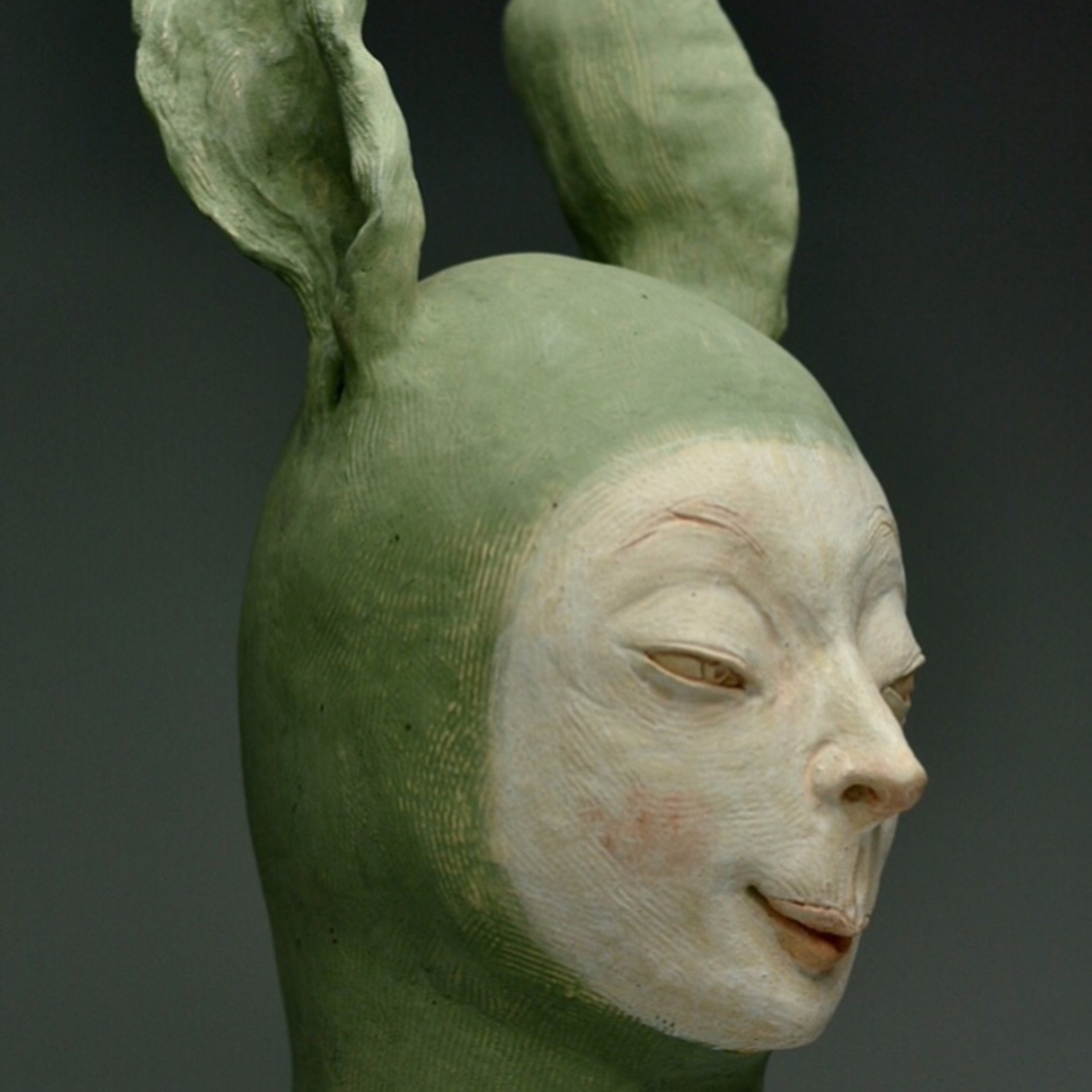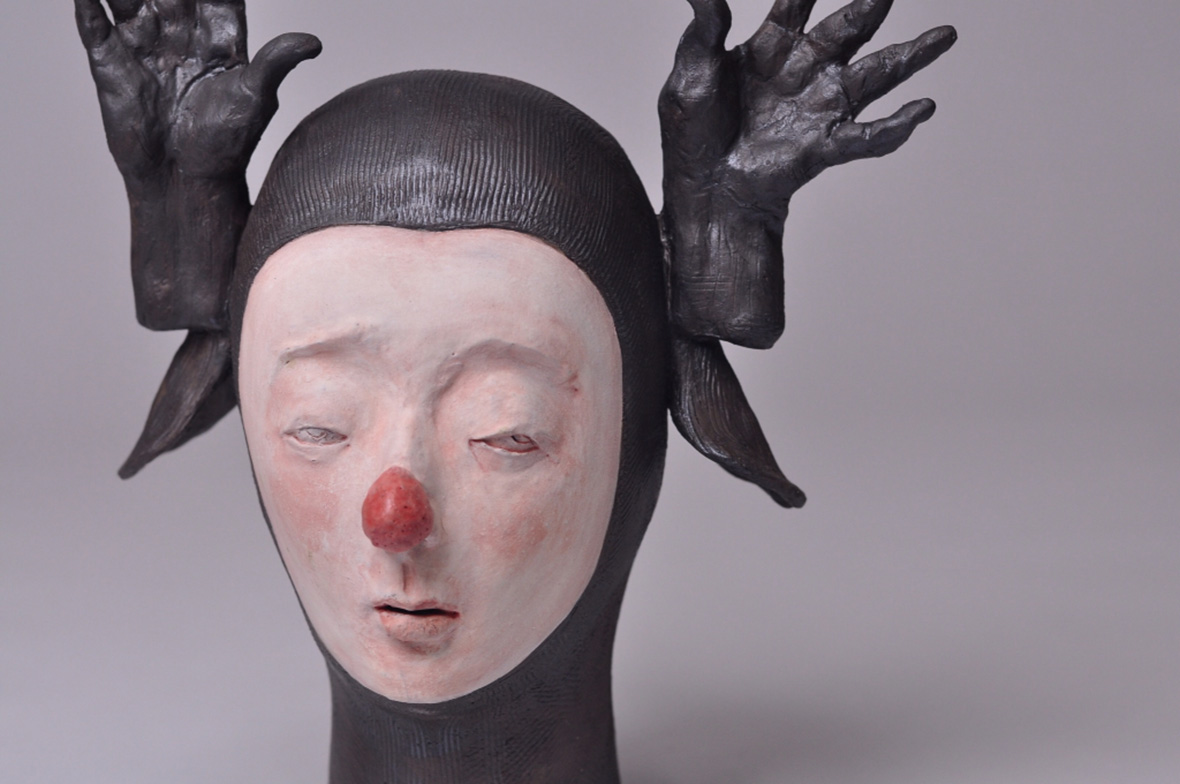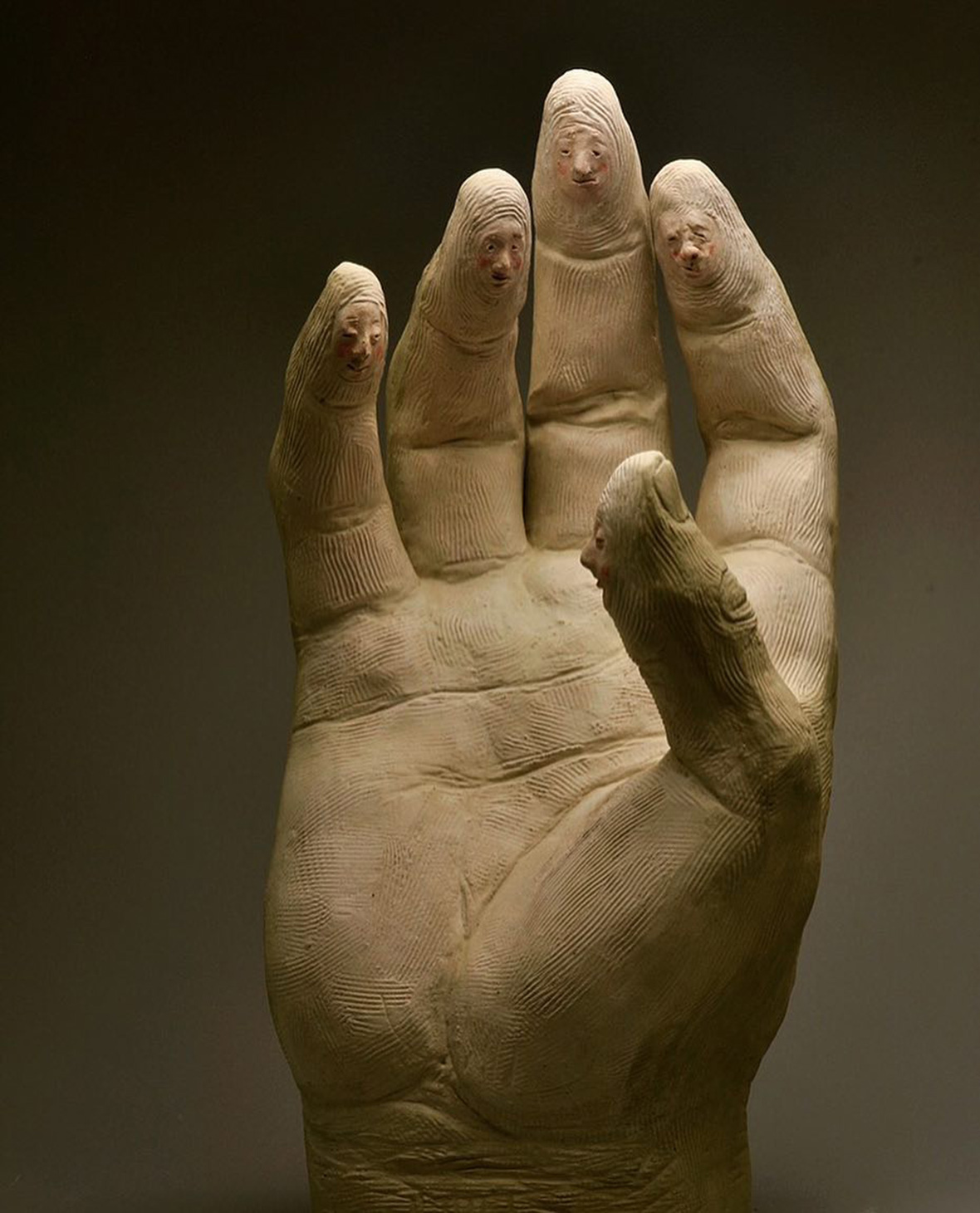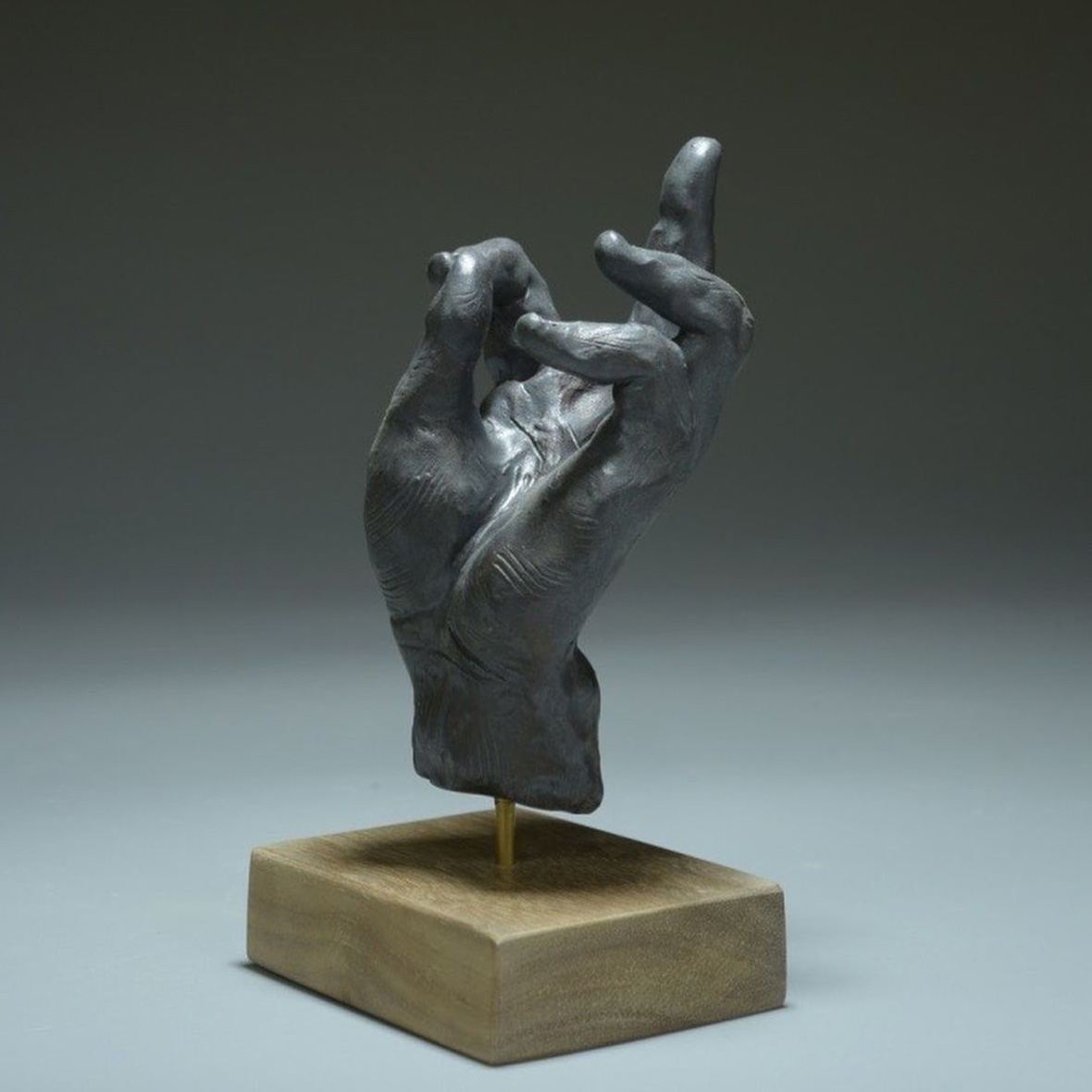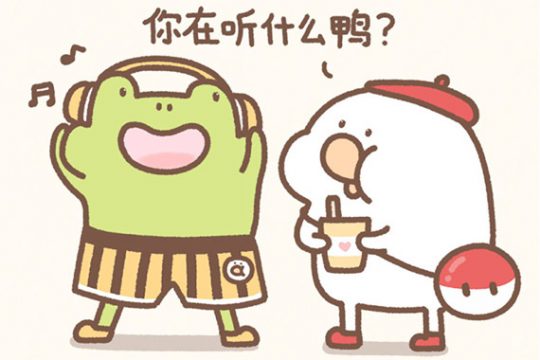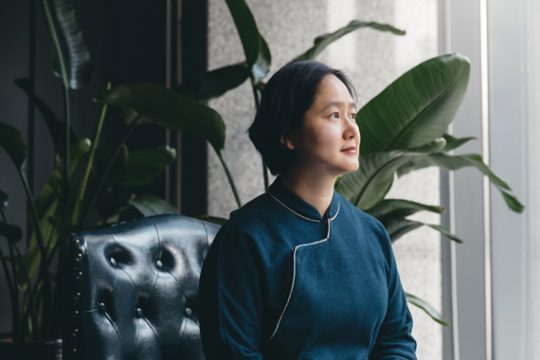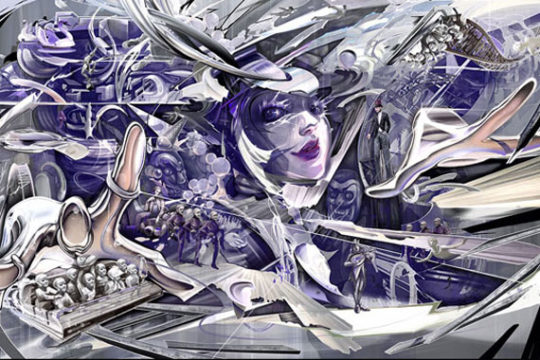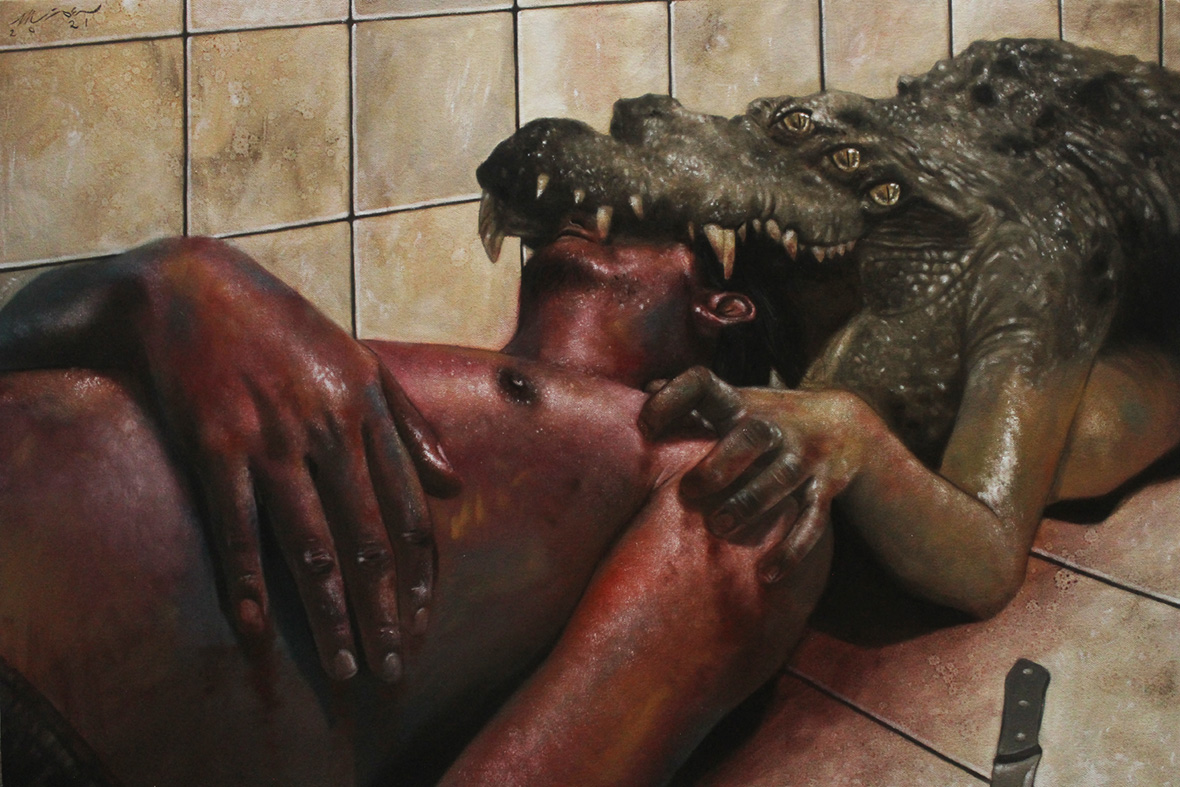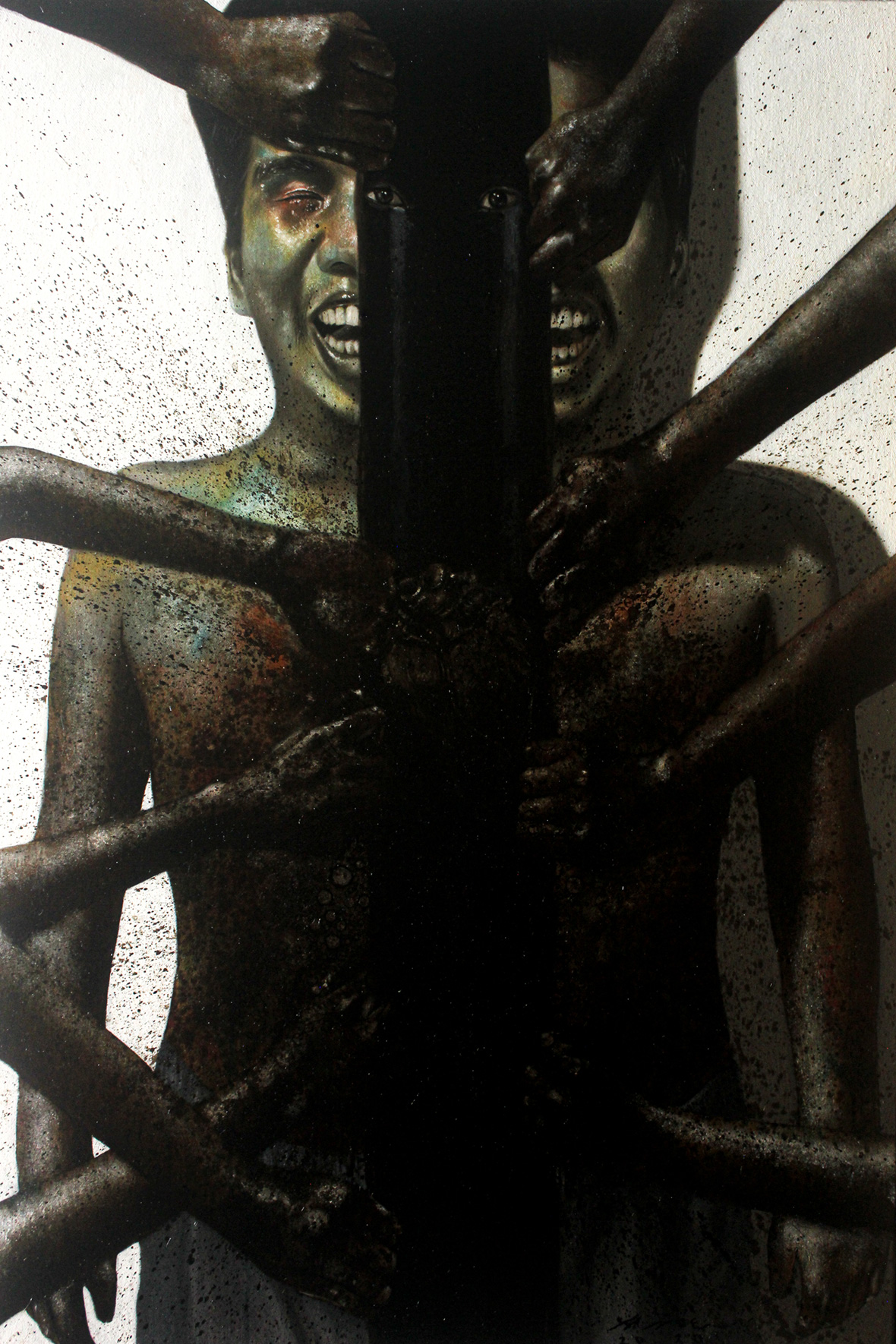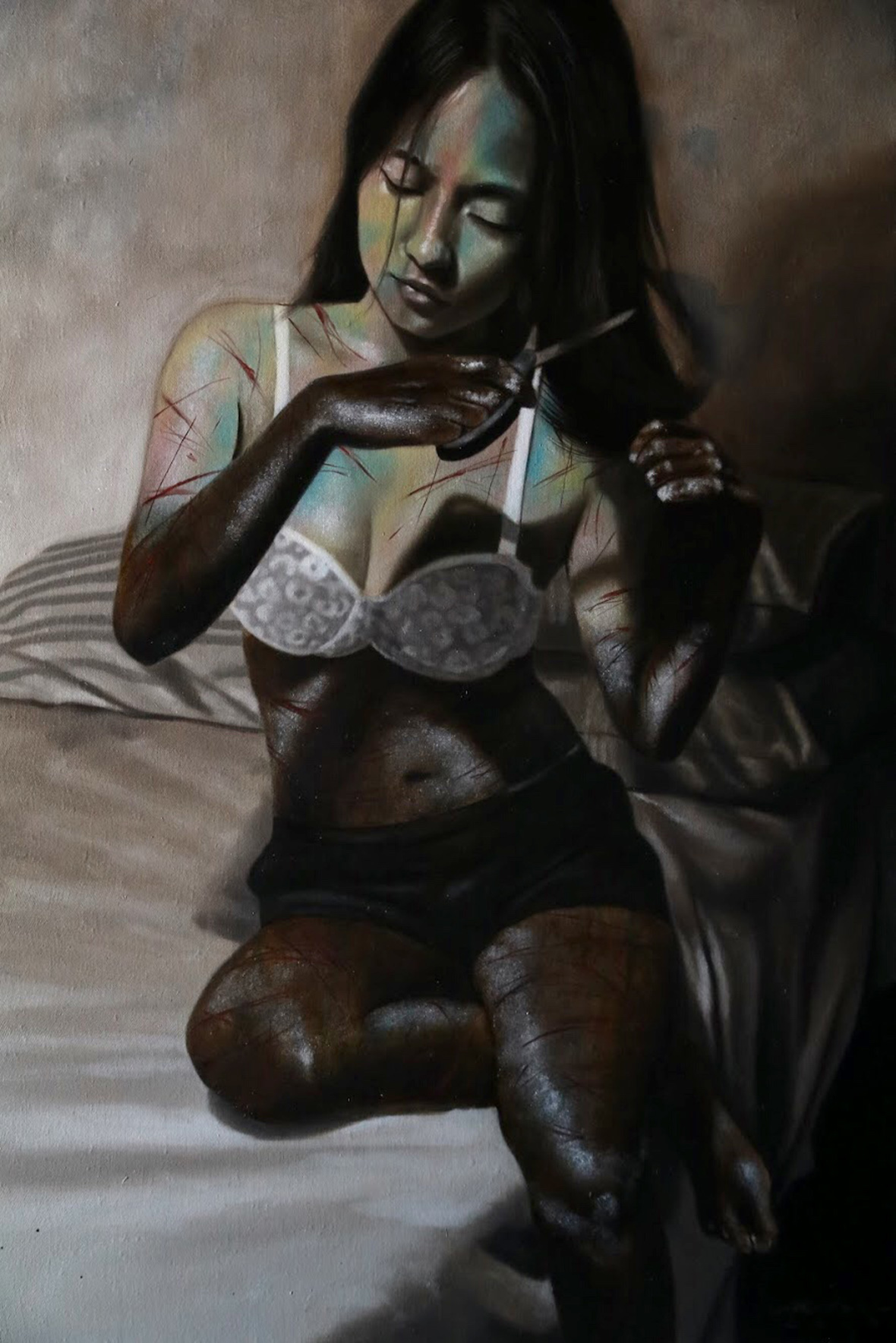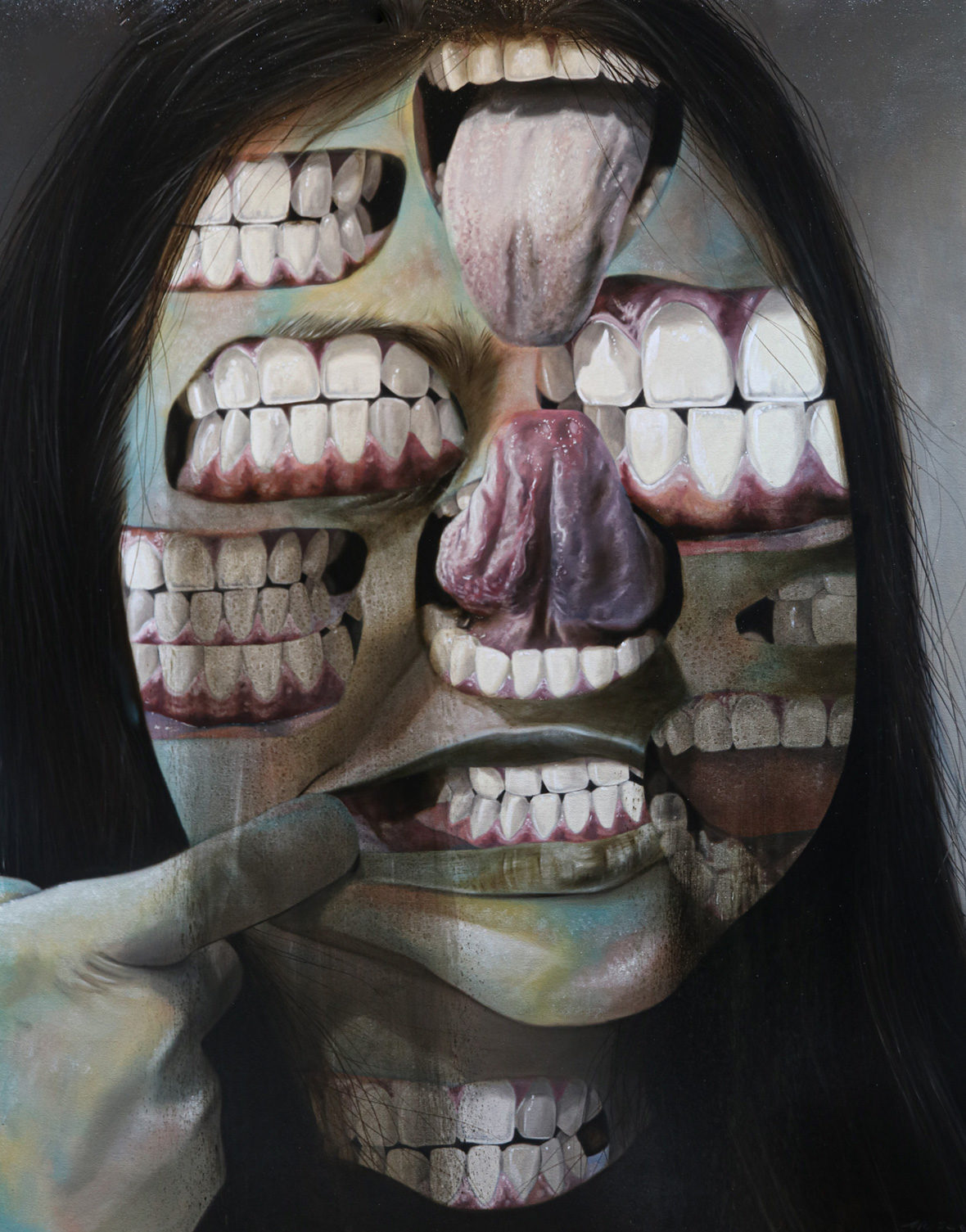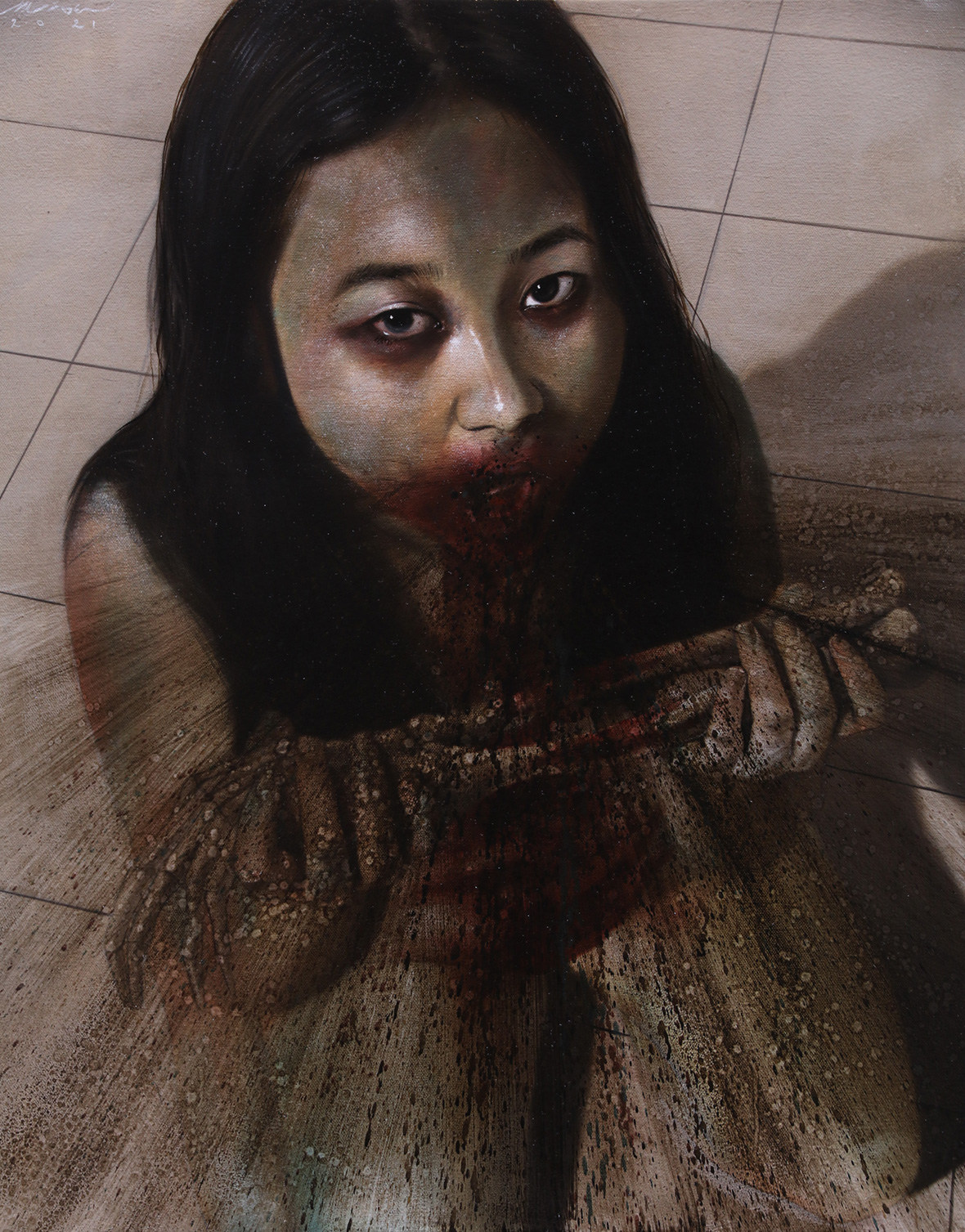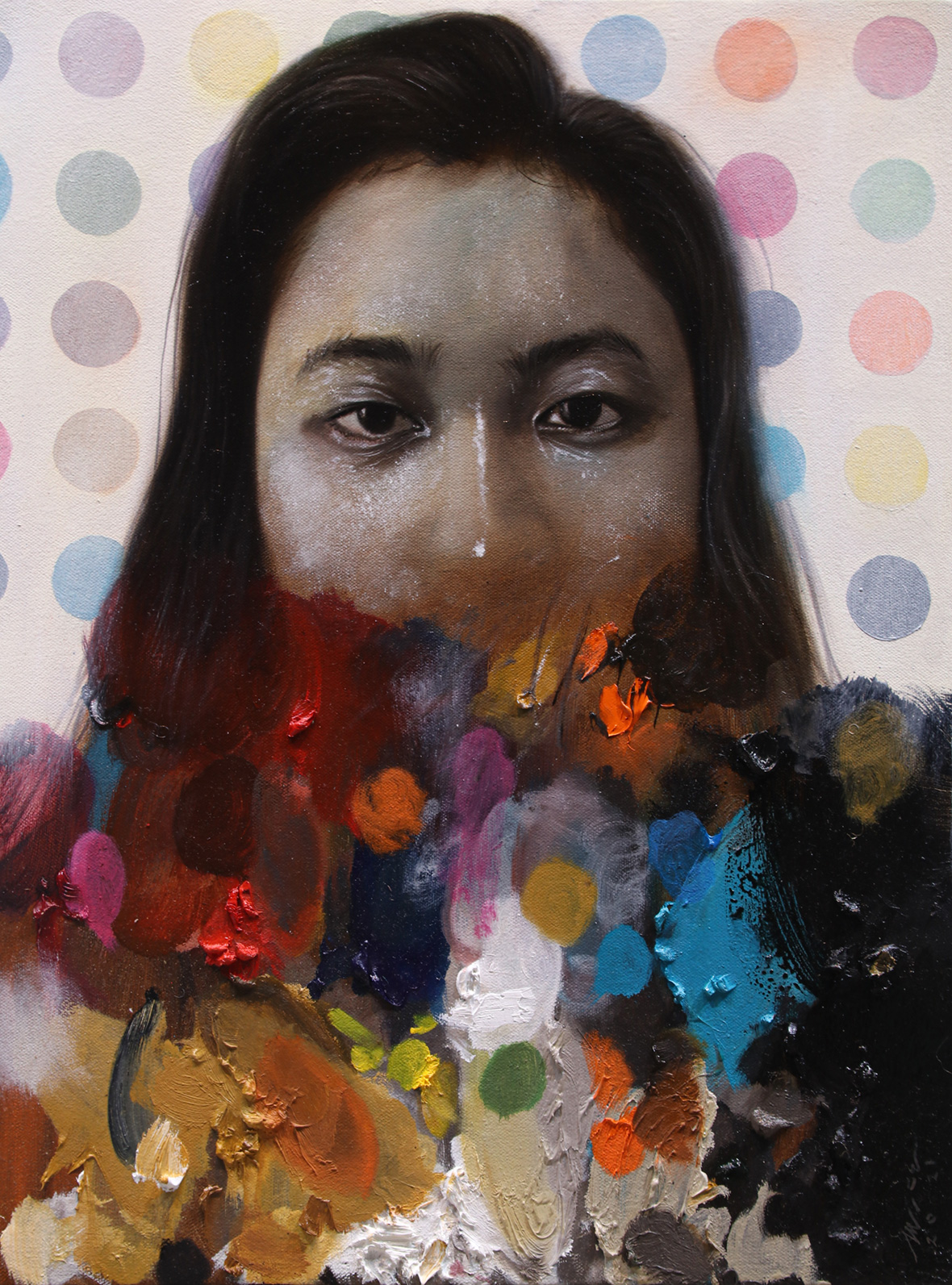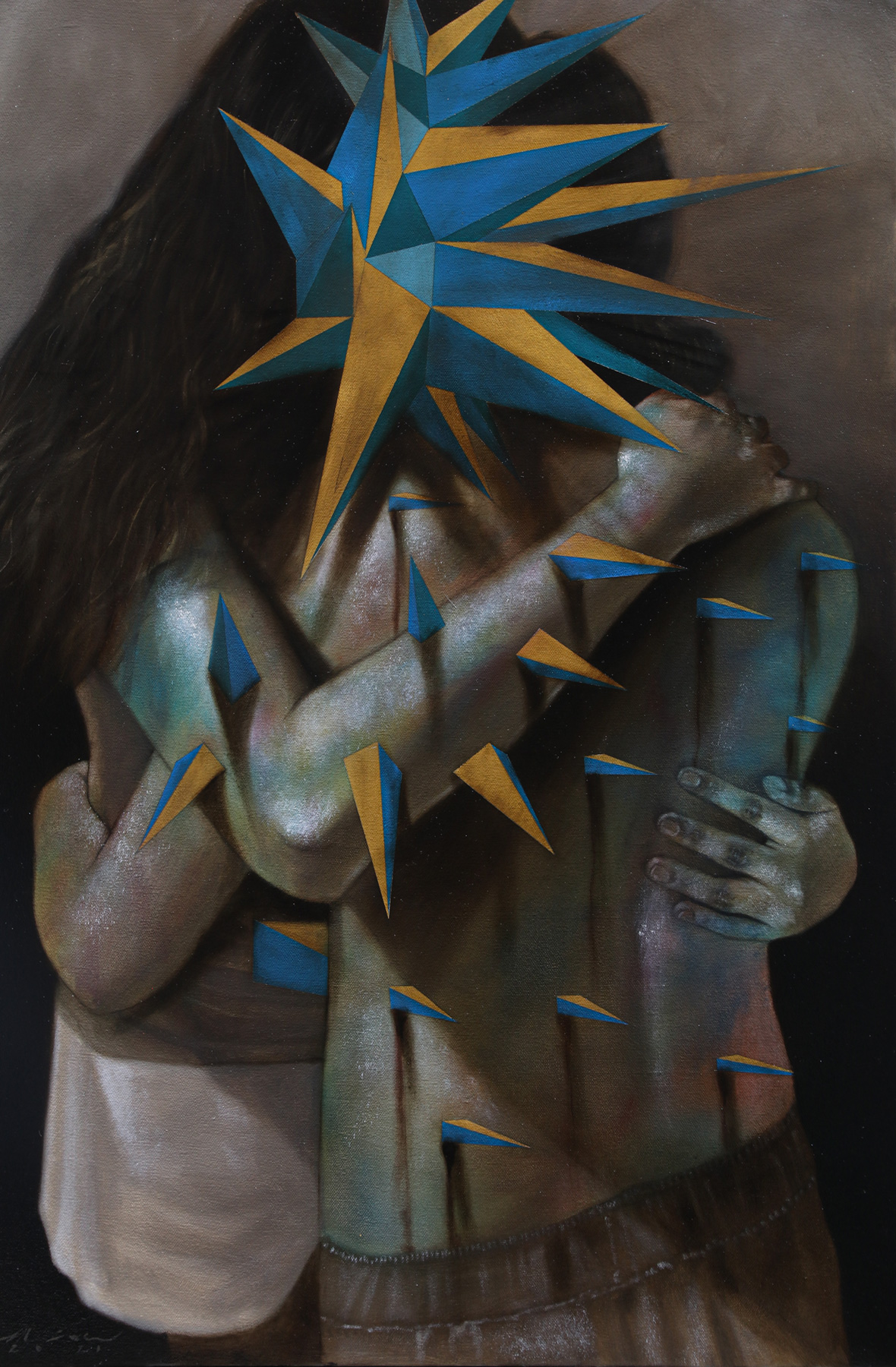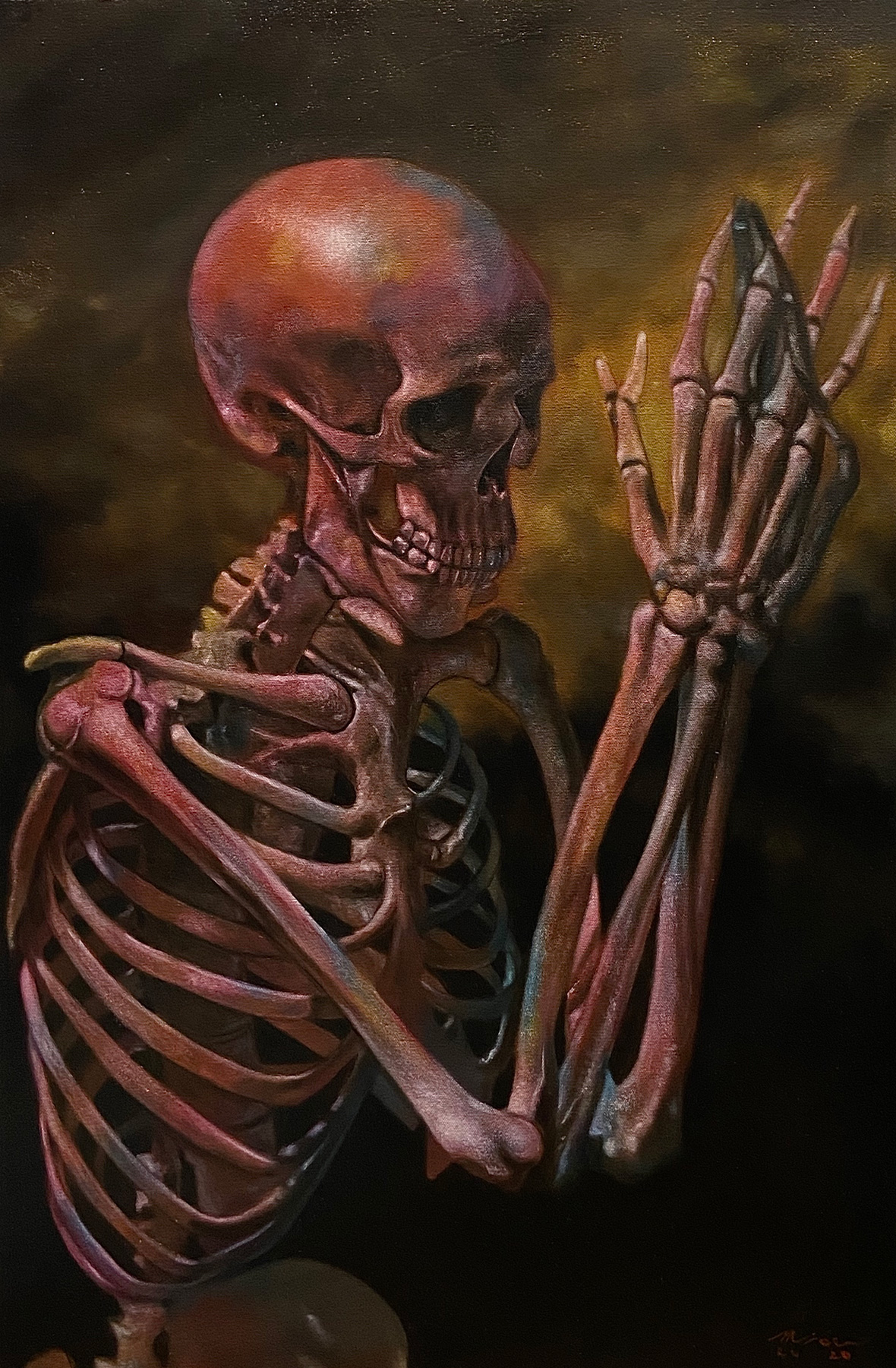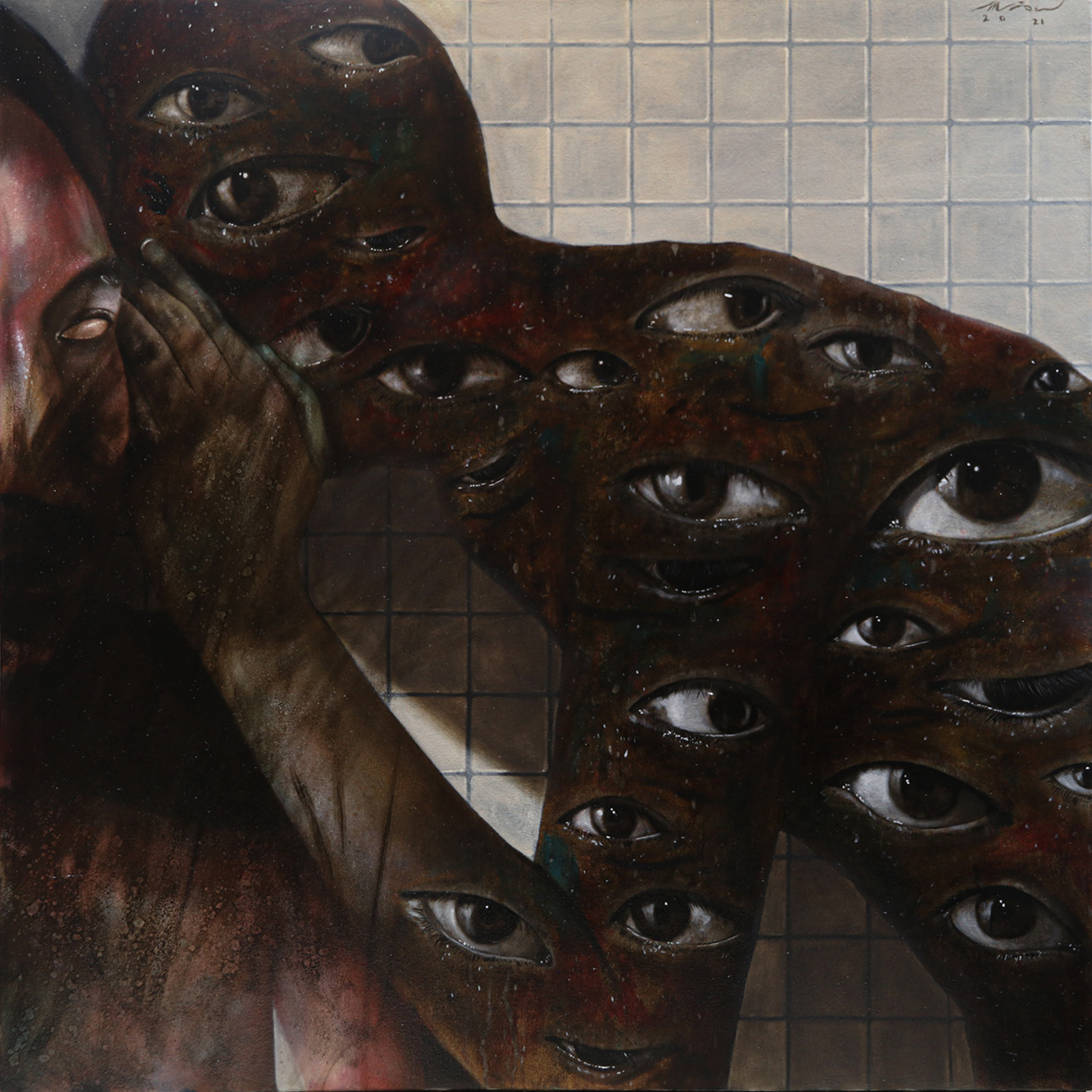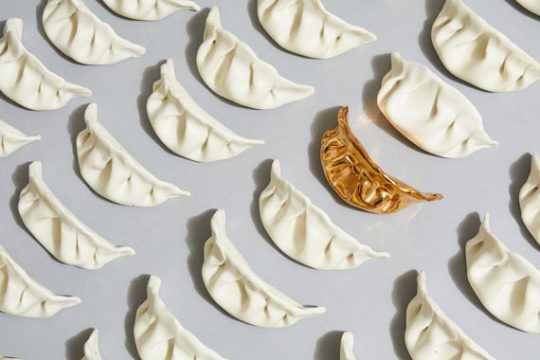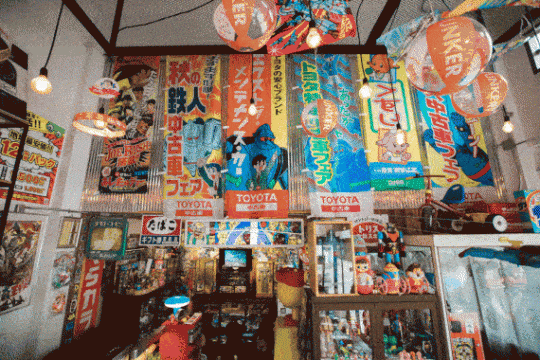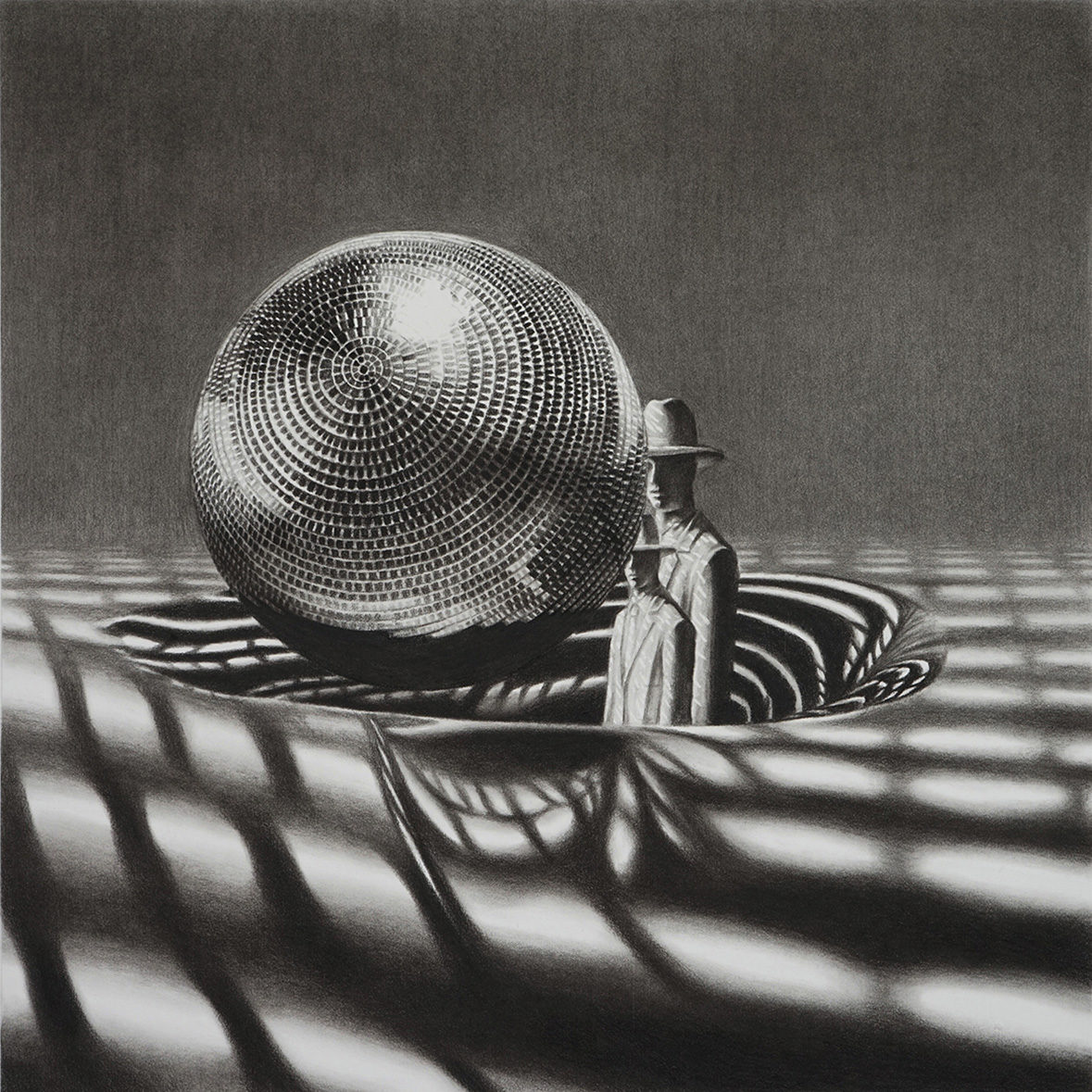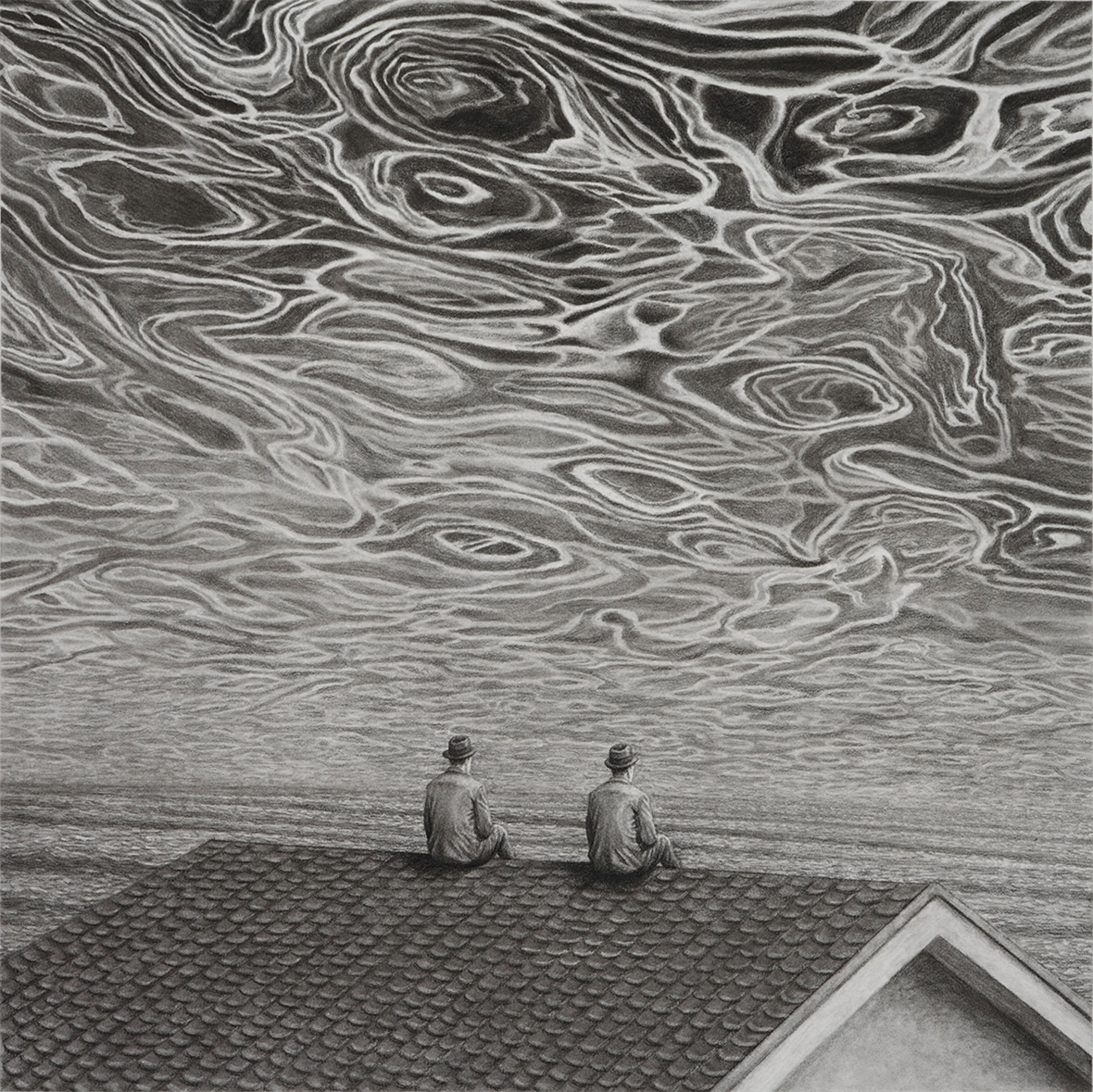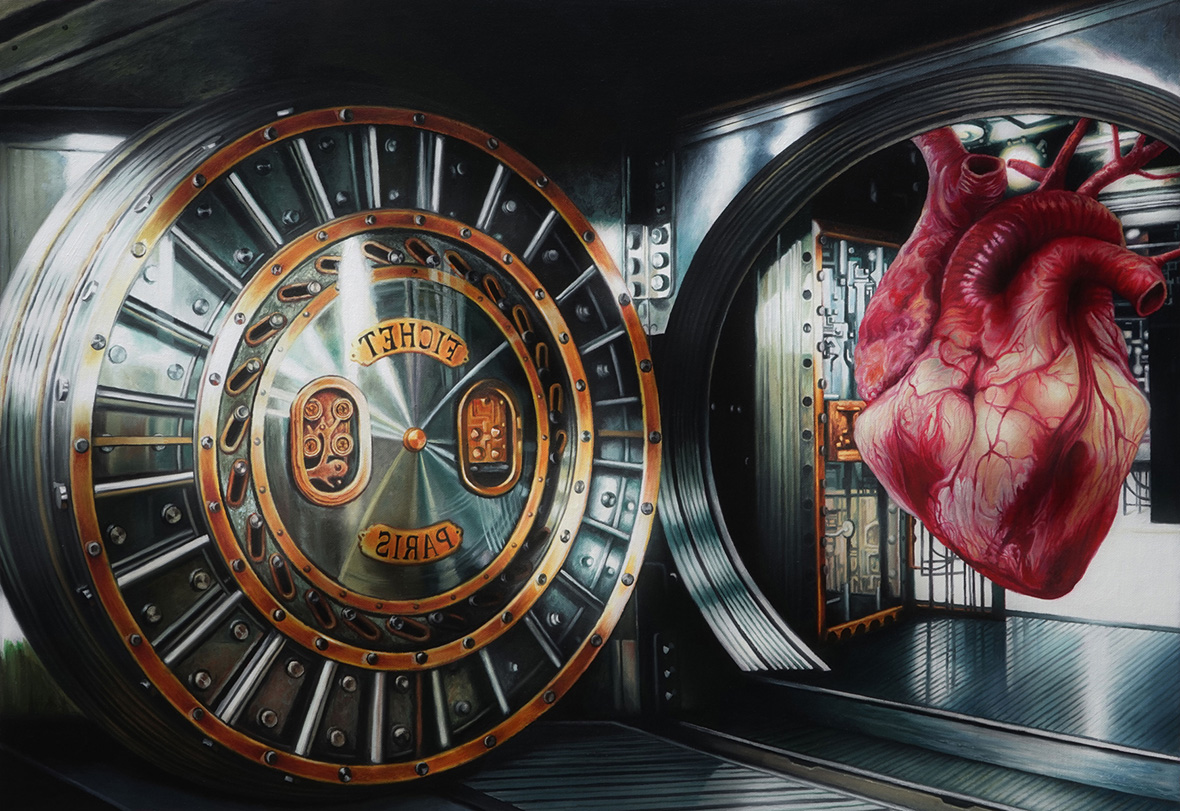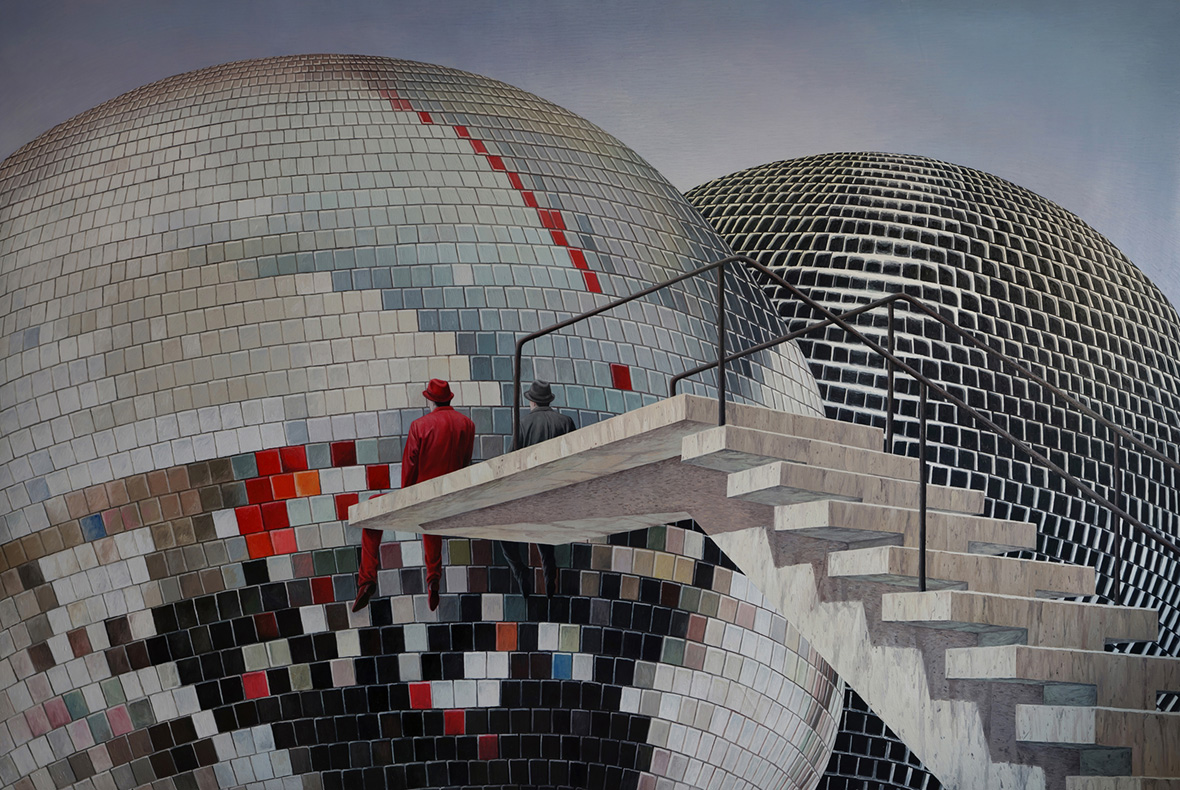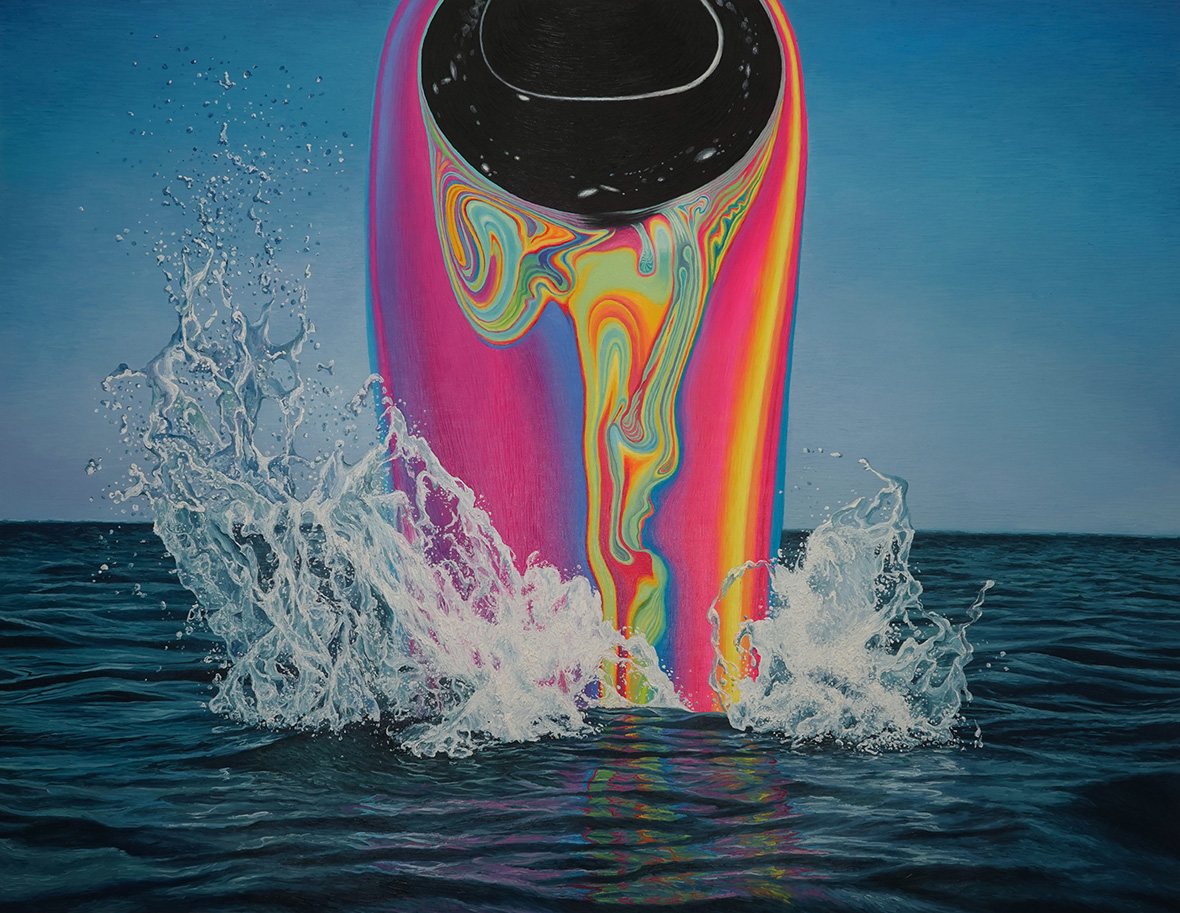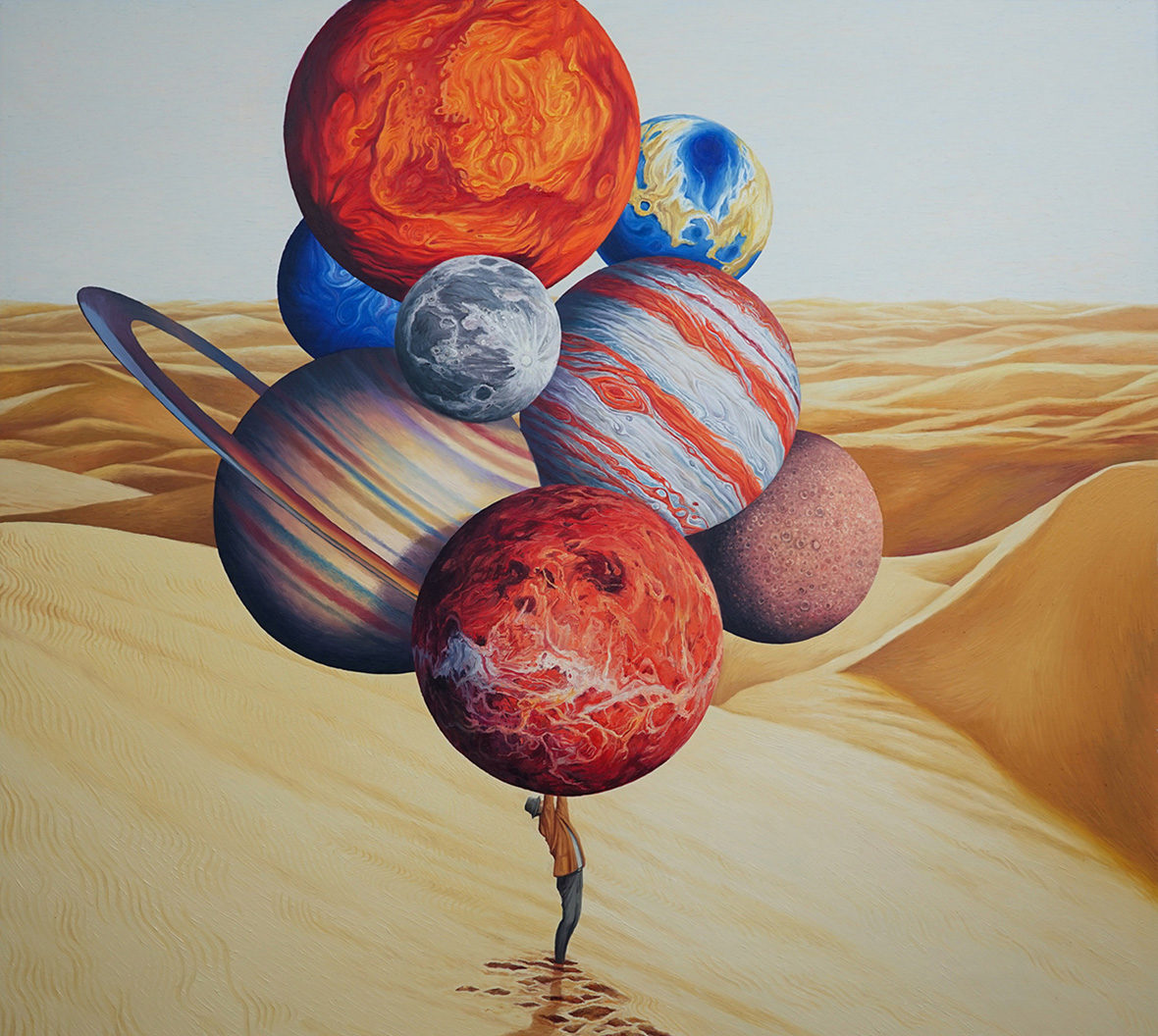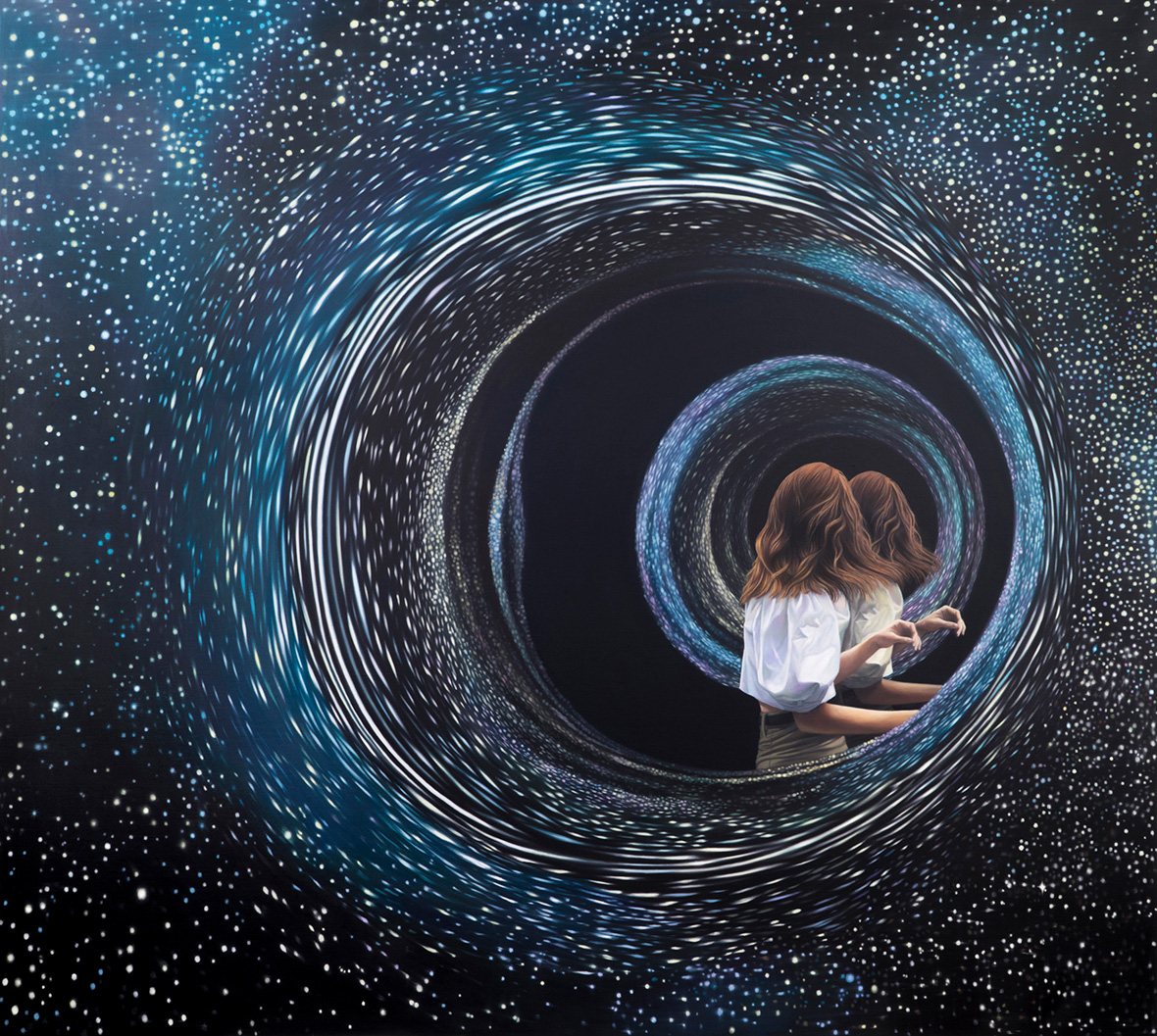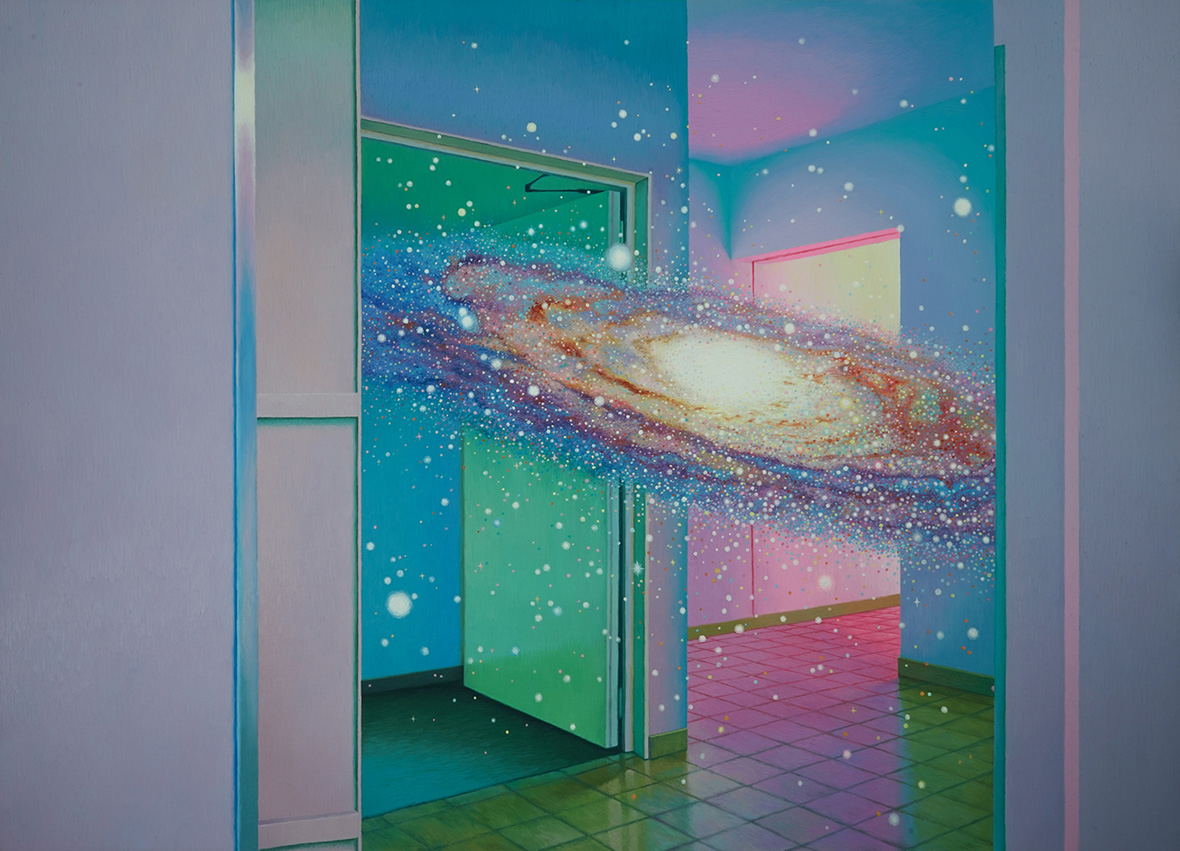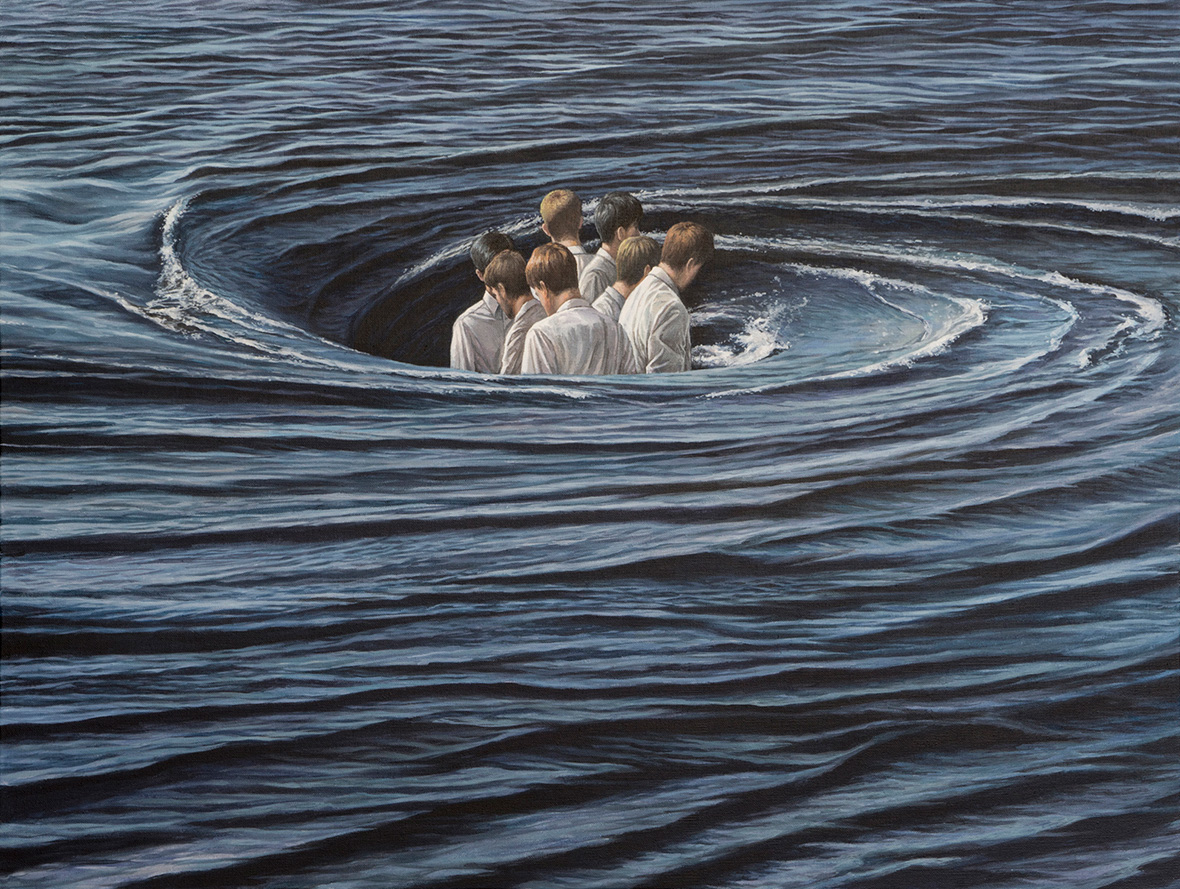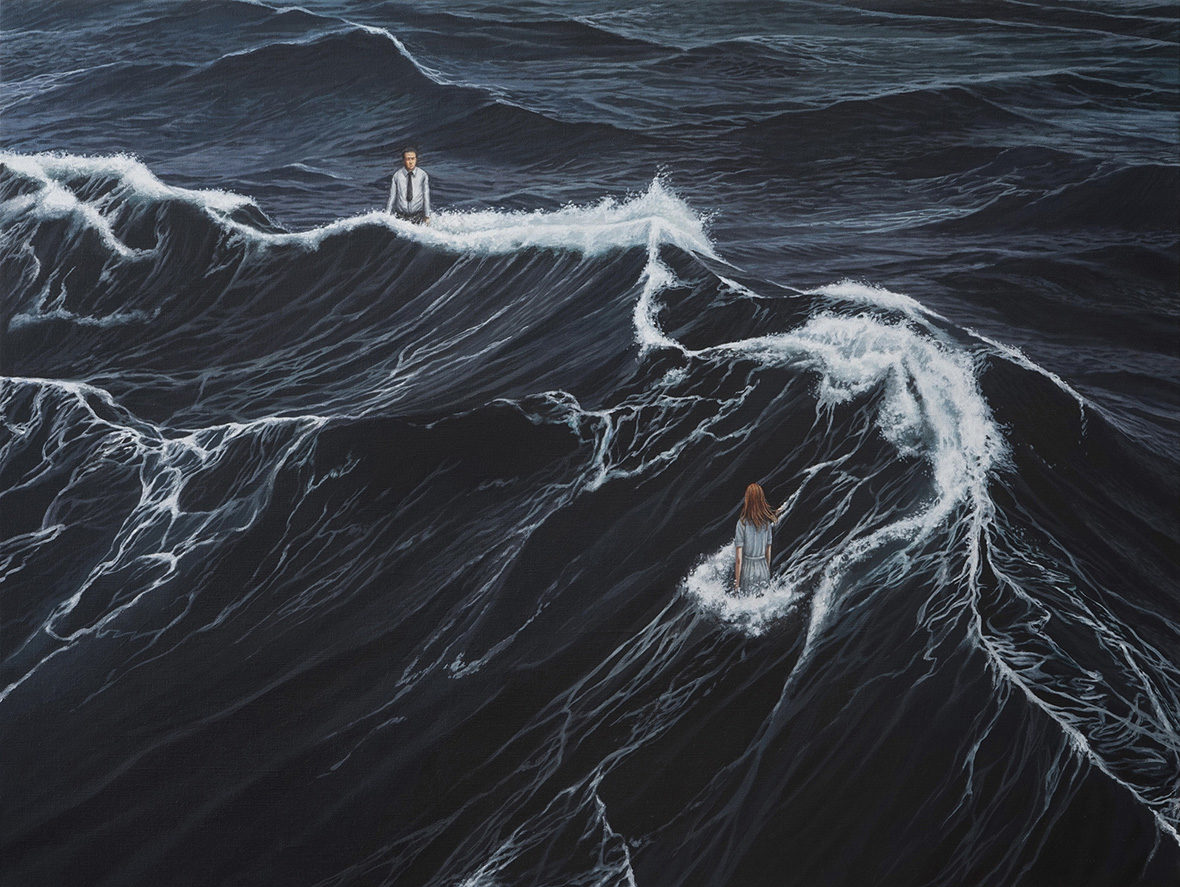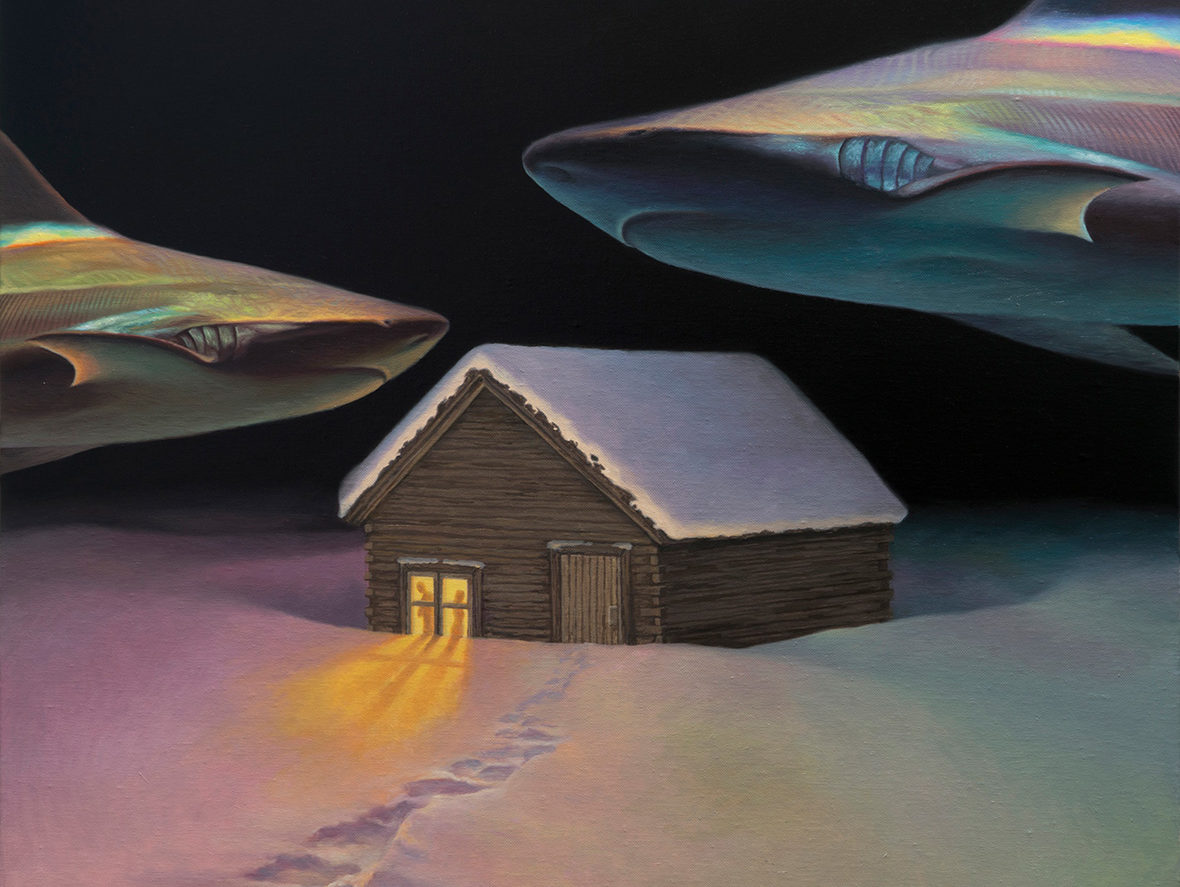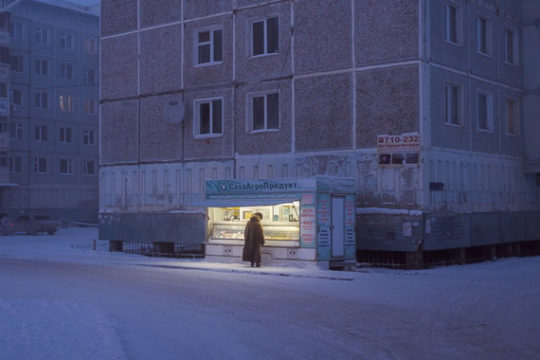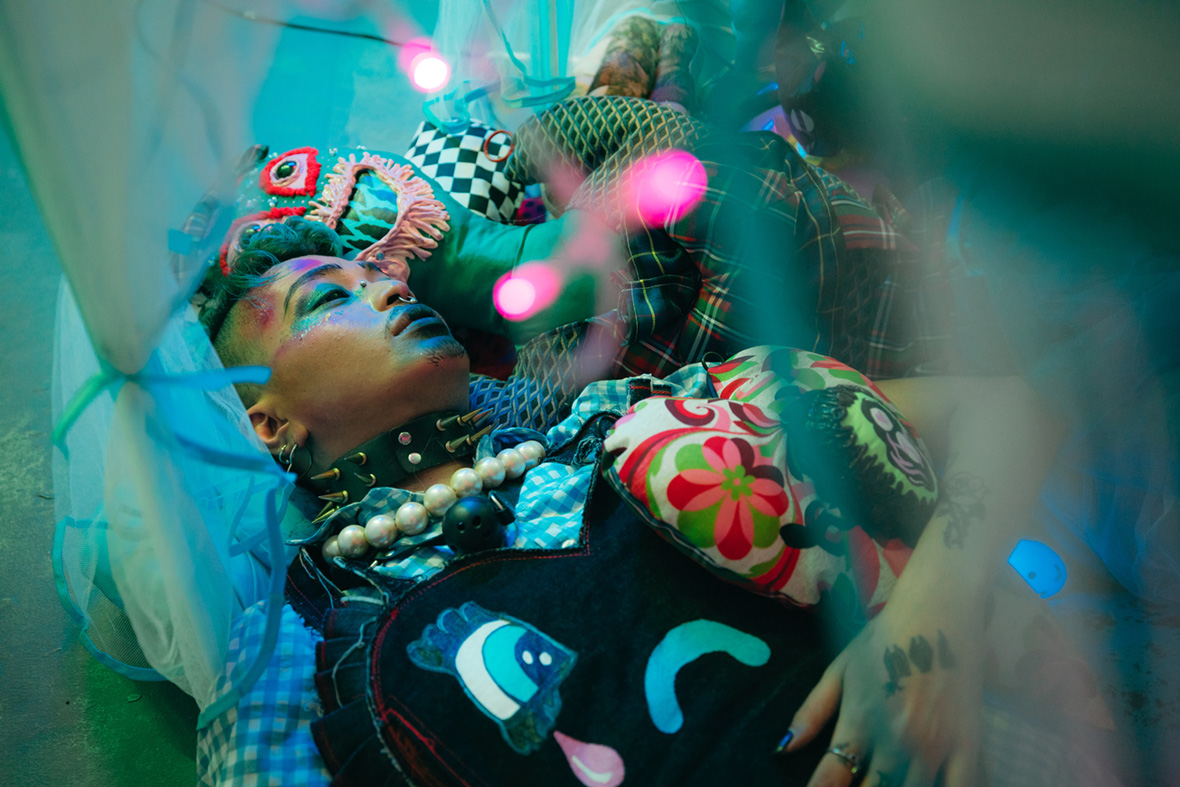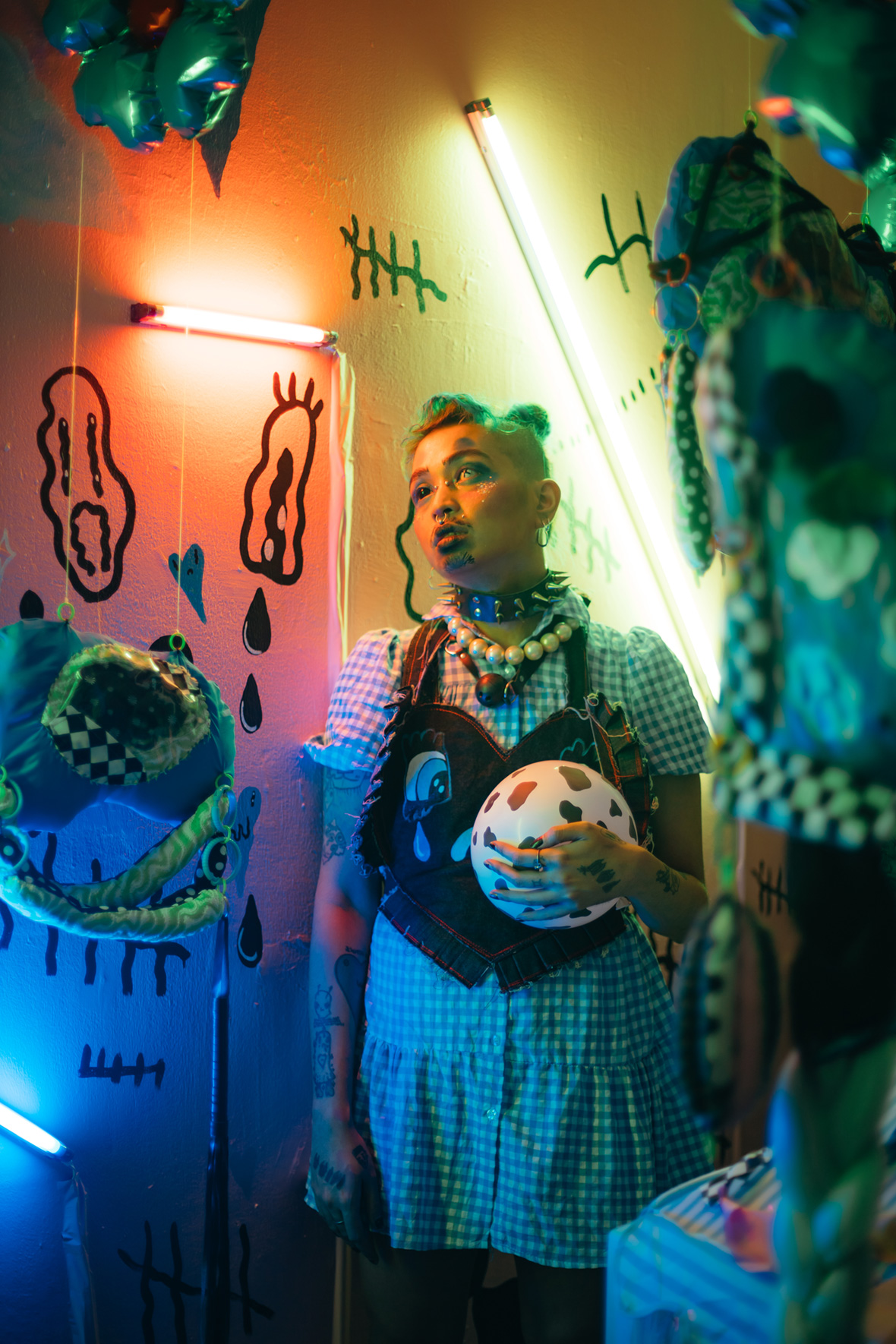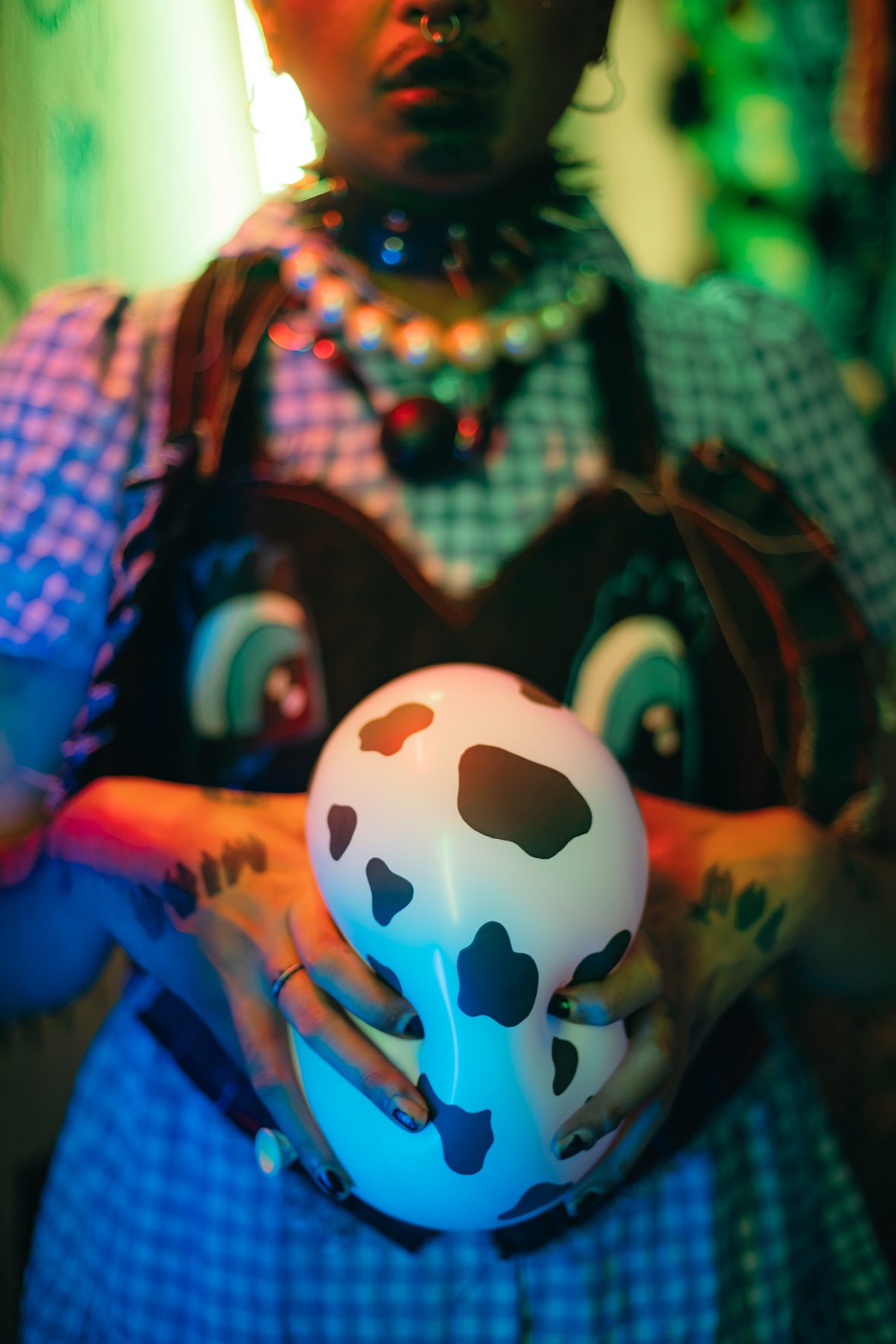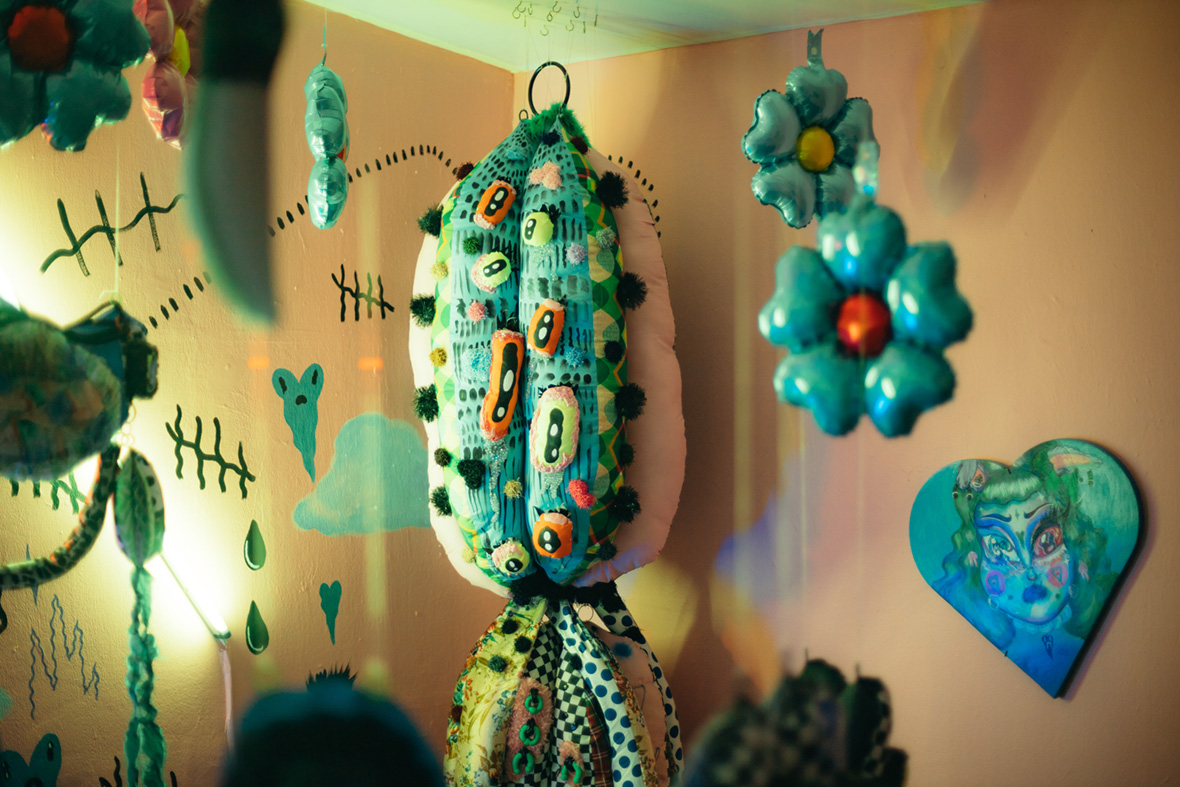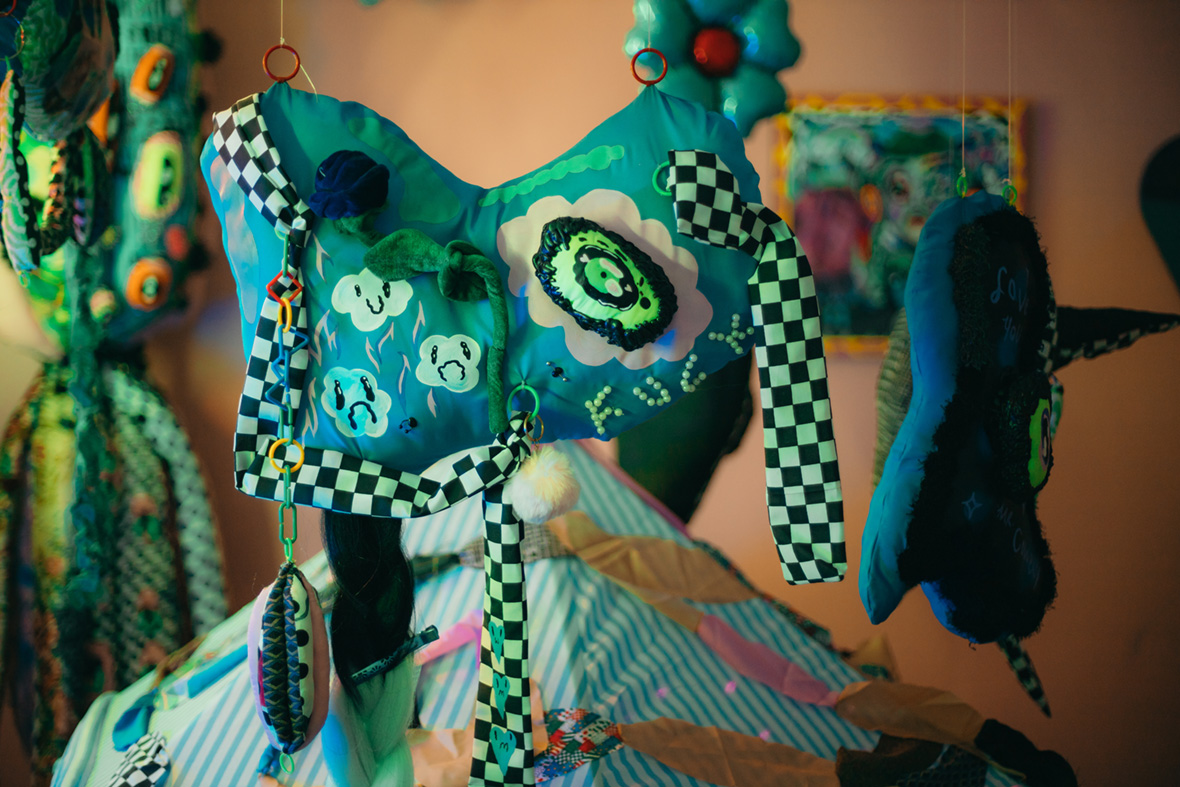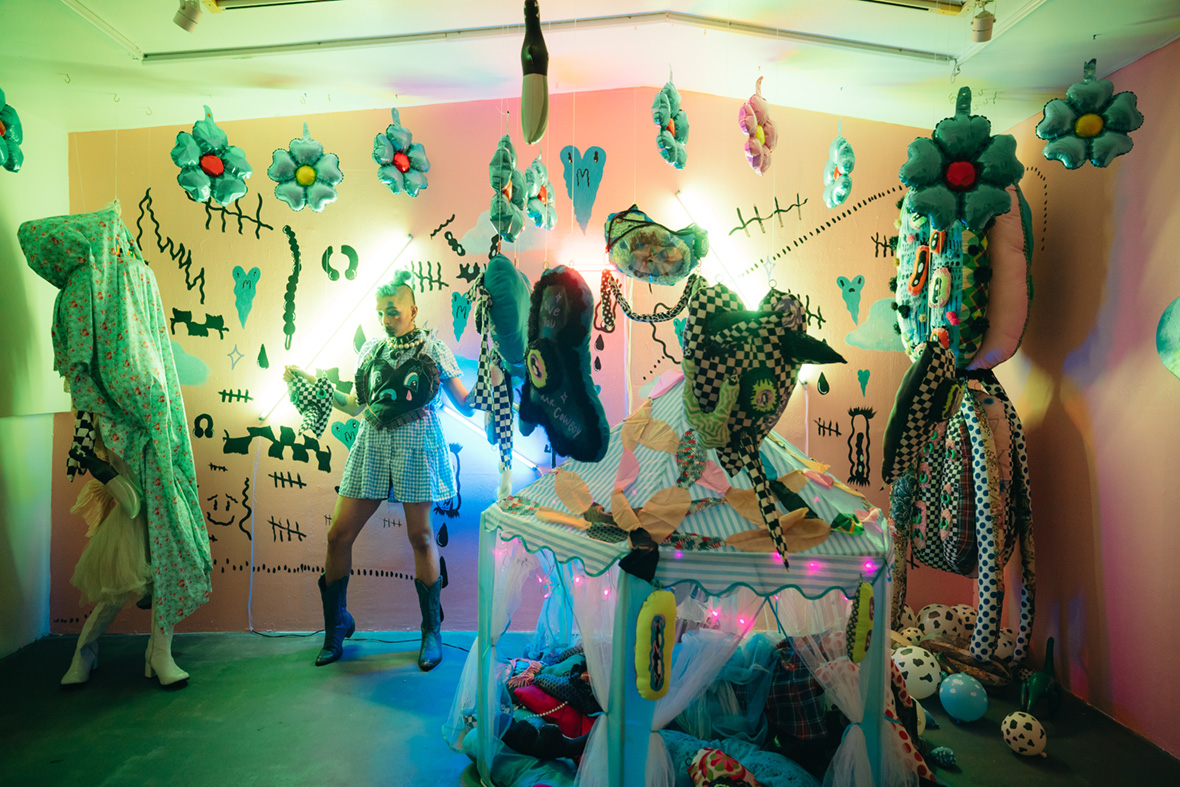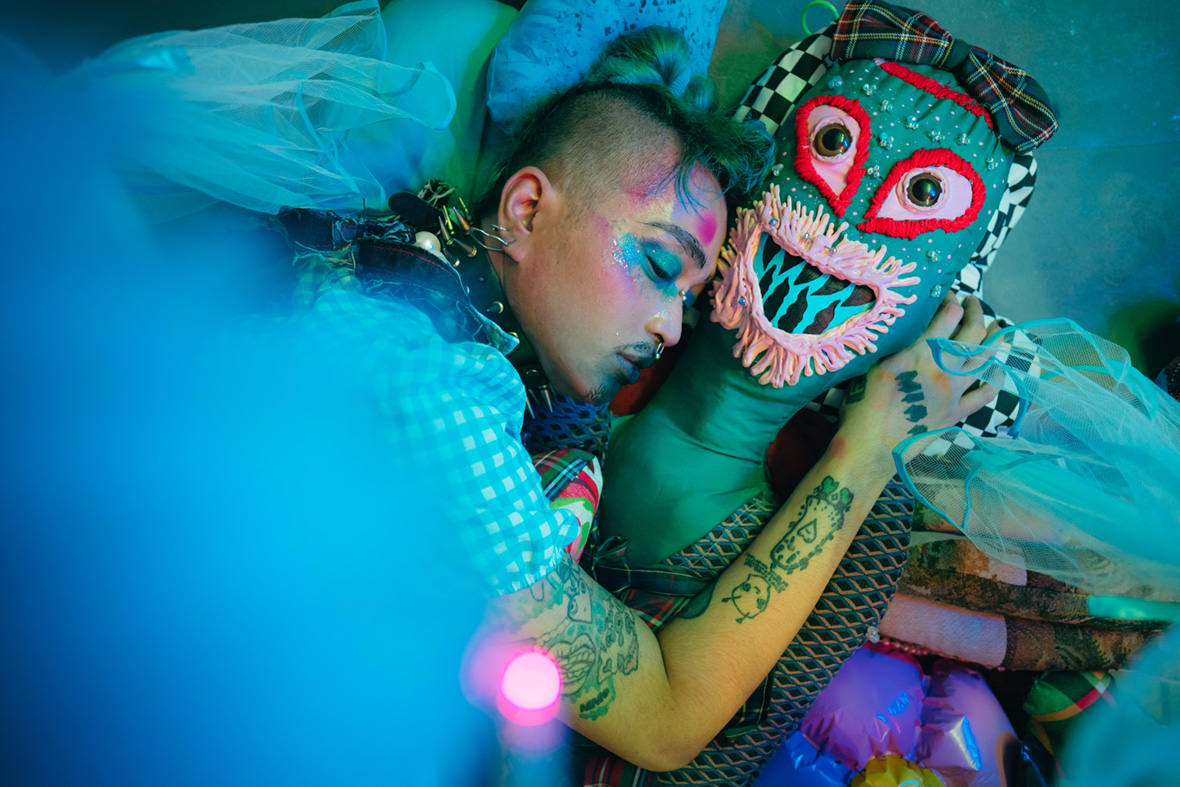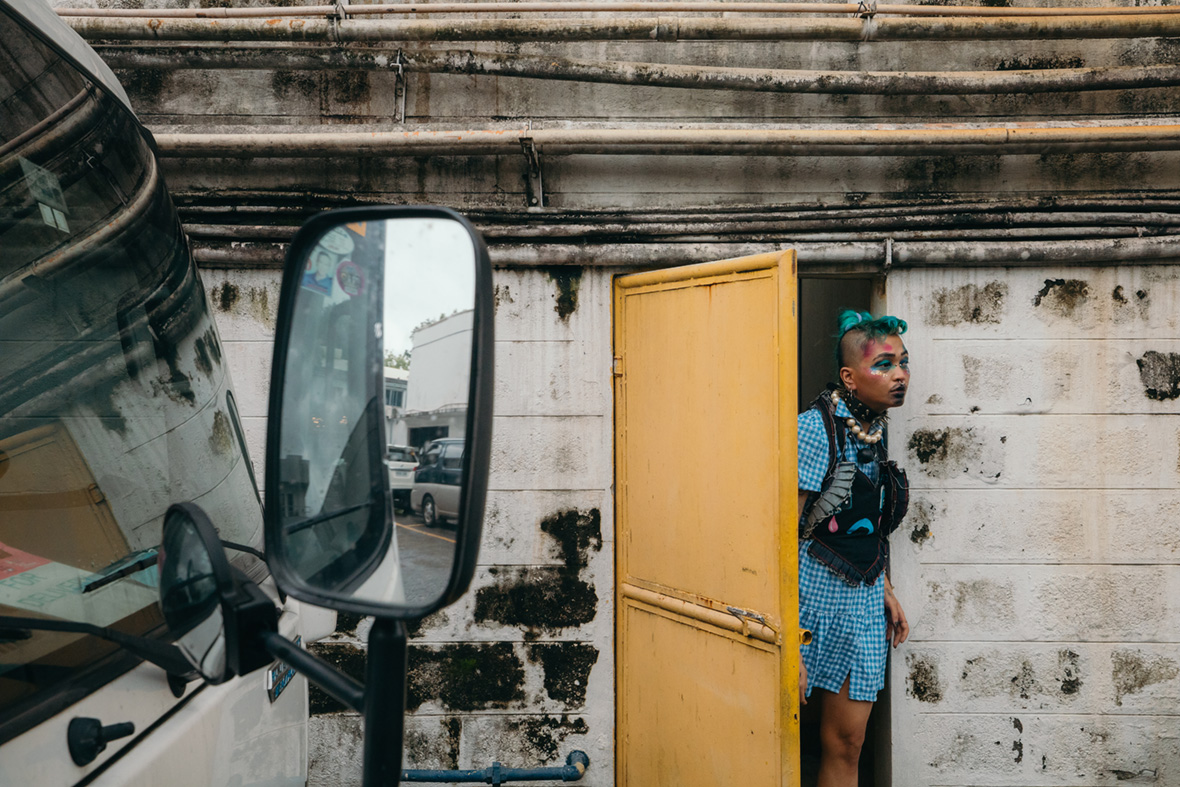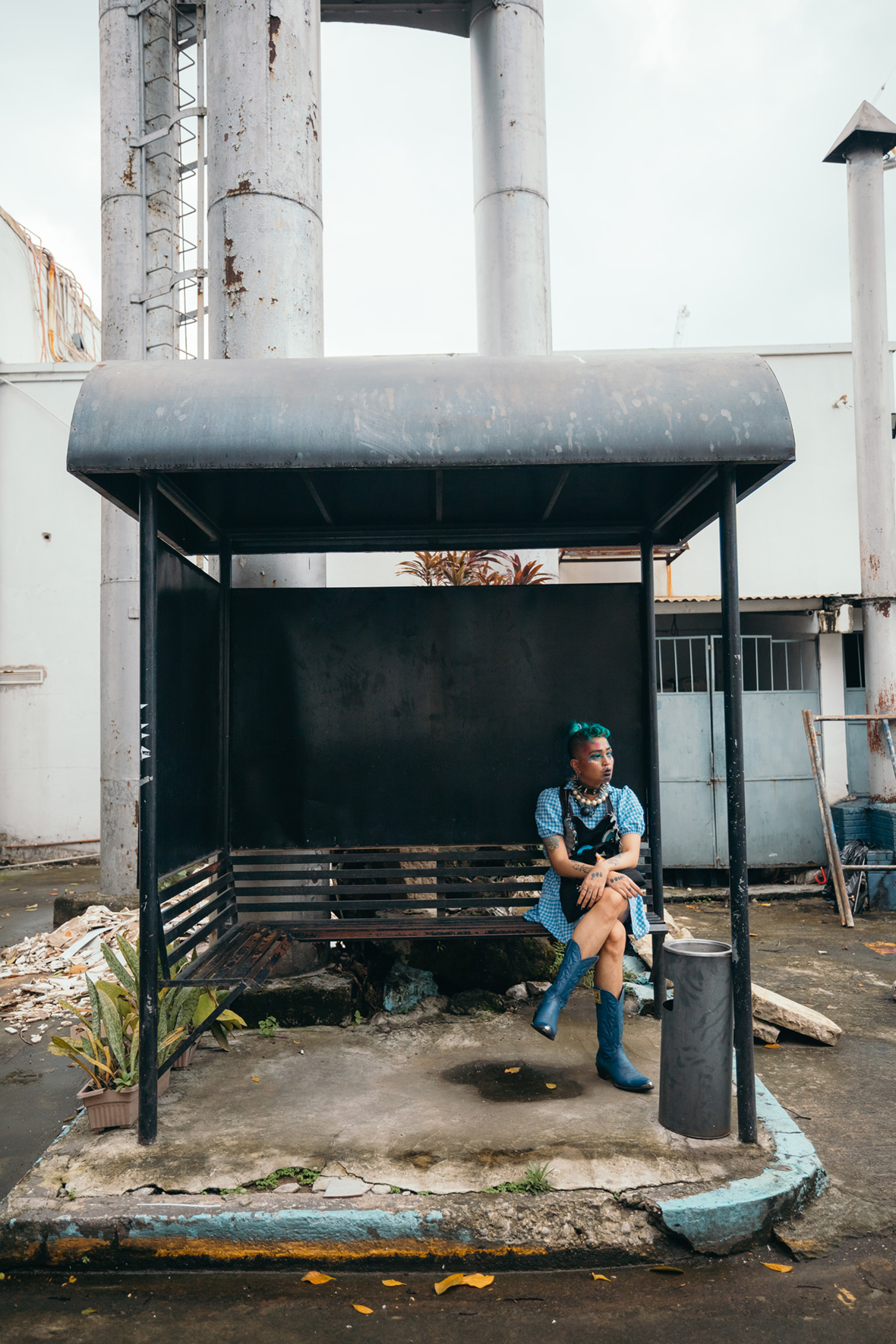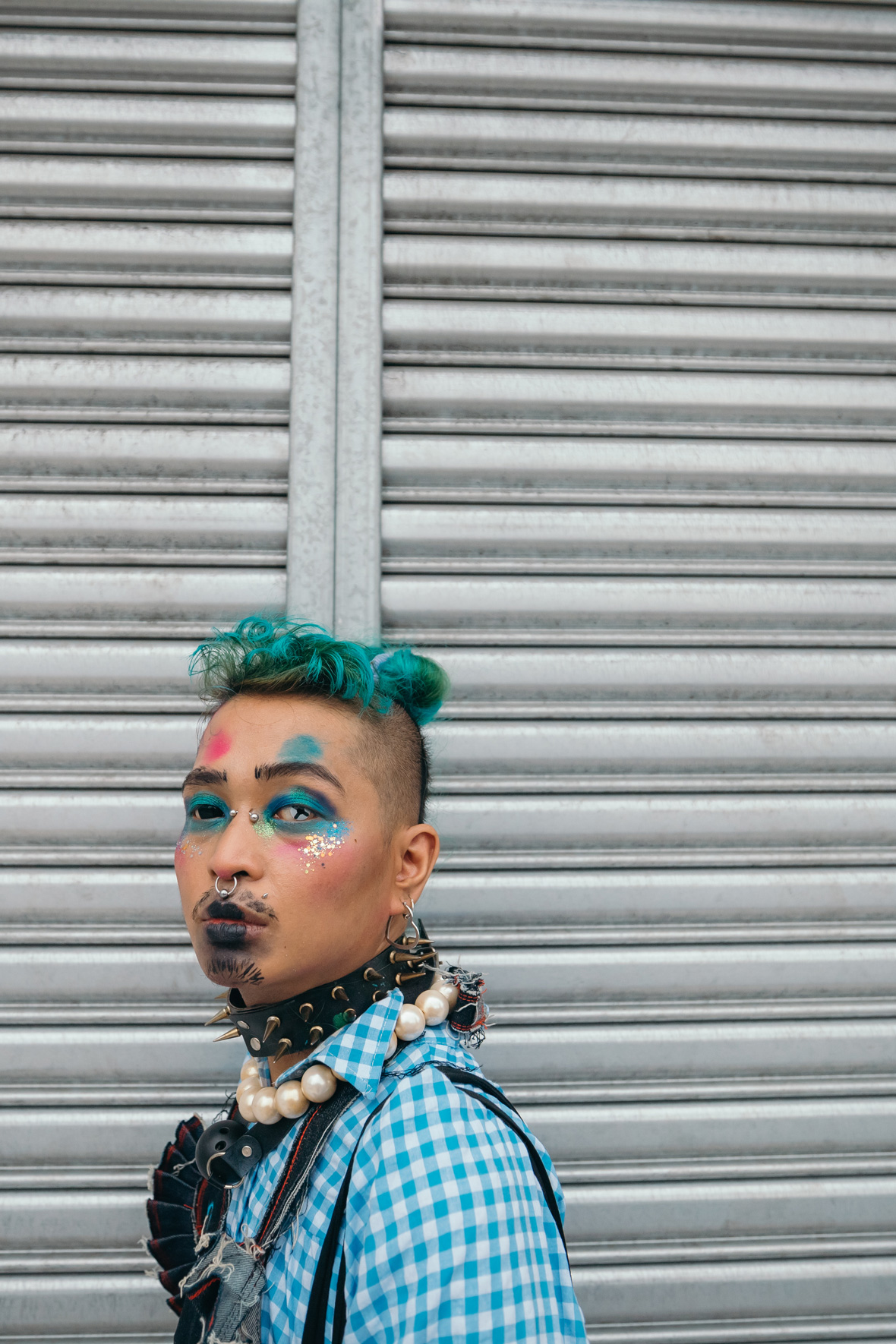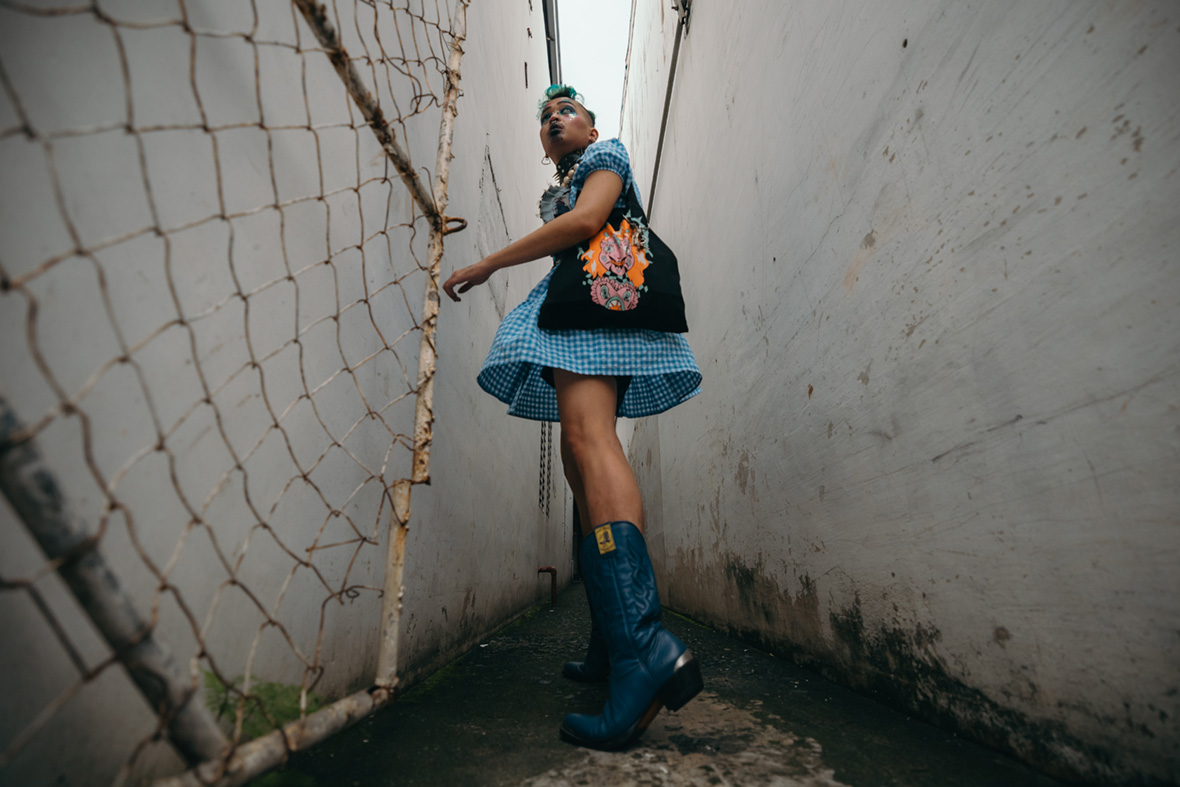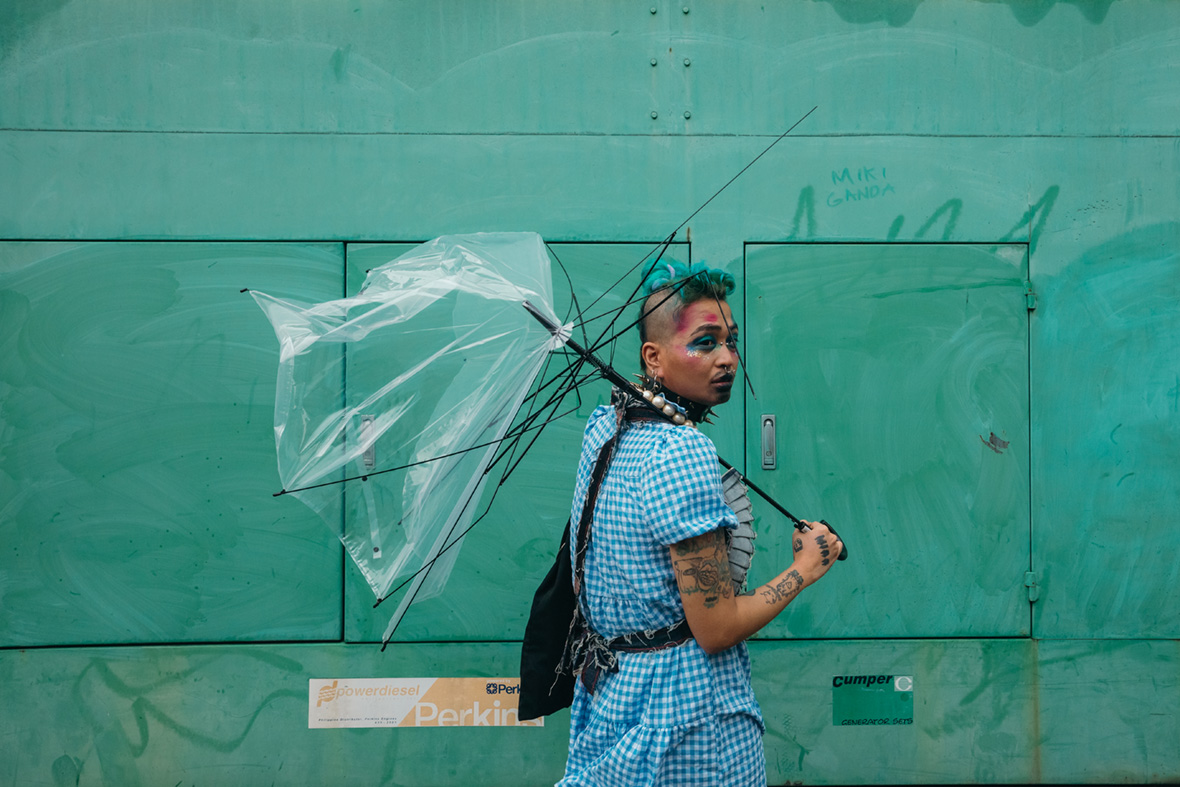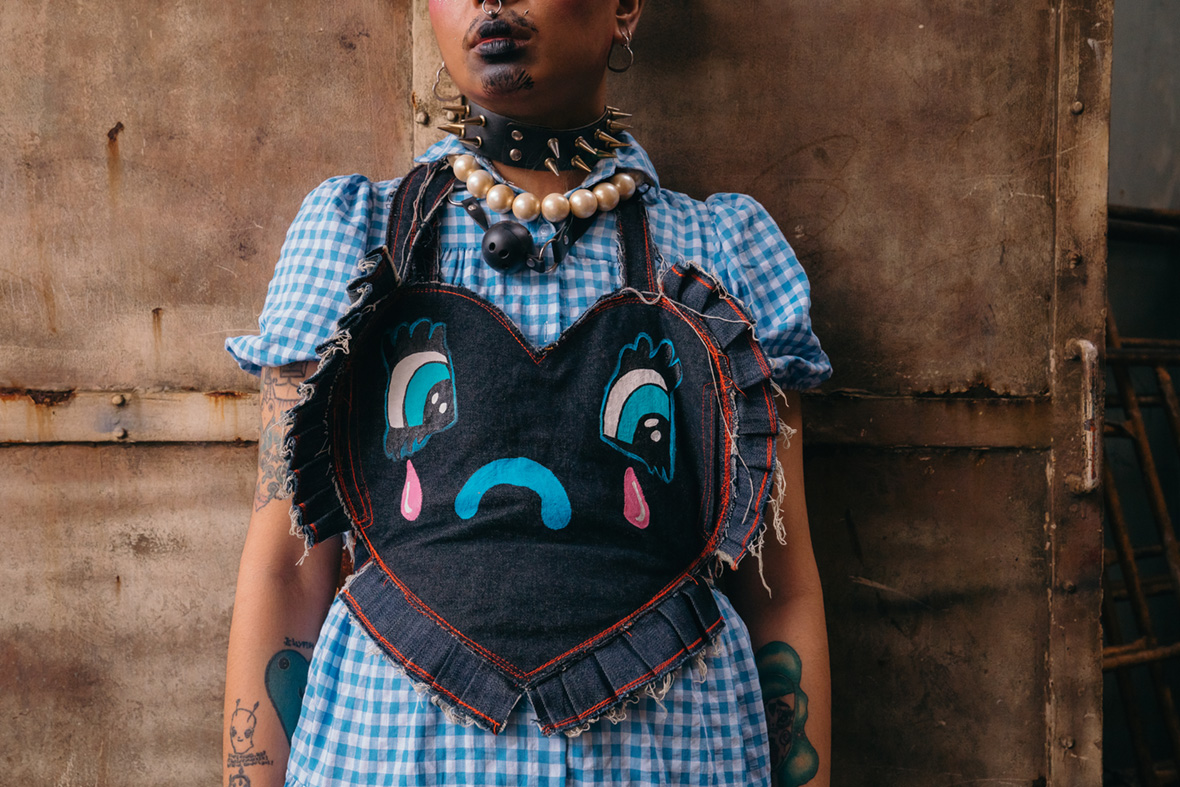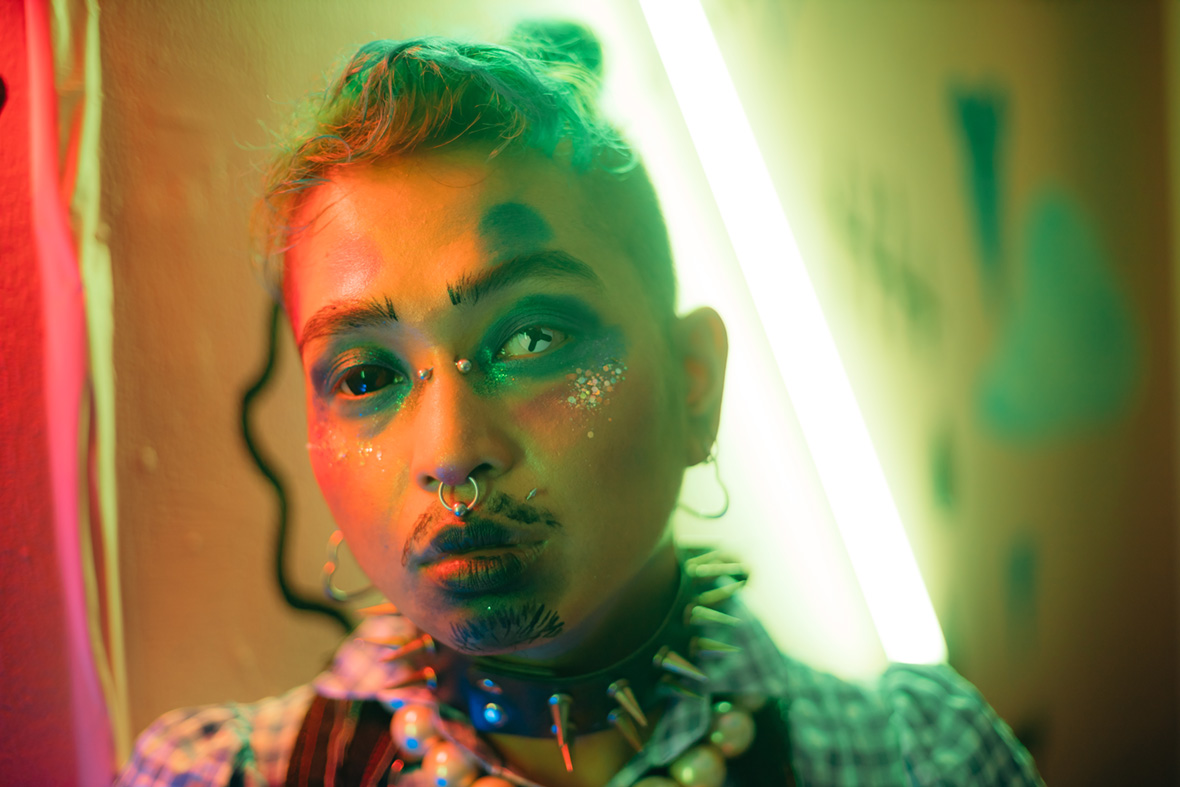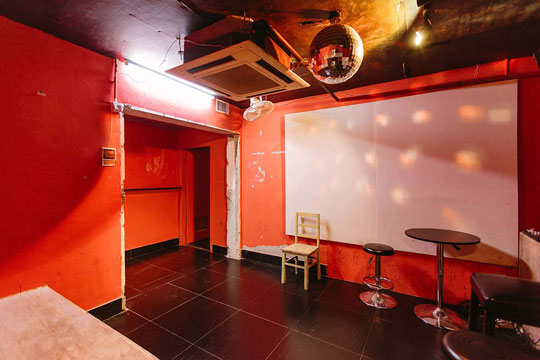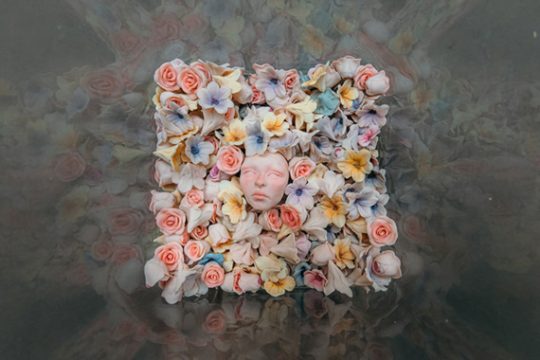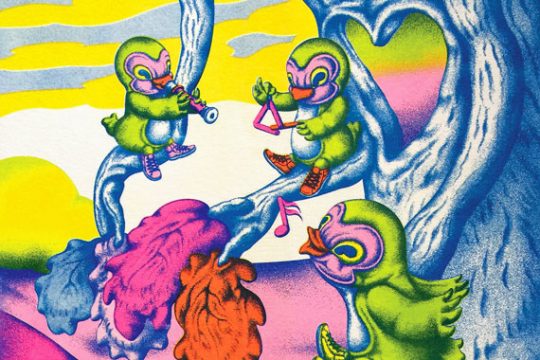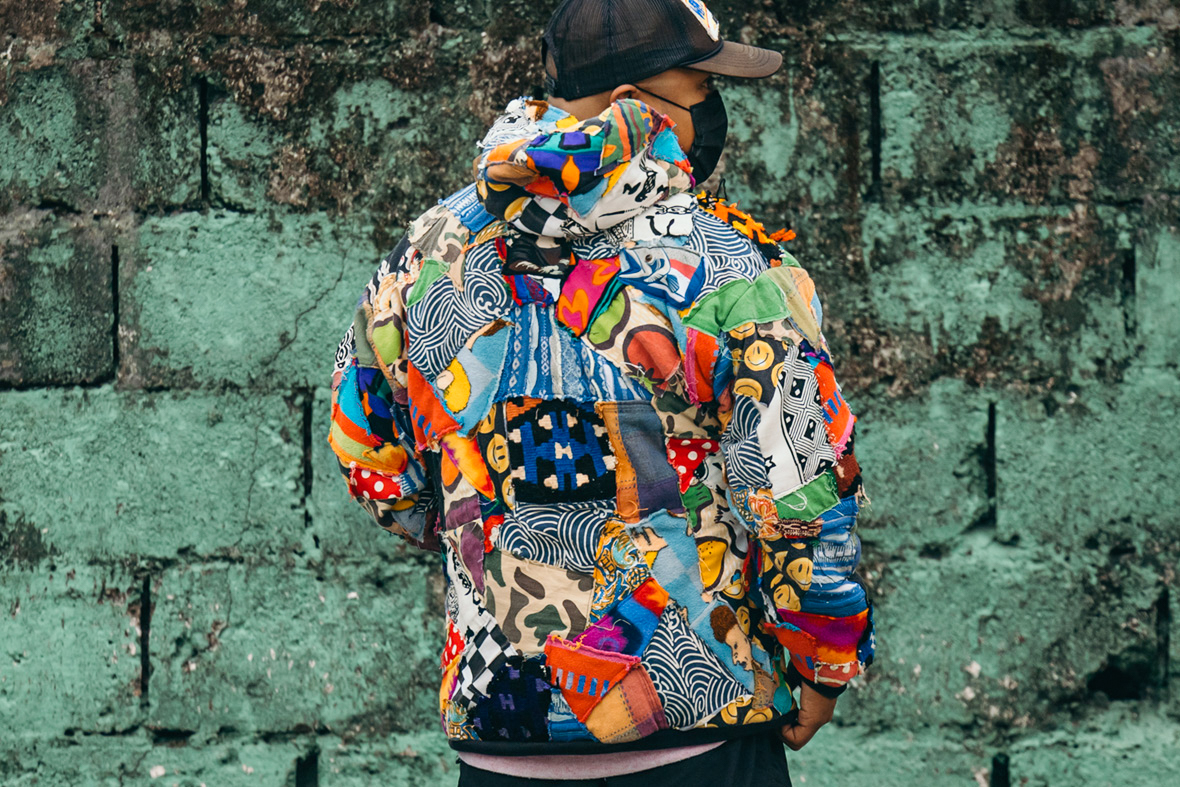
When you put something good into the world, more good will come back to you. Filipino upcycling clothing brand Karma lives by this concept. By repurposing used clothing in new and interesting ways, the brand aims to promote the idea that style can be expressed without contributing to the destruction of our planet.
“I didn’t start Karma to explicitly make a profit,” founder Erik Saguiped says. “I really just wanted to raise awareness about the possibilities of upcycling. I’m literally adding positivity to the lifecycle of clothing! Hopefully, this will show people a different perspective. People can make their own upcycled clothes too if they just try, and I hope to inspire them.”
善有善报、恶有恶报,这是菲律宾升级回收服装品牌 Karma 所秉承的理念。品牌致力于旧衣的创意改造,他们并不认为时尚就是破坏地球环境的借口。创始人 Erik Saguiped 表示:“Karma 的创立并不单是为了盈利。我想提高更多人对升级回收的认识,为衣服的生命周期带来一些积极的倡导,为大家提供一种新的思路!我希望能给那些对升级改造有兴趣的人带来一点启发。”
The Karma brand is riotously colored and raw by intent. Patches of material are pieced together in jagged patterns with stitching that’s bulky and visible. “I like it loud,” Saguiped grins. “I like the presentation to look manually made, not too perfect.” Frequently, he’ll feature well known brands as a way to show appreciation. There’s a series made from his collection of Tommy Hilfiger pieces, a jacket featuring the Ralph Lauren Polo bear, and a pair of NBA shorts. His Human Made jacket is made with T-shirts from the early 2000s. “I get a lot of stuff for my upcycling from the clearance racks in my shop, and this jacket was made with pieces that were too small for anyone to buy, but I still appreciate them and wanted to make use of them.” Even when upcycling, there are a lot of leftover scraps, and he uses these trimmings for even more pieces.
Karma 的品牌风格以鲜艳、原始和纯粹迎人,往往由很多不同材质面料拼装完成,搭配粗旷的缝线设计。“我喜欢抢眼一点的,喜欢这种略带瑕疵的不确定性,让人一看就知道是纯手工打造,”Erik 笑着说道。他常以名牌服饰作为设计灵感,此前,他就用穿旧不要的 Tommy Hilfiger 衣服设计了一整个系列、还设计过一件带有 Ralph Lauren Polo 小熊图案的外套、一条 NBA 短裤以及 Human Made 夹克等等。“我的升级回收作品中,有很多材料都是店里清仓货架上的衣服。有的衣服尺码太小,没人买,所以想把它们好好利用起来。”升级回收产生的很多边角料,也被他用来创作。
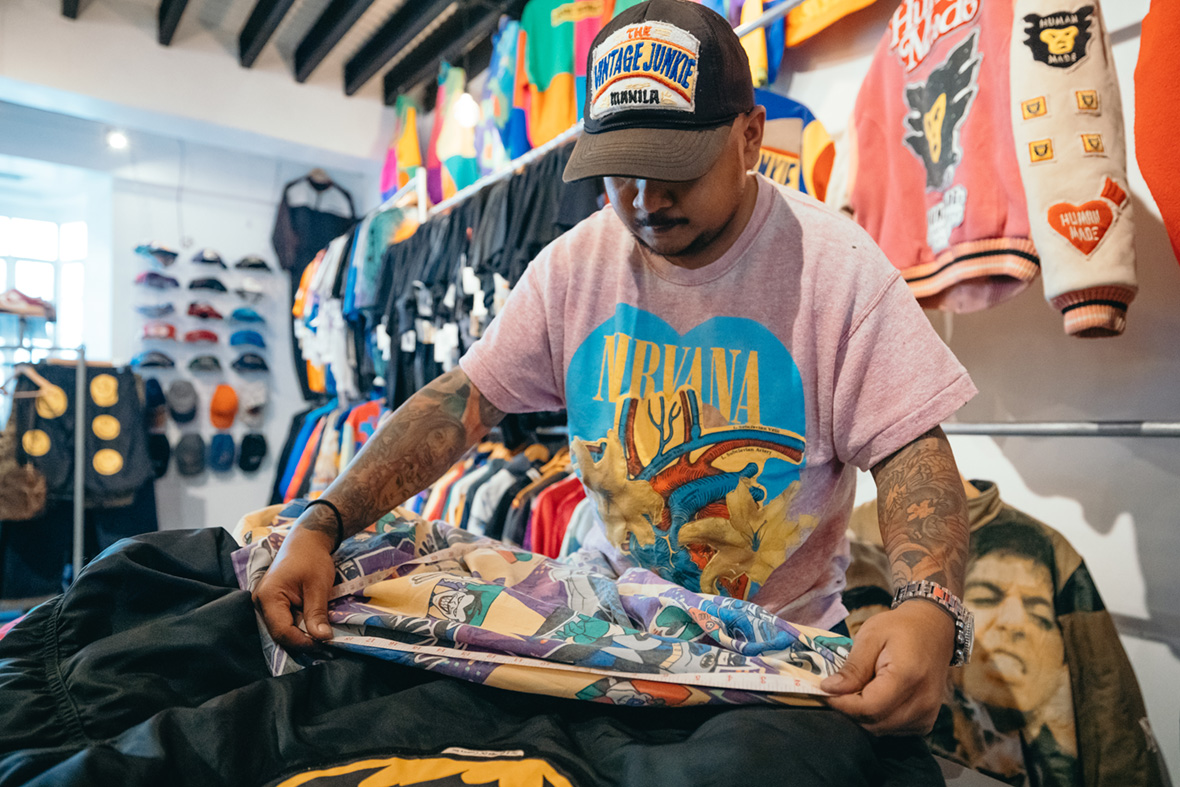
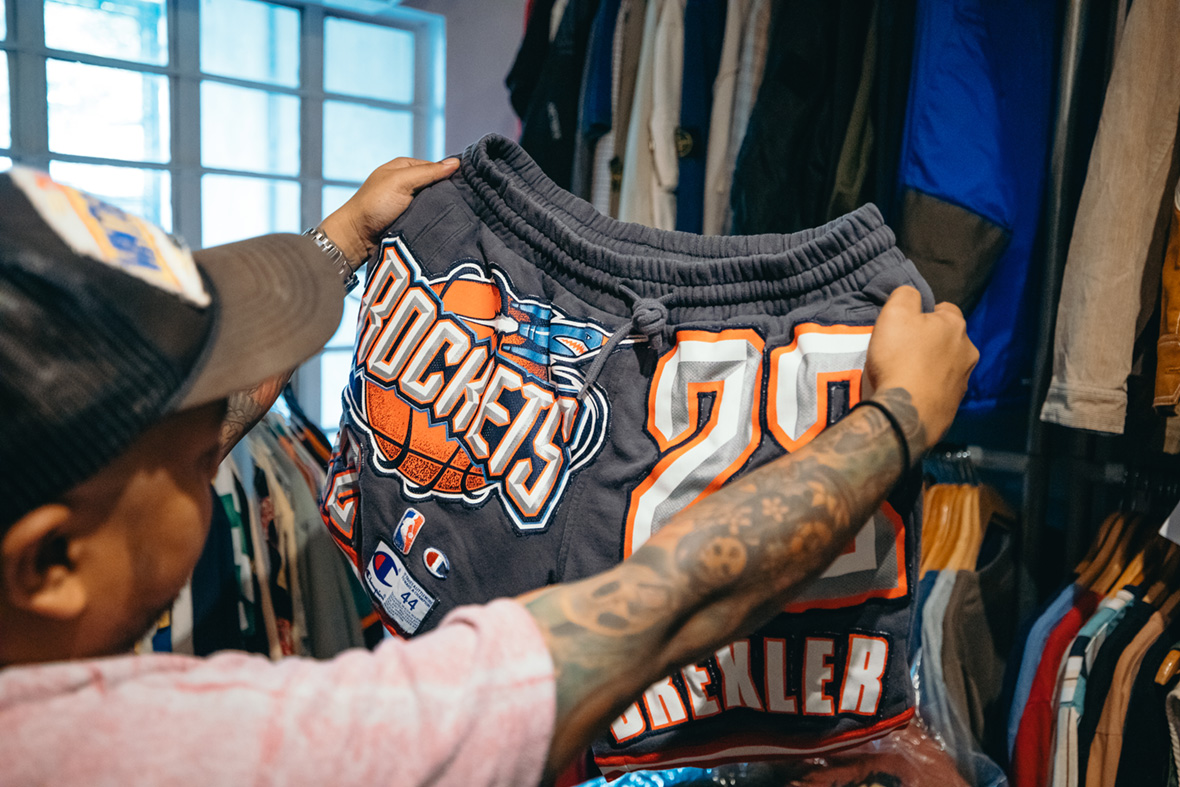
Saguiped got a taste for fashion in high school and has been getting his clothes tailored since he was a kid. He’s been collecting vintage clothes since 2014, drawn by their uniqueness and affordability. “One reason I started thrifting was because I didn’t have enough to buy brand name clothes,” he says. “But it’s also like wearing a one-of-one piece, because no one else has the same one.”
读高中时,Erik 就对时尚产生了浓厚的兴趣,很早以前便开始定制属于自己的衣服。他从 2014 年开始收集古着,他说道:“那时候没钱买名牌衣服,古着很便宜,而且基本不会撞衫。”
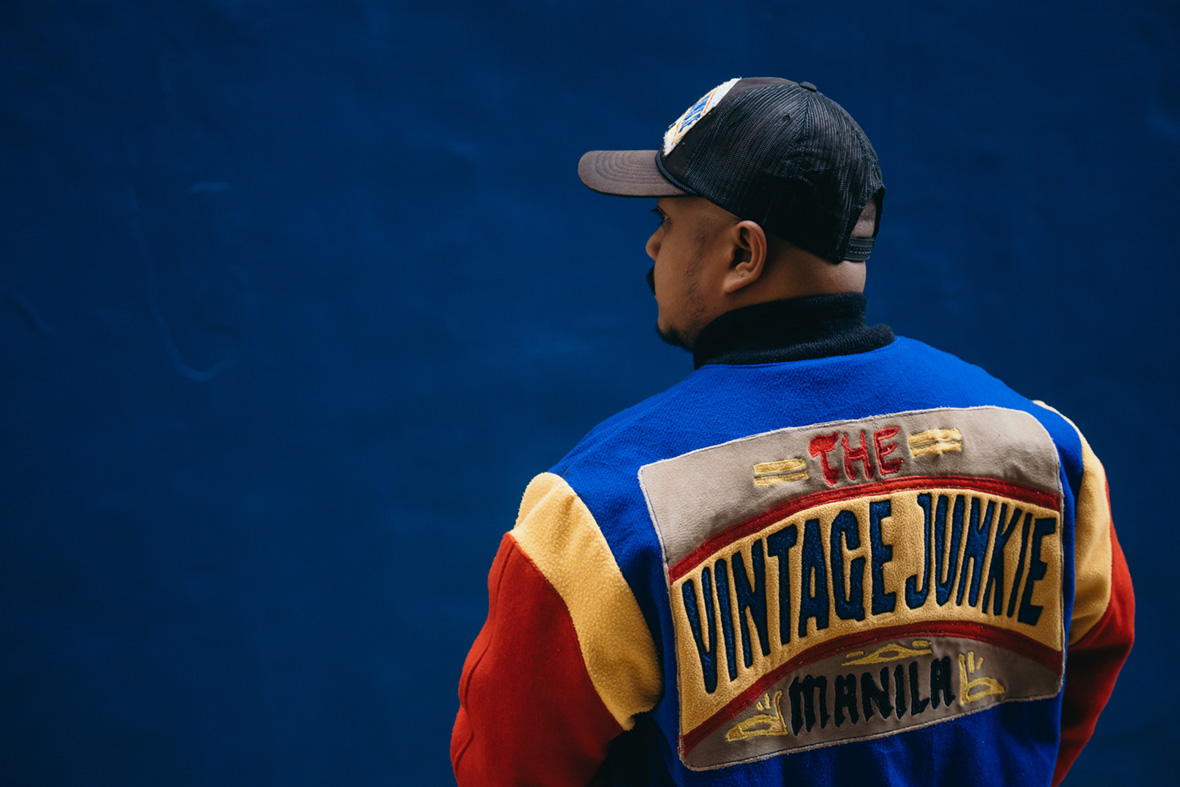
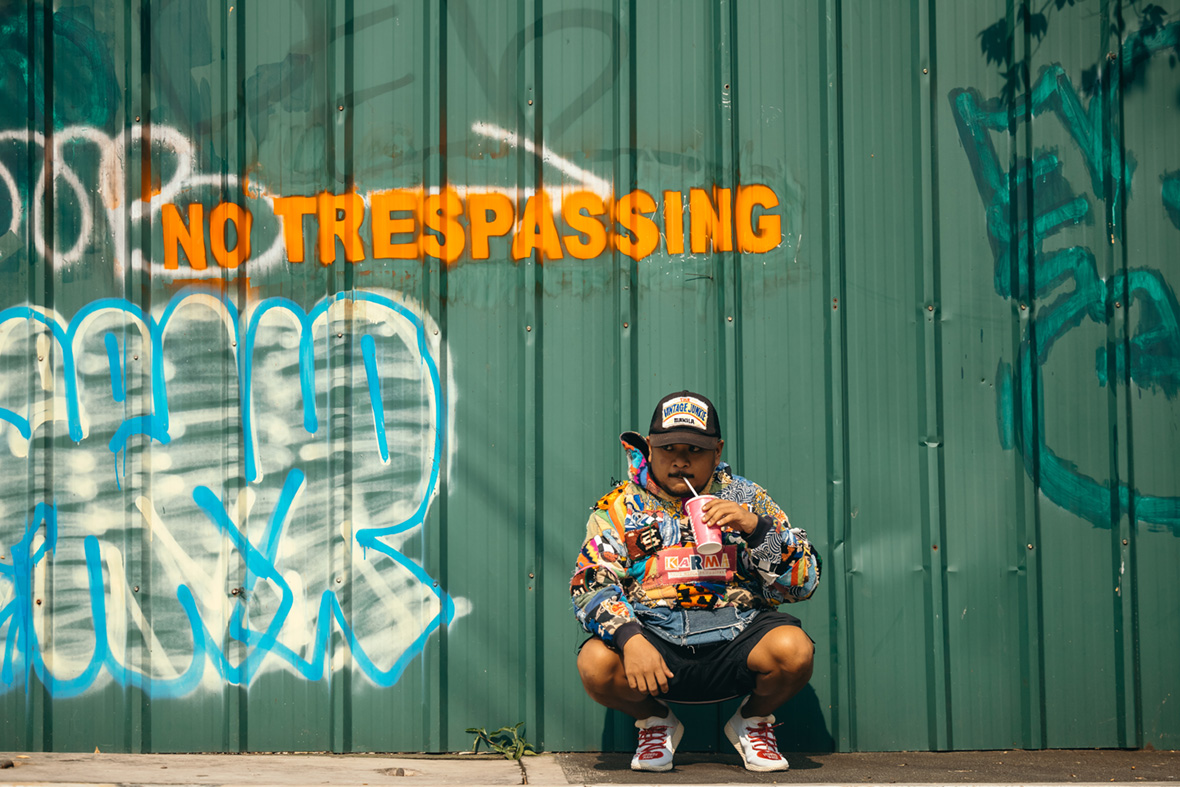
It wasn’t long after he started thrifting that he began thinking about the impact of fashion on the planet. “Within a year, I was exposed to issues related to fashion like global warming and waste through the vintage community,” he says. “I’m an unhealthy hoarder, and I had to ask myself how many shirts I can actually buy and what brands I would support.”
Inspired by designer Nicole McLaughlin, he landed on the idea of upcycling as a way to advocate for sustainability and as a way to leave a legacy, but it would take a few years before he really focused on it.
也正是因为古着,Erik 开始思考时尚对地球环境所带来的影响。他说:“全球变暖、资源浪费、巨大的碳排放等等这些问题,都和服装制造产业有或多或少的关联。我有时候会问我自己,到底买多少件衣服是个够,以及有哪些品牌能真正能做到环保。”
受到设计师 Nicole McLaughlin 的启发,他认定要以升级回收这个主题做一些有意义的事,几年后,这个想法得到了实现。
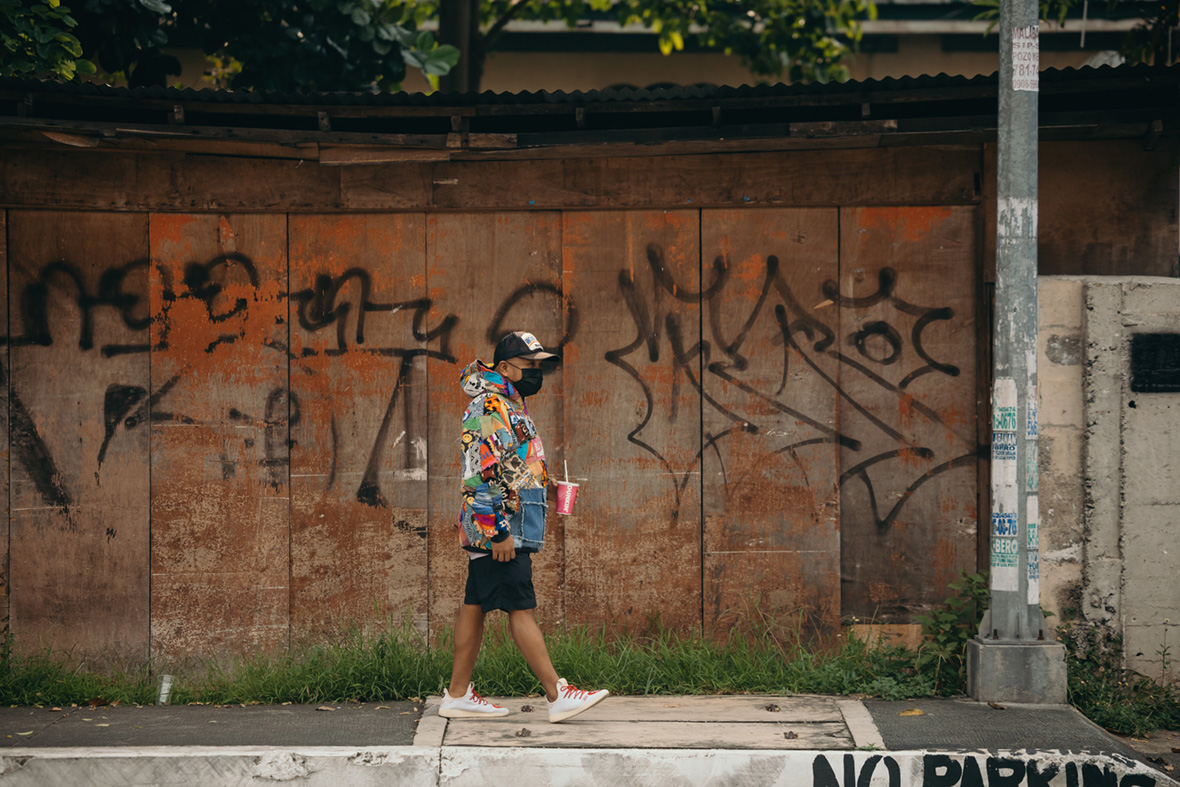
In 2017, Saguiped launched The Vintage Junkie Manila Instagram page to sell clothes from his personal collection to support his vintage habit. In recent years, opportunities for vintage sellers in the Philippines exploded as people took to Instagram Live and started auctioning clothing to international customers with the help of an influential host. When the pandemic hit, online sales took off, and he was able to earn enough to open a physical shop with three other sellers called Community Flea Market. To fill the racks, they pull pieces from their personal collections, but also go out seeking out gems in thrift shops and flea markets.
2017 年,Erik 创建了 The Vintage Junkie Manila Instagram 帐号,通过售卖他的个人服装收藏,以维持他的古着爱好。近年来,菲律宾越来越多古着卖家借助 Instagram 等线上平台和网红带货的方式,向世界各地顾客出售服装,销量也节节攀升。疫情暴发之时,线上销售如火如荼,Erik 因此获得了足够的入,与其他三个卖家共同开设了一家线下实体店,名为 Community Flea Market。除了晒出各自尖货,他们也常常到旧货店和跳蚤市场淘货。
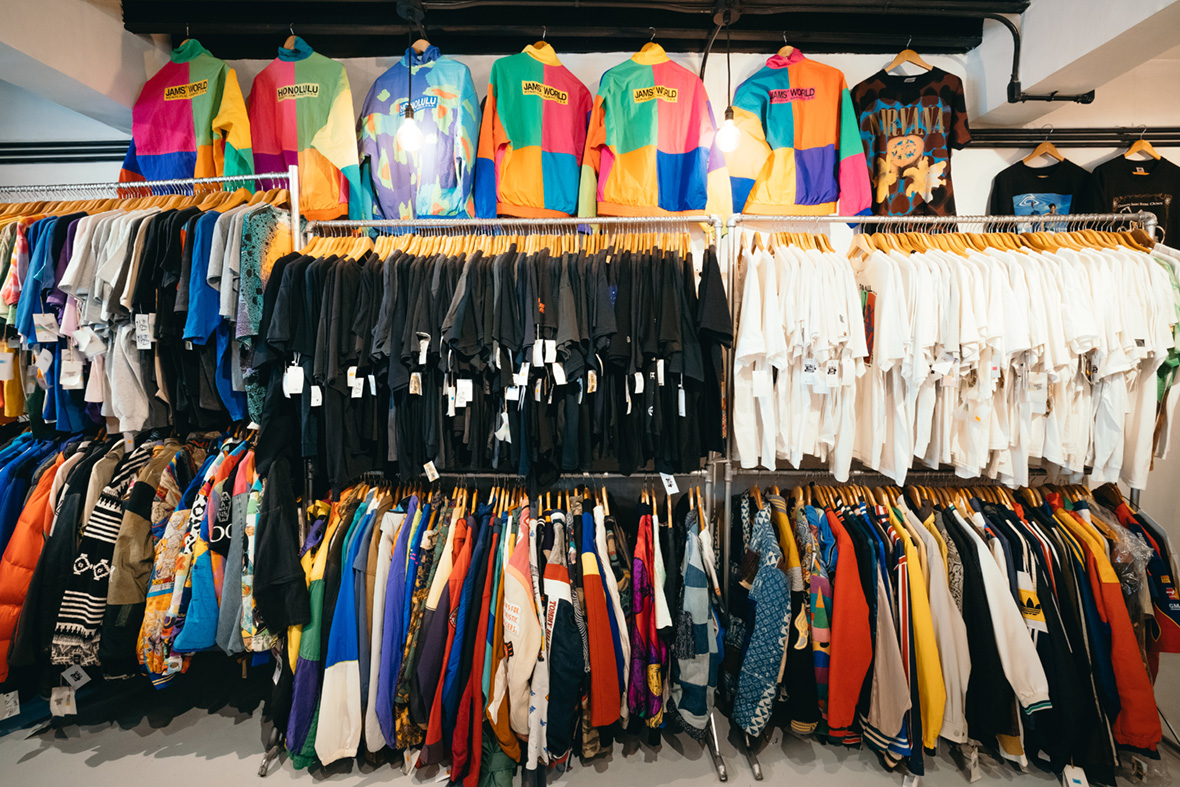
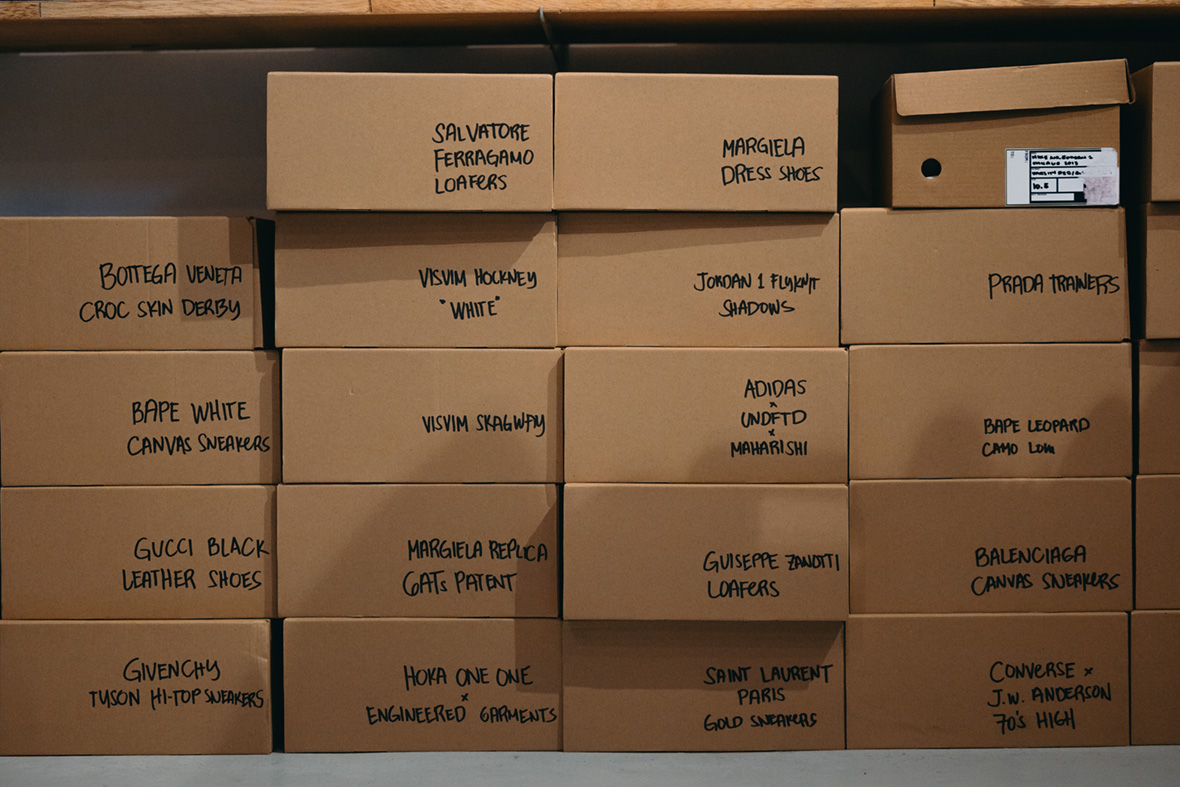
Importing used clothing is technically illegal in the Philippines, but thrift shops (called ukay ukays in Filipino) are a common sight and Saguiped is a regular shopper. “We go to shops on arrival days,” he says. “Some give us first access, midnight deals before the public get to see it, and usually there’s a fee. Sometimes it’s double the regular price, sometimes there’s a minimum purchase. I look for weird and obscure stuff, clothing I don’t usually see, because that’s special.”
在菲律宾,进口旧衣服理论上是违法的,不过旧货店(在菲律宾称为 ukay ukays)在当地却是很常见。Erik 说:“每次只要一到货,我们就立马到店里去看。有的店会让我们在面向公众的前一晚预先抢购,专门来一场午夜特卖。但活动通常需要一些附加费用,有时商品甚至是正价的两倍,有时会要求最低购买量。我希望能淘到一些风格古怪的衣服,一些平常很少见的衣服,这样才够特别。所以经常整宿不眠,精淘细选。”
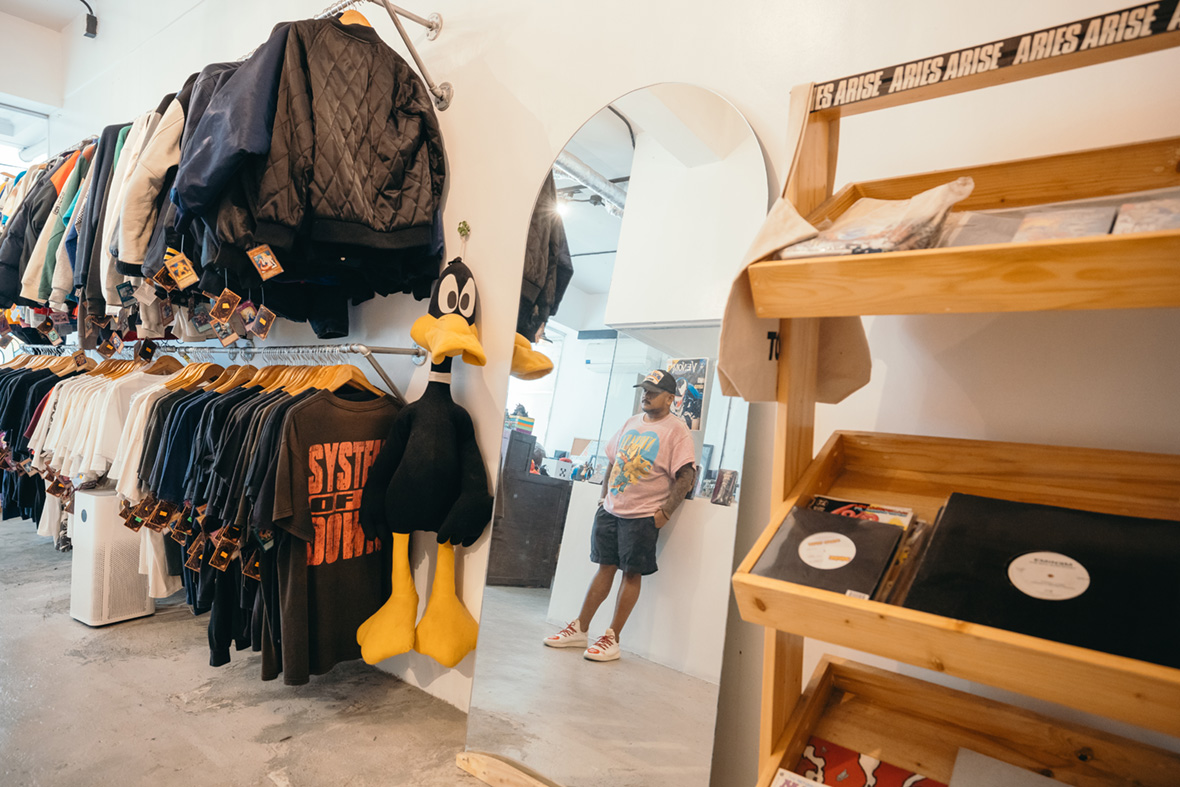
Although Saguiped was able to cash in on the secondhand-clothing boom and turn his passion into a career, it also left him feeling jaded: “It really burned me out, all these people bidding for the same thing and seeing these insane prices. This was the opposite of what drew me to the community. People like to show off how expensive their vintage clothes are now, it’s being saturated with people who want clout.”
The boom is what motivated him to focus on Karma, which he launched in 2016 but didn’t take very seriously until recently. Saguiped doesn’t own a sewing machine and isn’t trained in design, so he leans heavily on local, family-owned tailors: “They know me well, they’re familiar with my tastes. As a designer there are times when I think too abstractly, so they help bring me back to ground.”
尽管 Erik 成功从这股二手服装热潮中获利,并将自己的热情转化为事业,但他却日益感到厌倦:“我开始感觉无趣,所有人都在竞标同一件物品,价格也越来越疯狂。这其实与当初吸引我进入这行的初衷截然相反。现在的人们都喜欢炫富,服装成为他们标榜自己的途径。”
这促使他更加专注于 Karma。虽然品牌早在 2016 年便创立,但直到最近才开始用心打理起来。Erik 没有缝纫机,也没学过设计,他的设计基本依靠当地民间的裁缝作坊:“平时我经常到裁缝店里做客,他们很了解我的品味。作为一名设计师,我的想法有时候太抽象,他们能让我的作品更接地气。”

For many of the same reasons that he was personally attracted to upcycling, he thinks more people will follow from the vintage community. He started posting his Karma pieces on his vintage page and that was where he got most of his early supporters from. “I think this is the natural progression for vintage lovers who are seeking out creative and unique clothes that don’t damage the environment.” And he says that it’s started to attract the interest of people outside the vintage community as well. “These days people are more aware about how fast fashion is destroying the environment. I’m not going to be a hypocrite and say my lifestyle is 100 percent sustainable, but I’m trying to contribute to a reduction in waste and raising awareness.”
他相信,只要初衷够纯粹,肯定会吸引更多真正的古着爱好者参与进来。他开始创作自己的作品,拥有一帮共同爱好的朋友。“我觉得古着的定义会逐渐被大众理解为,一些既不会破坏环境,又别具创意和独特性的服装,只是时间问题。”他又补充道,这股风潮也开始吸引古着社区以外人们的兴趣。“现在,越来越多人意识到快时尚对环境的影响。我不会虚伪地声称我的生活方式 100% 可持续,但我一直在努力减少浪费和提高这方面的意识。”
Like our stories? Follow us on Facebook and Instagram.
Instagram: @whatsyourkarmamanila
Contributor: Mike Steyels
Photographer: Jilson Tiu
Chinese Translation: Olivia Li

